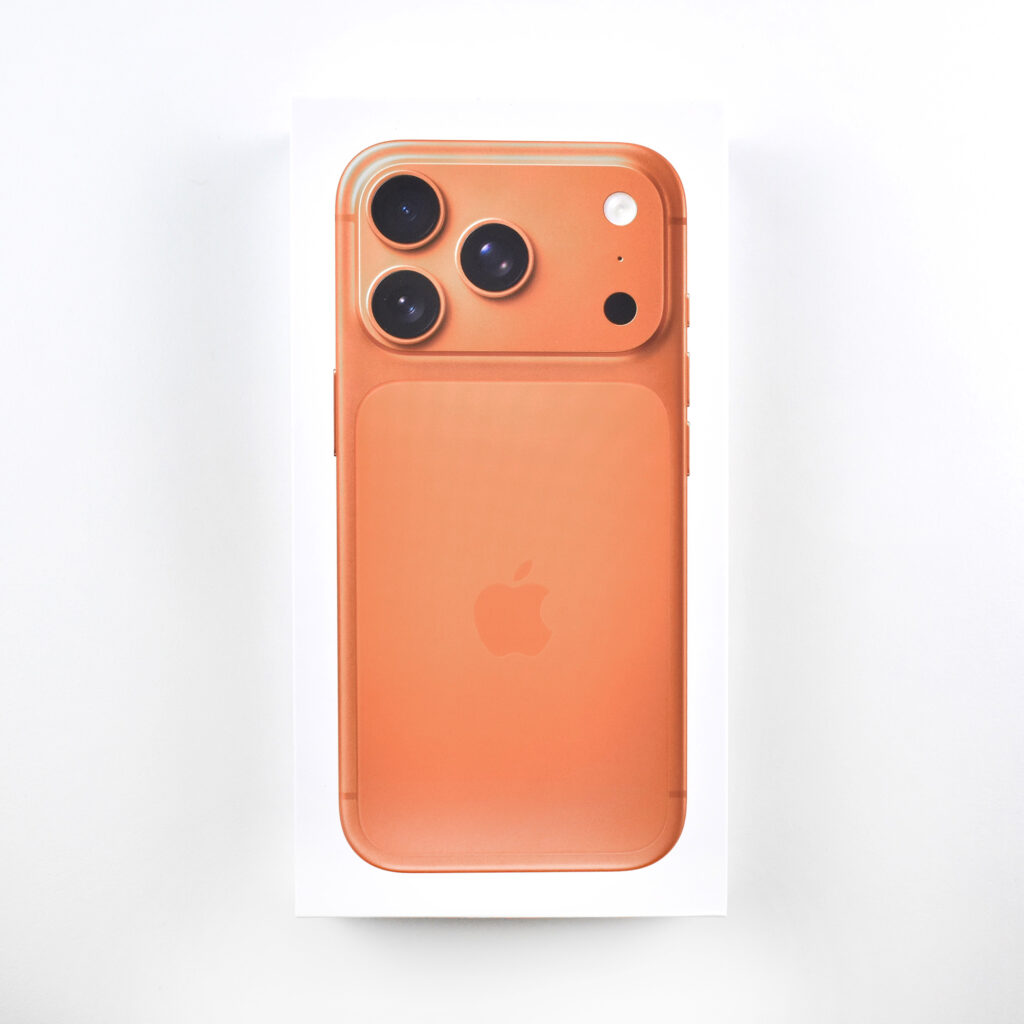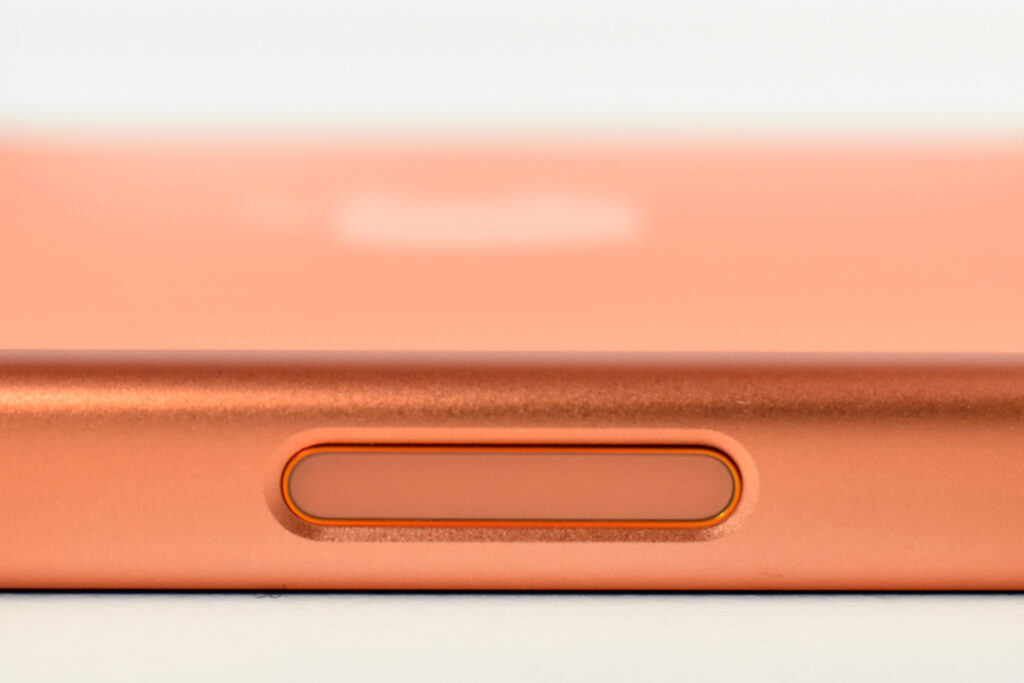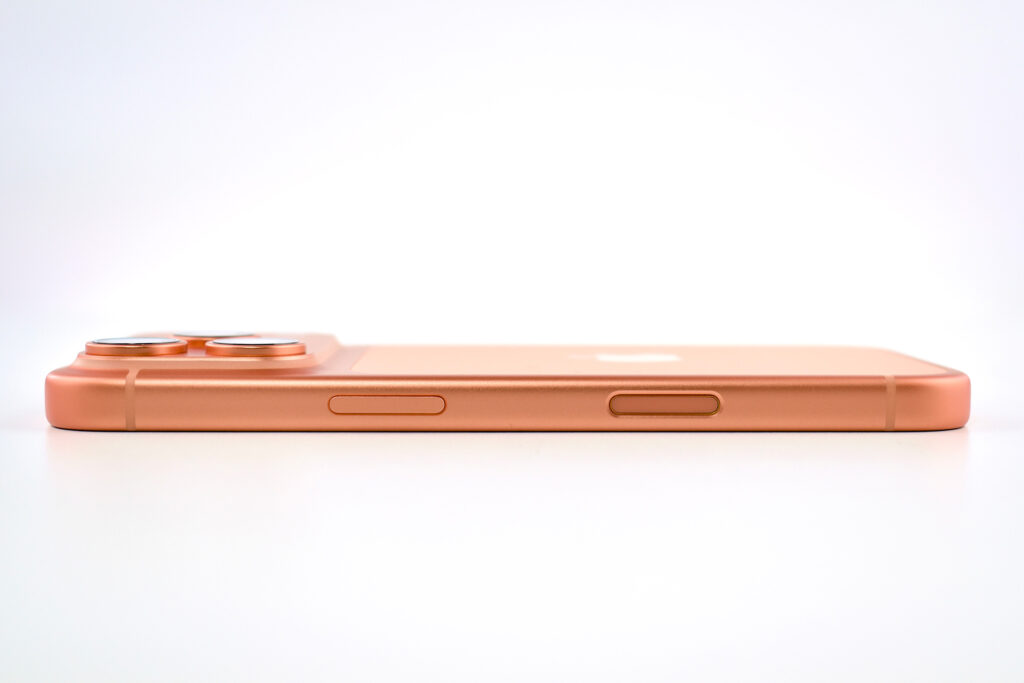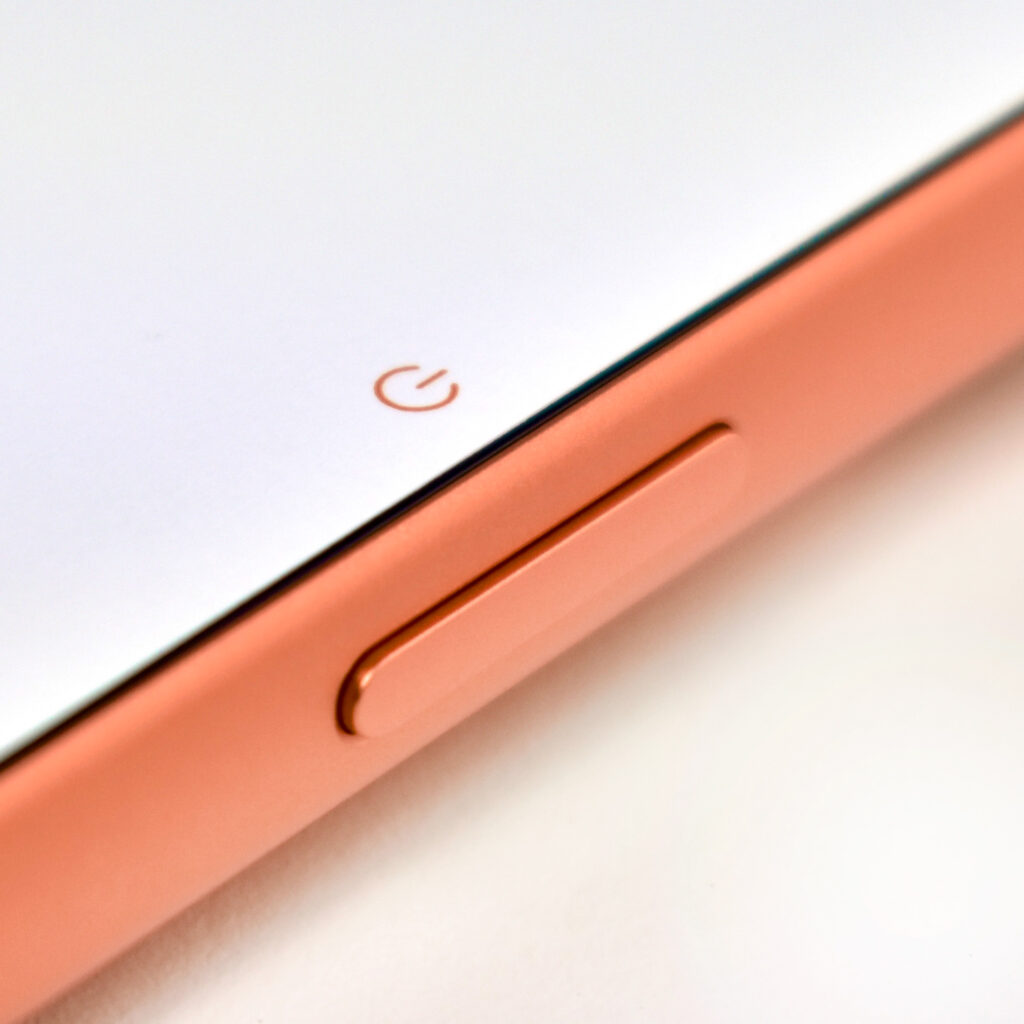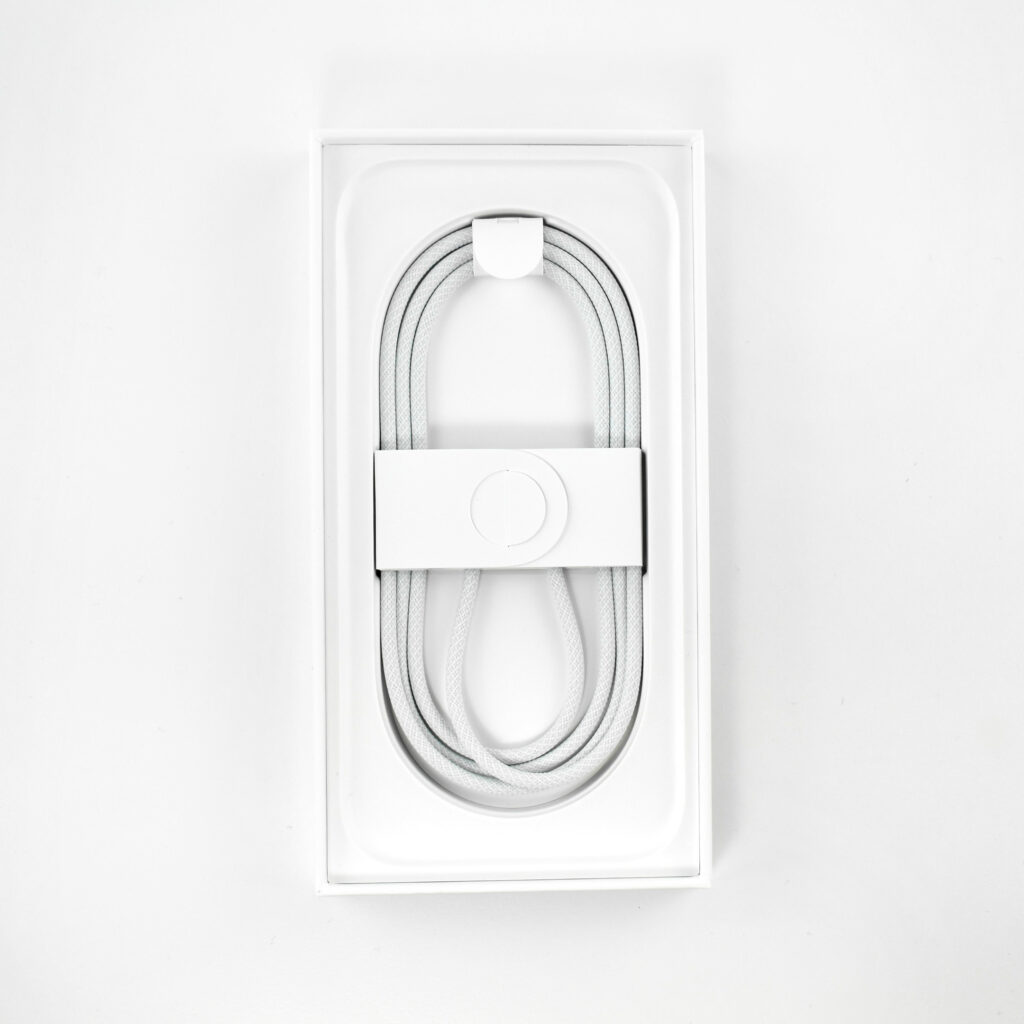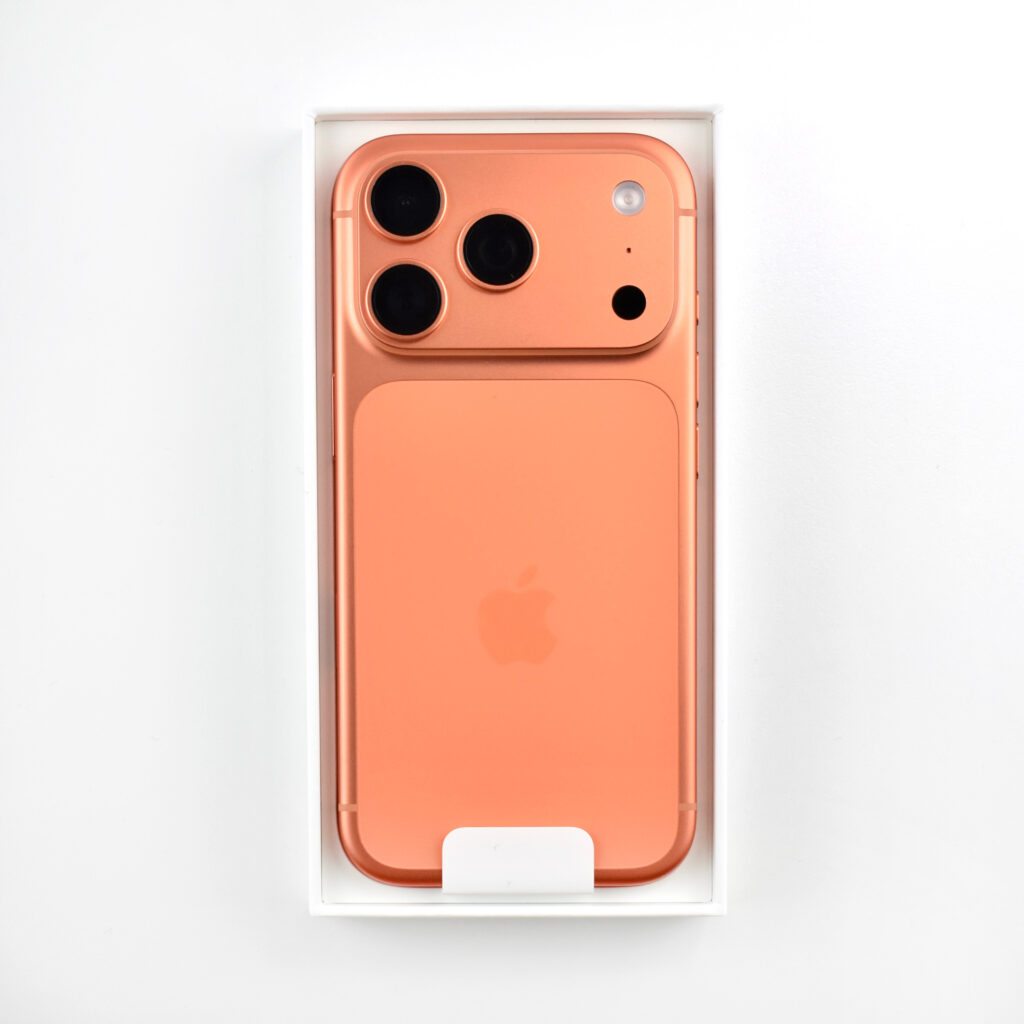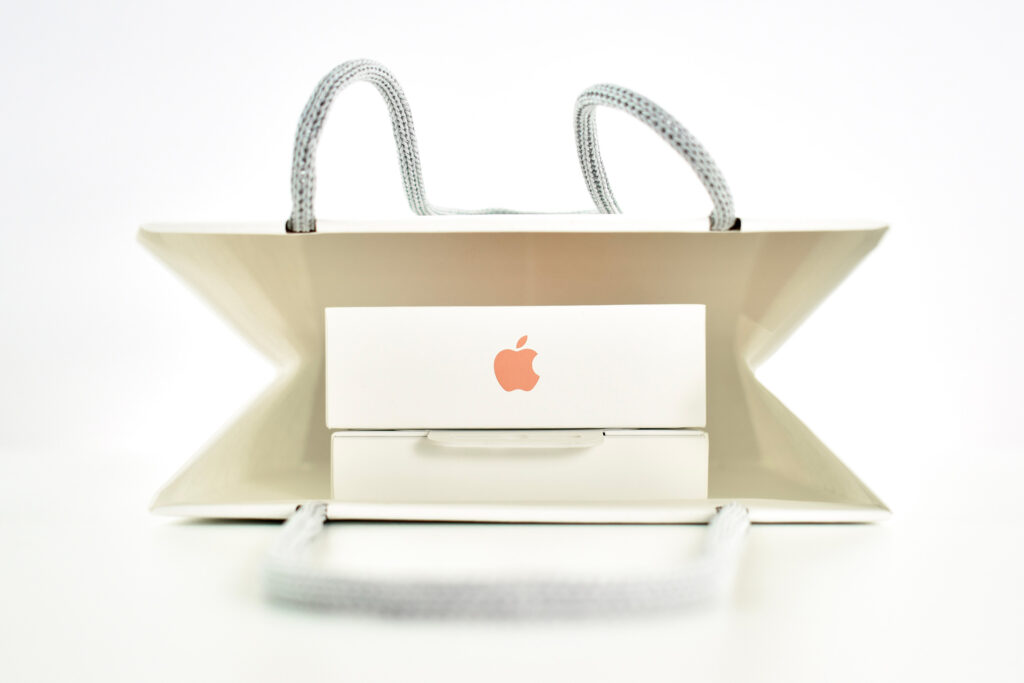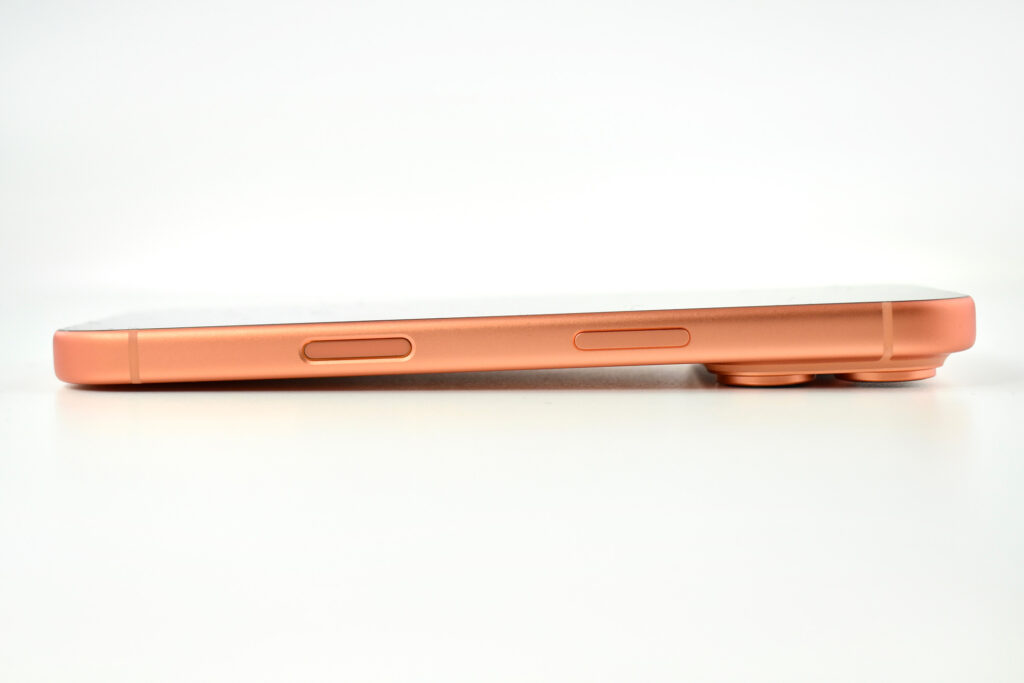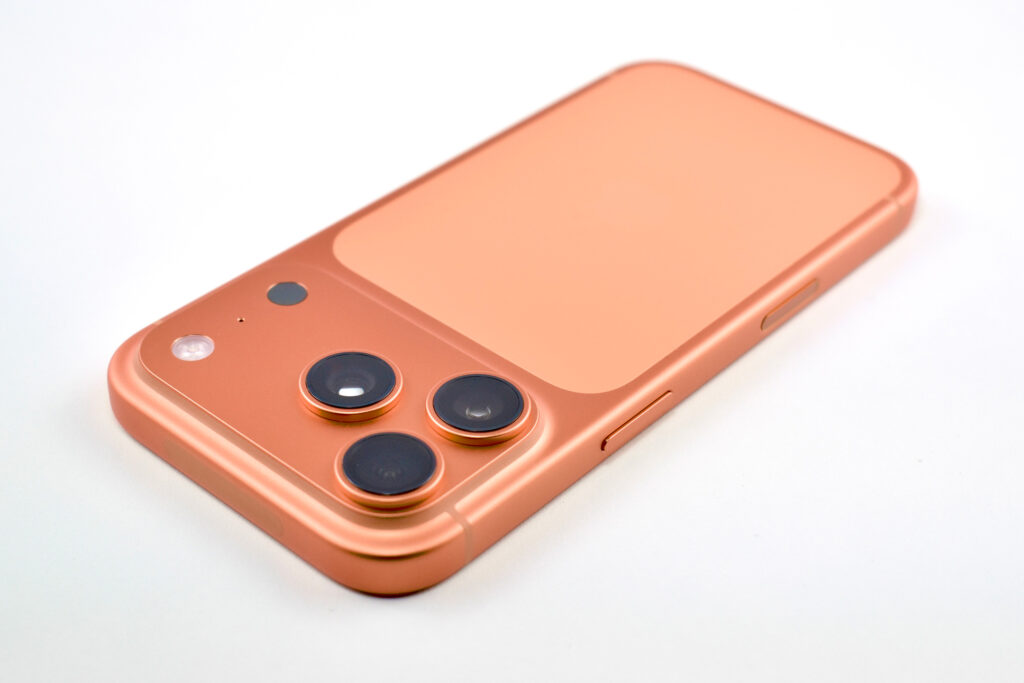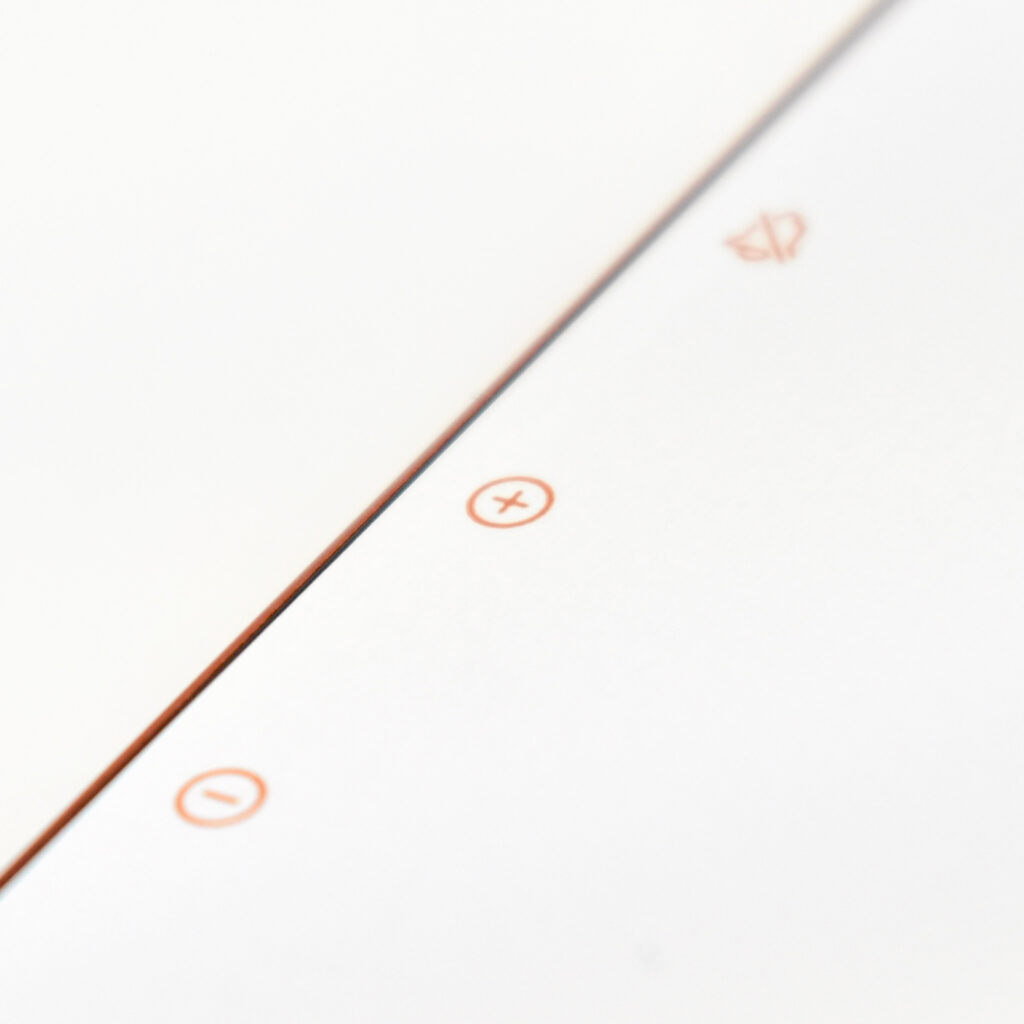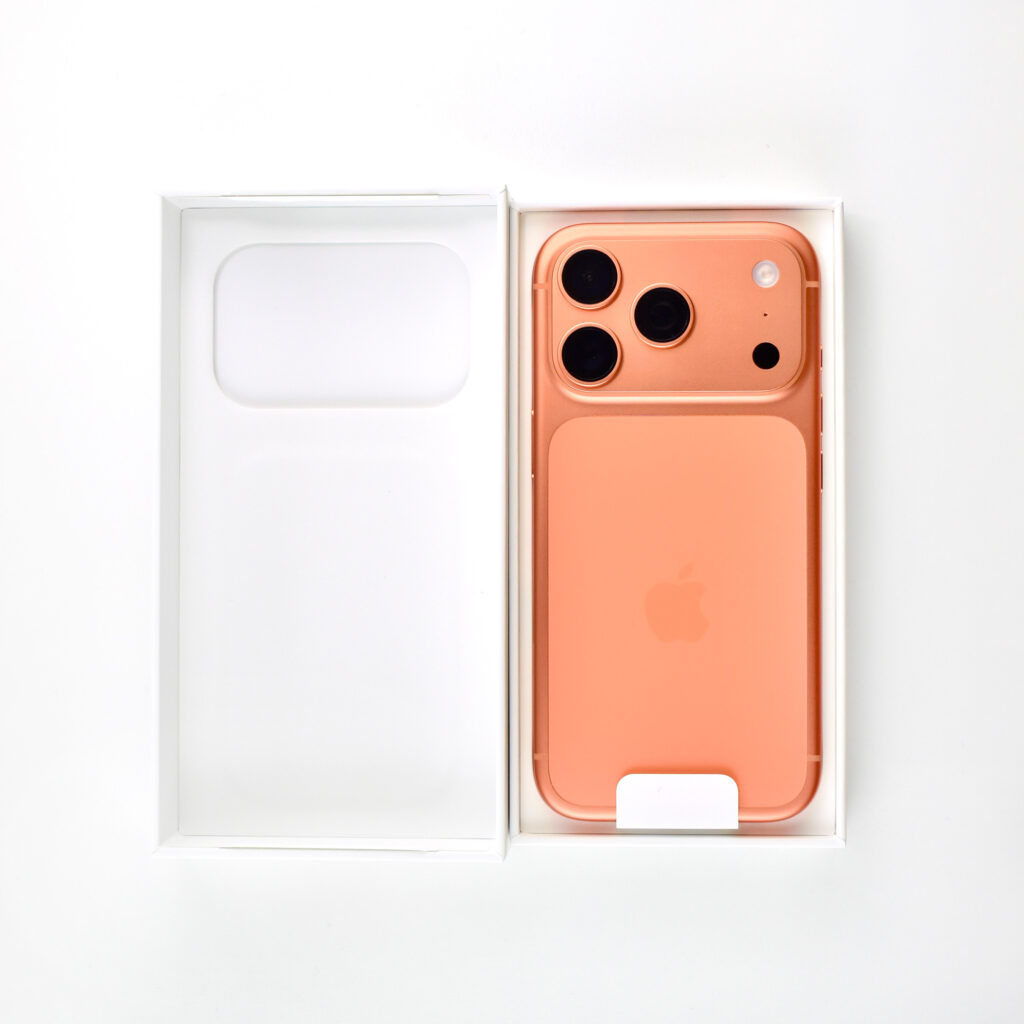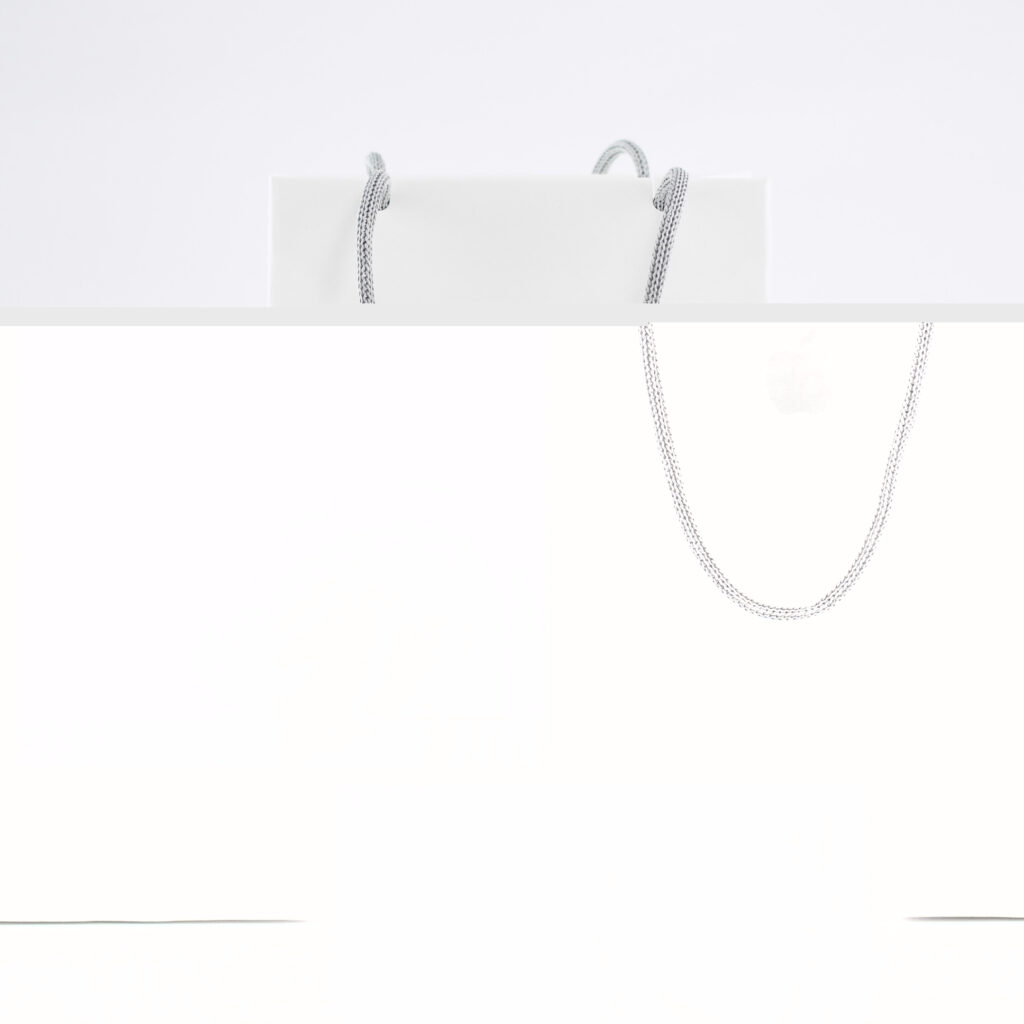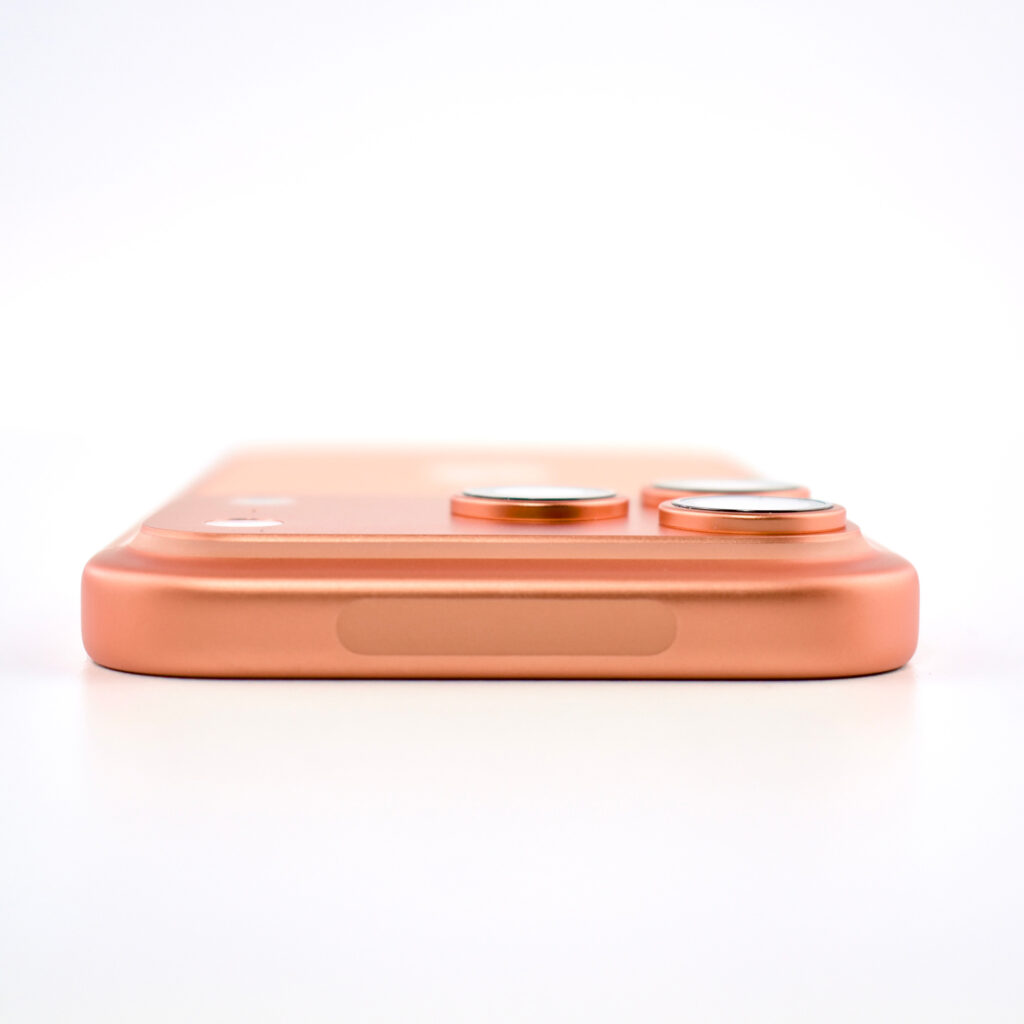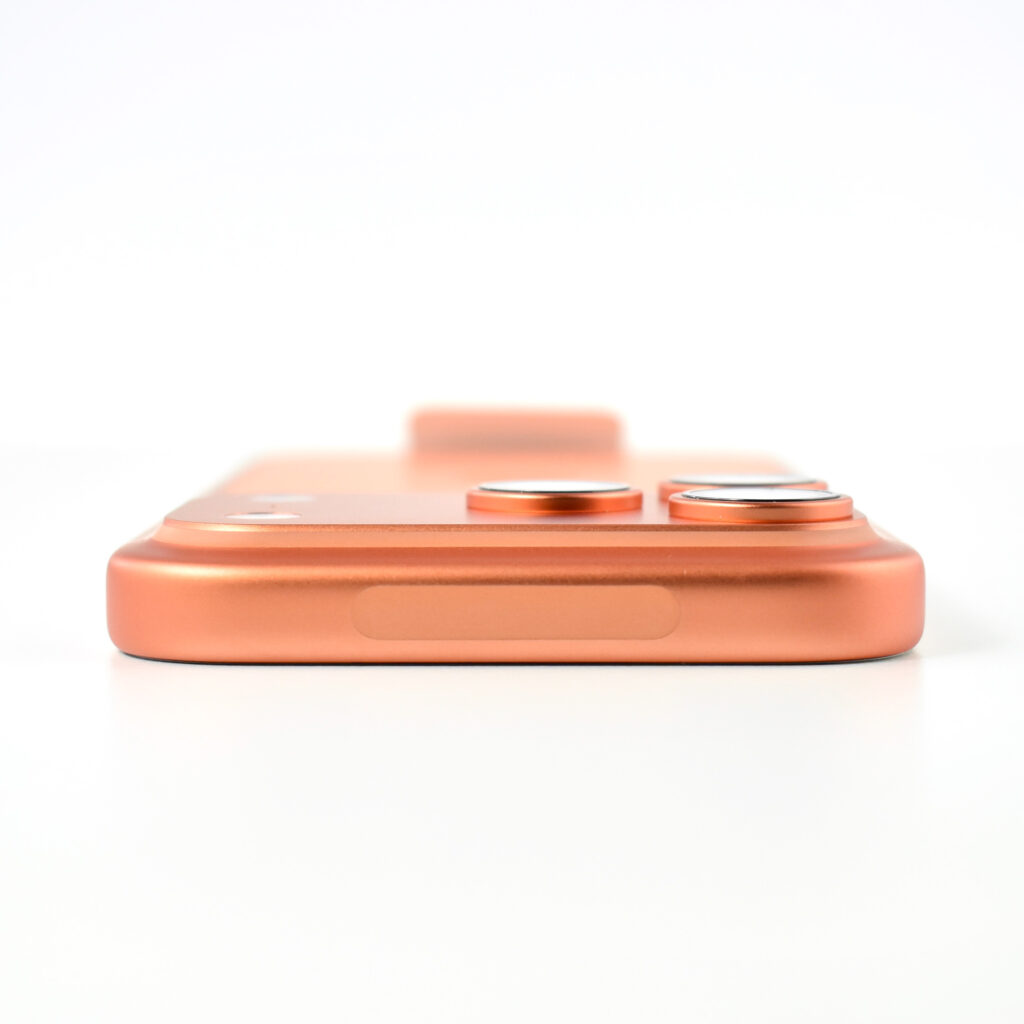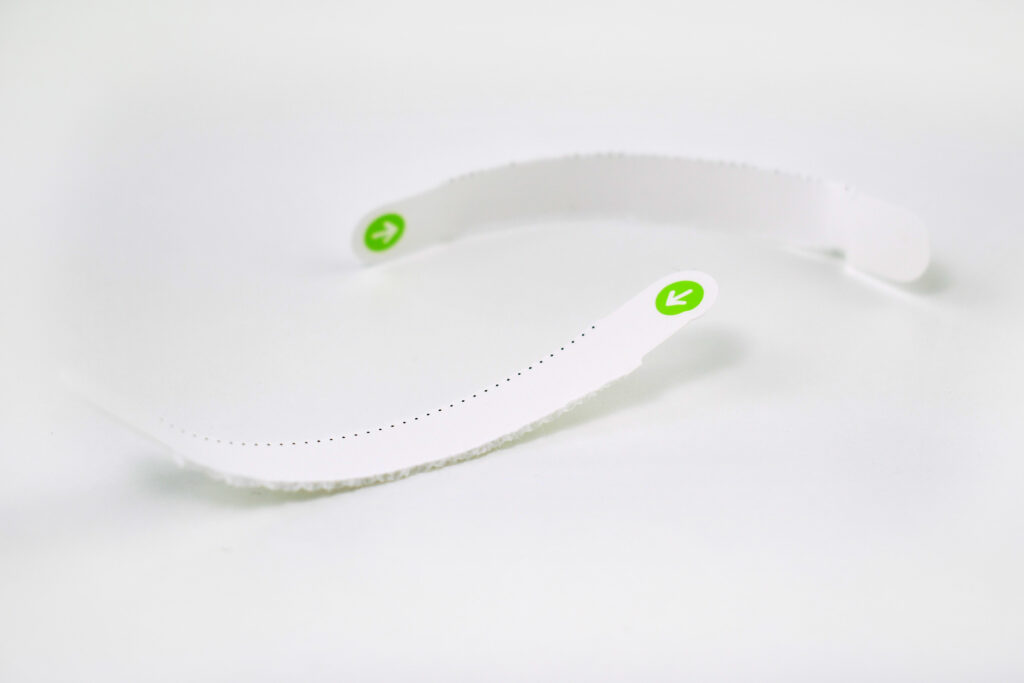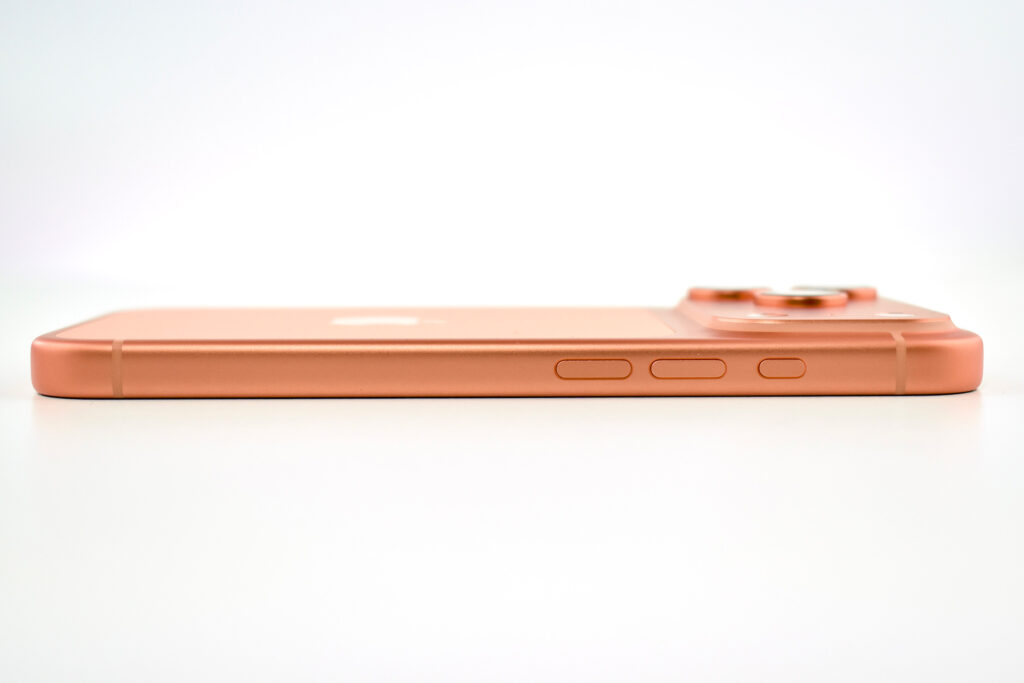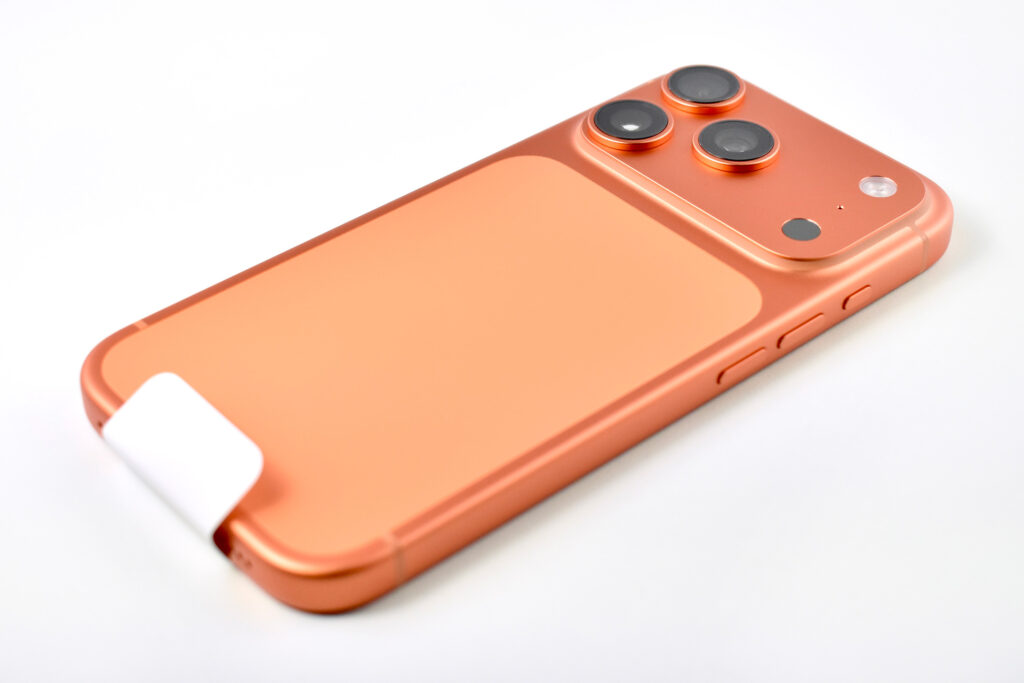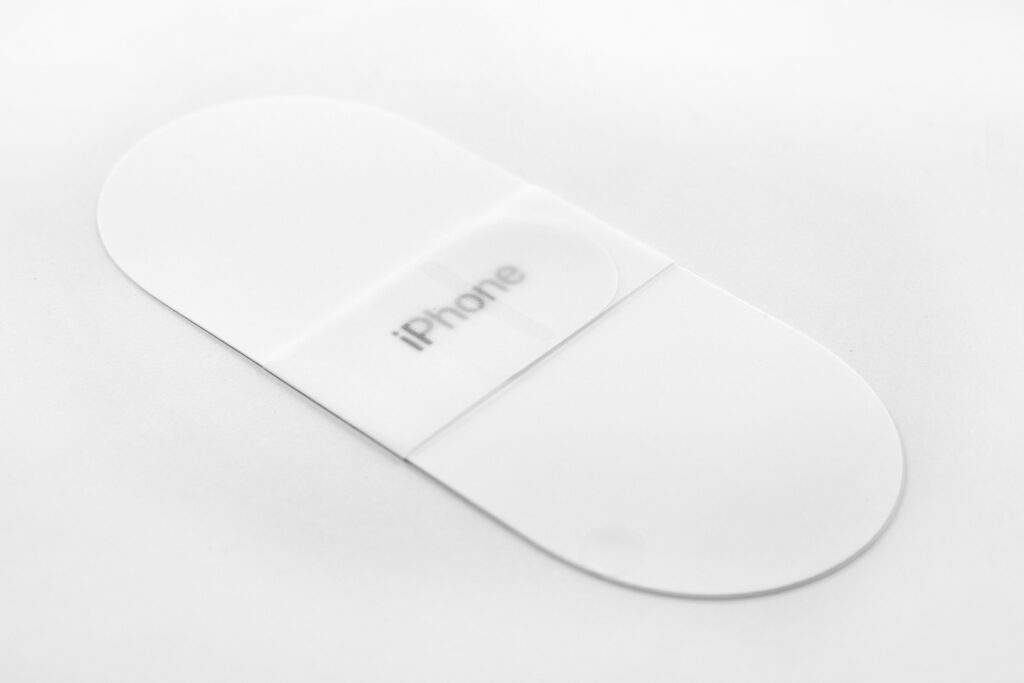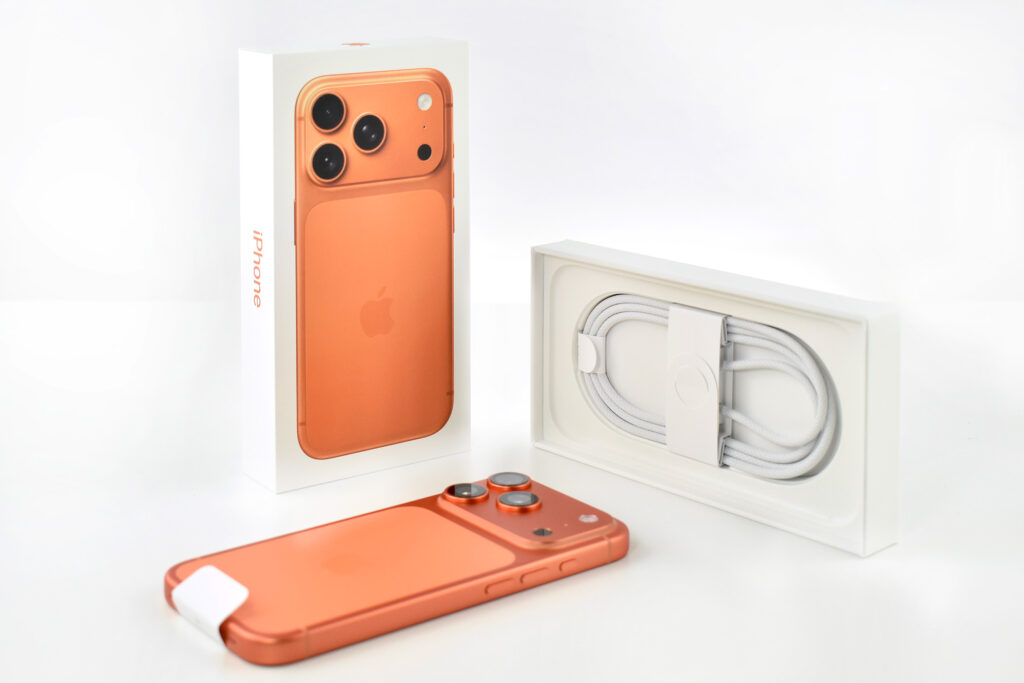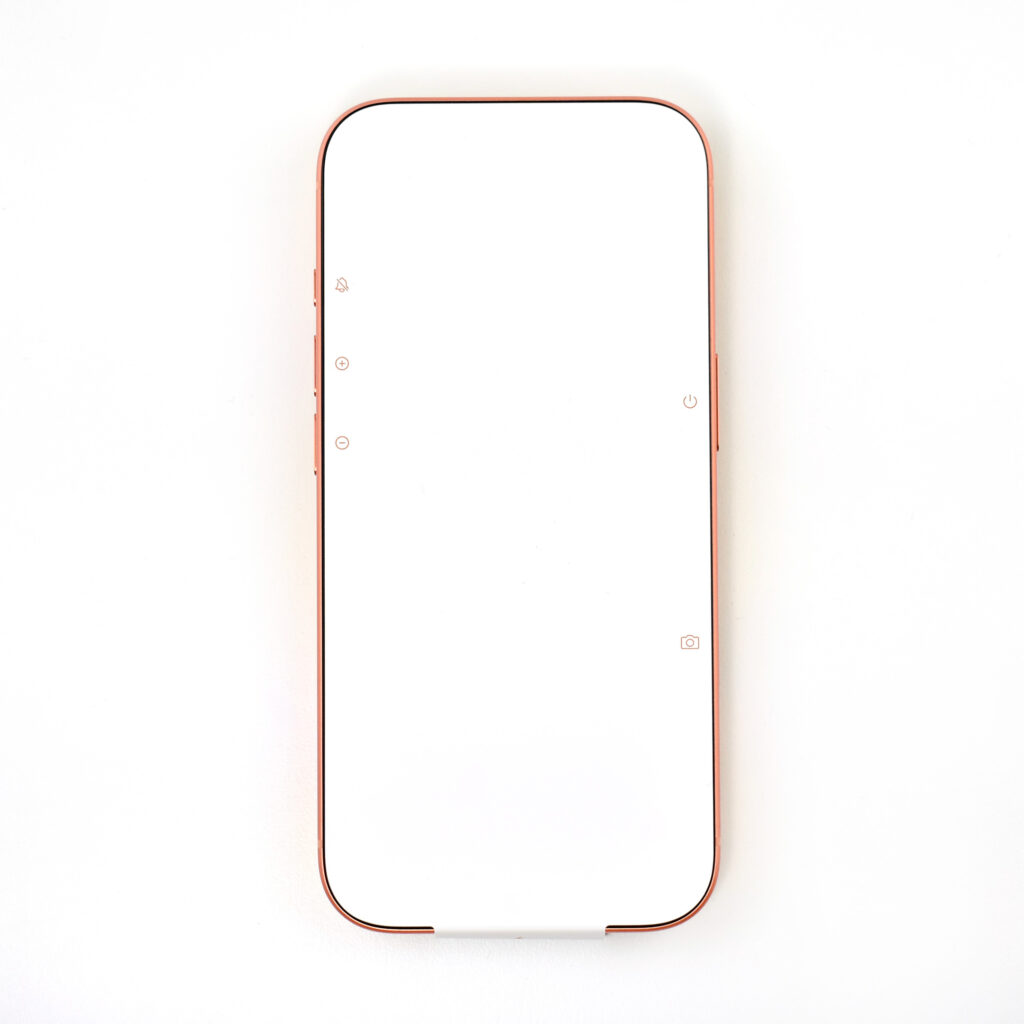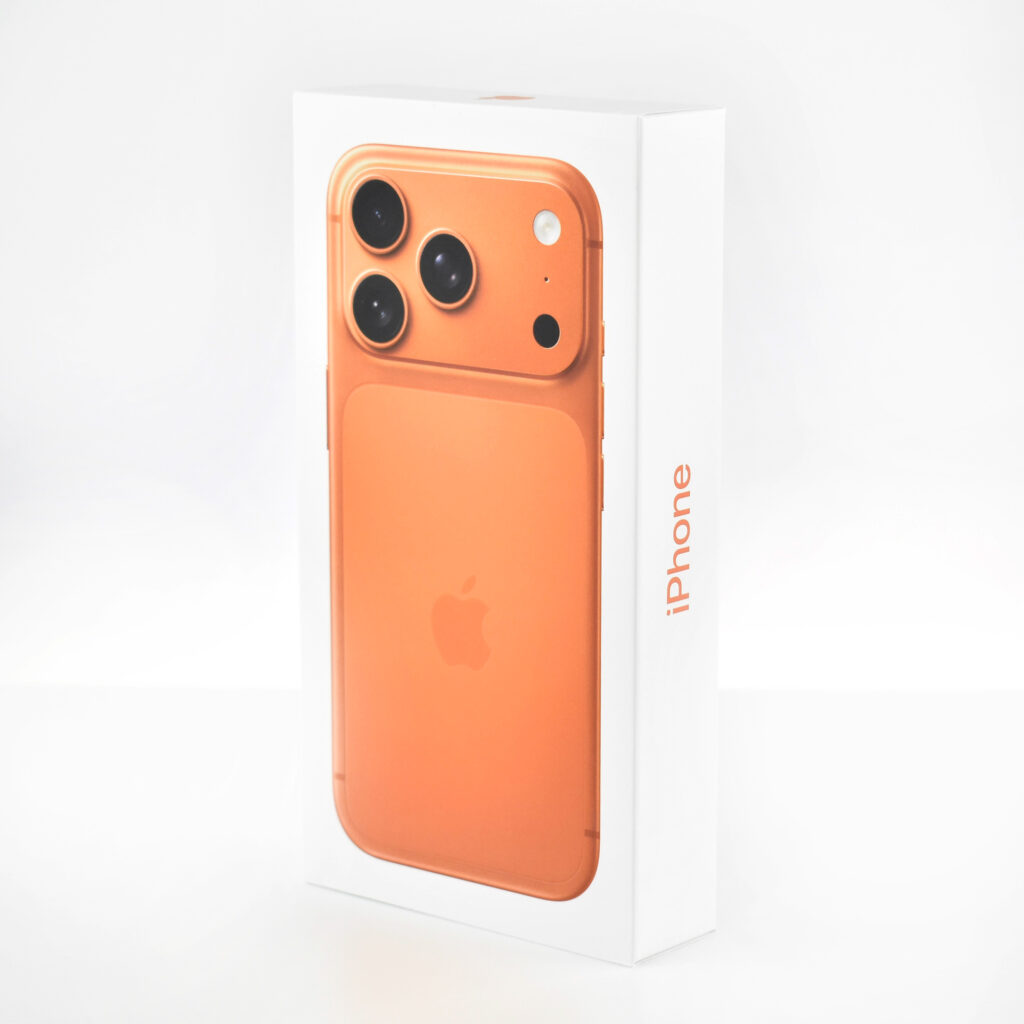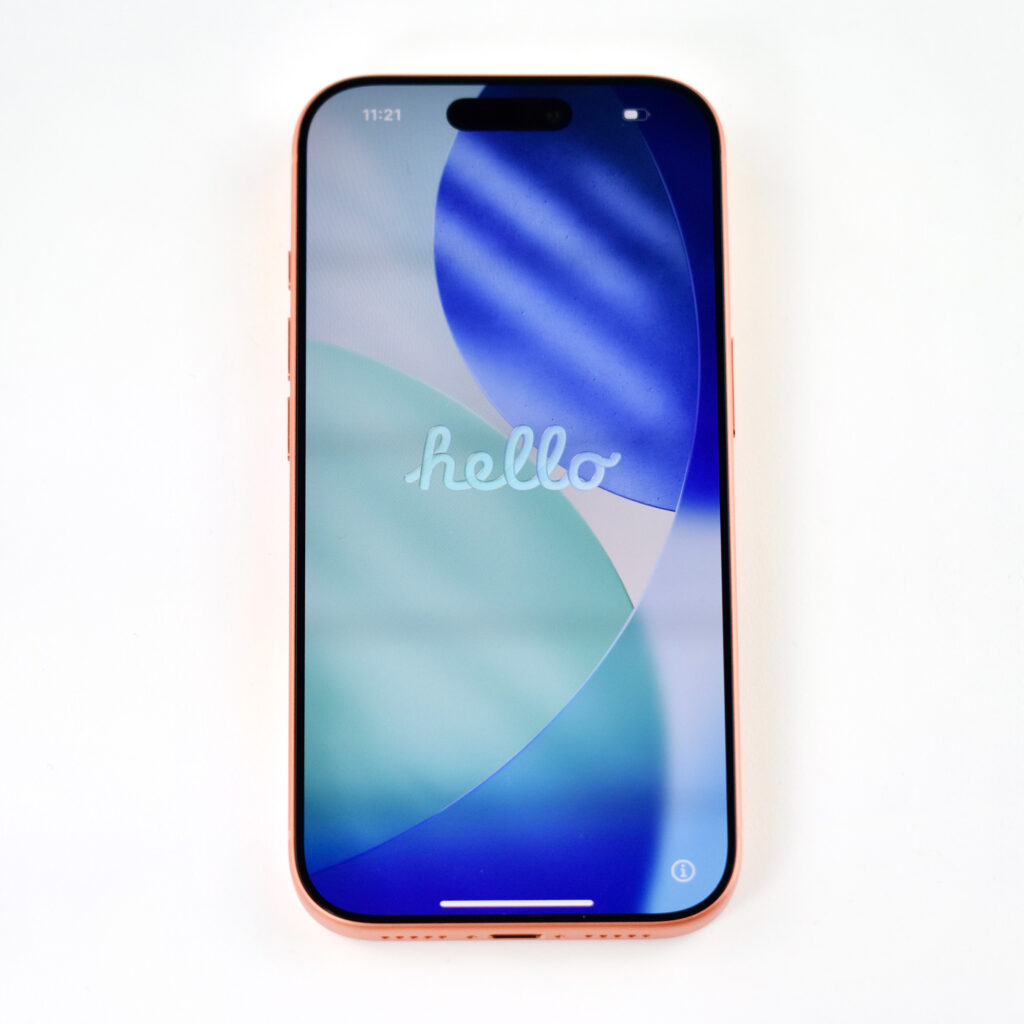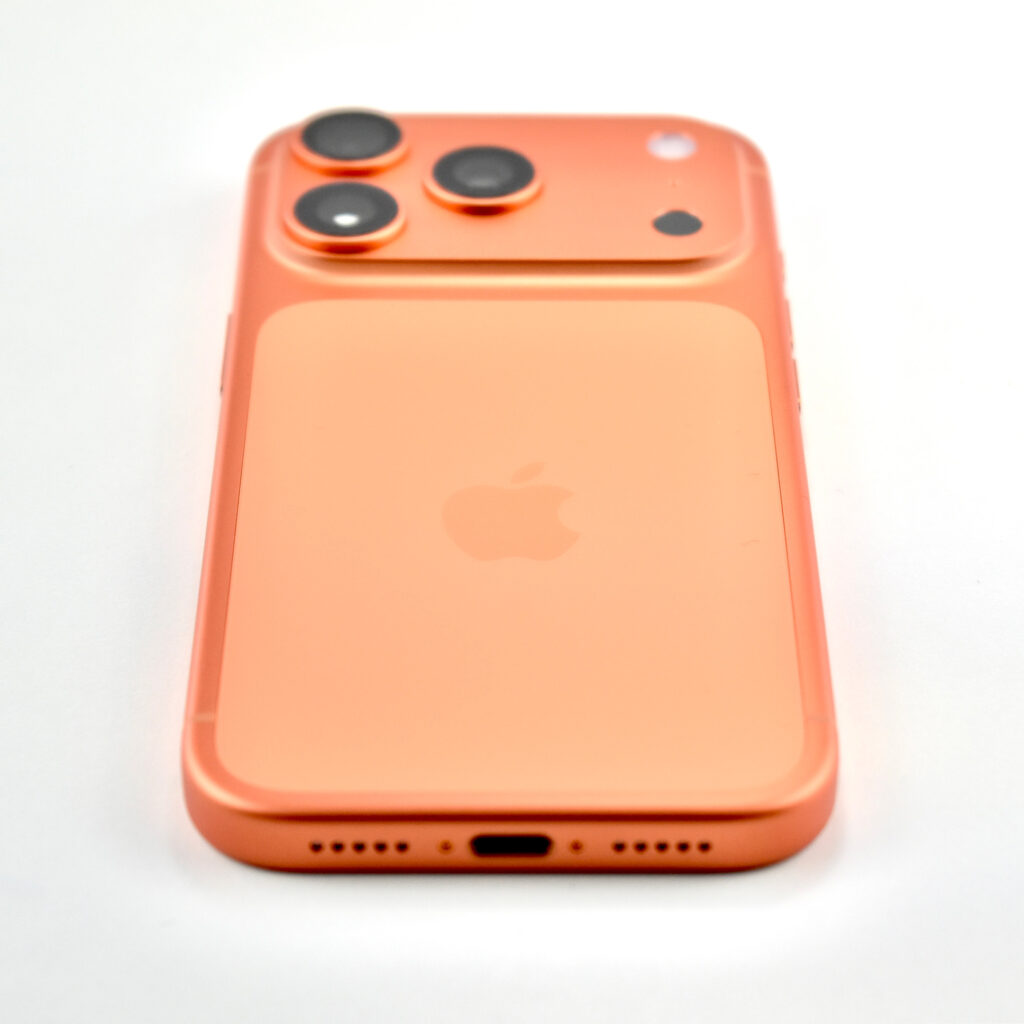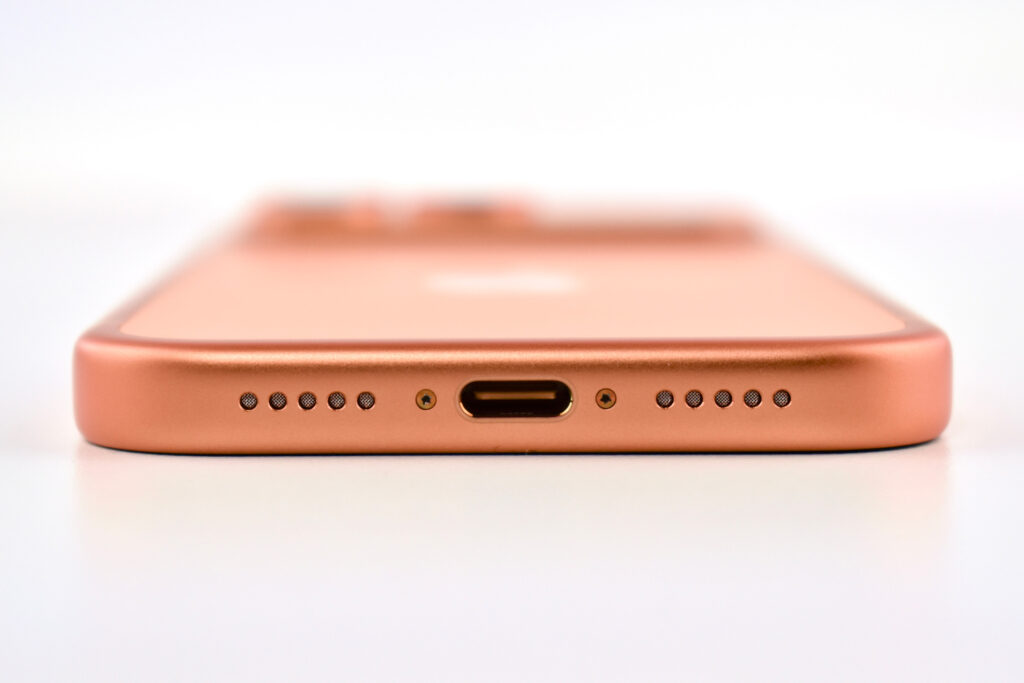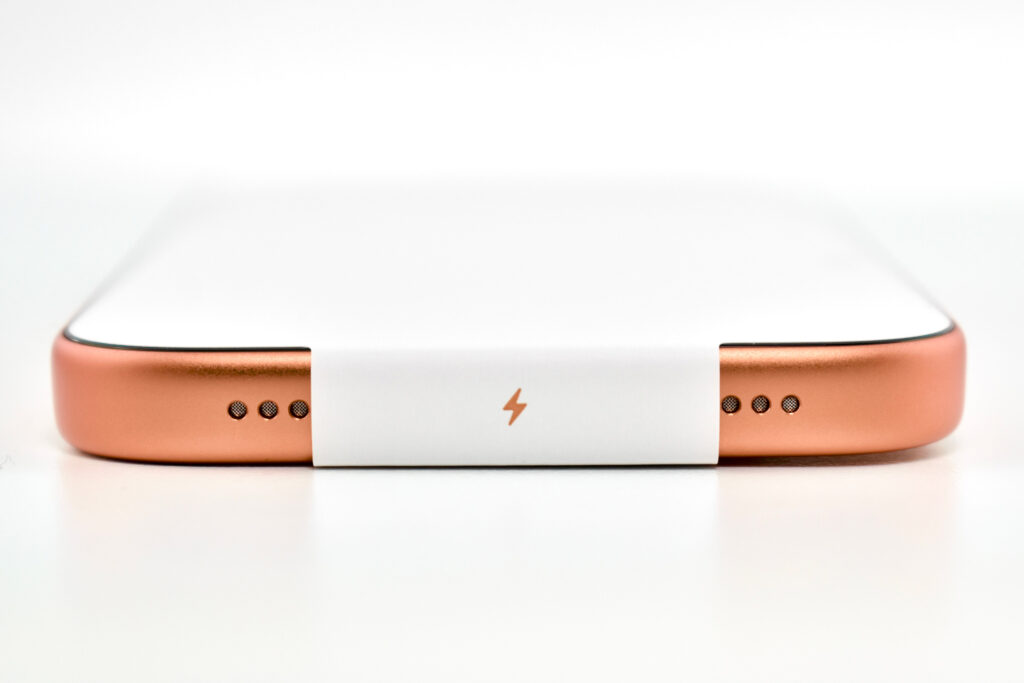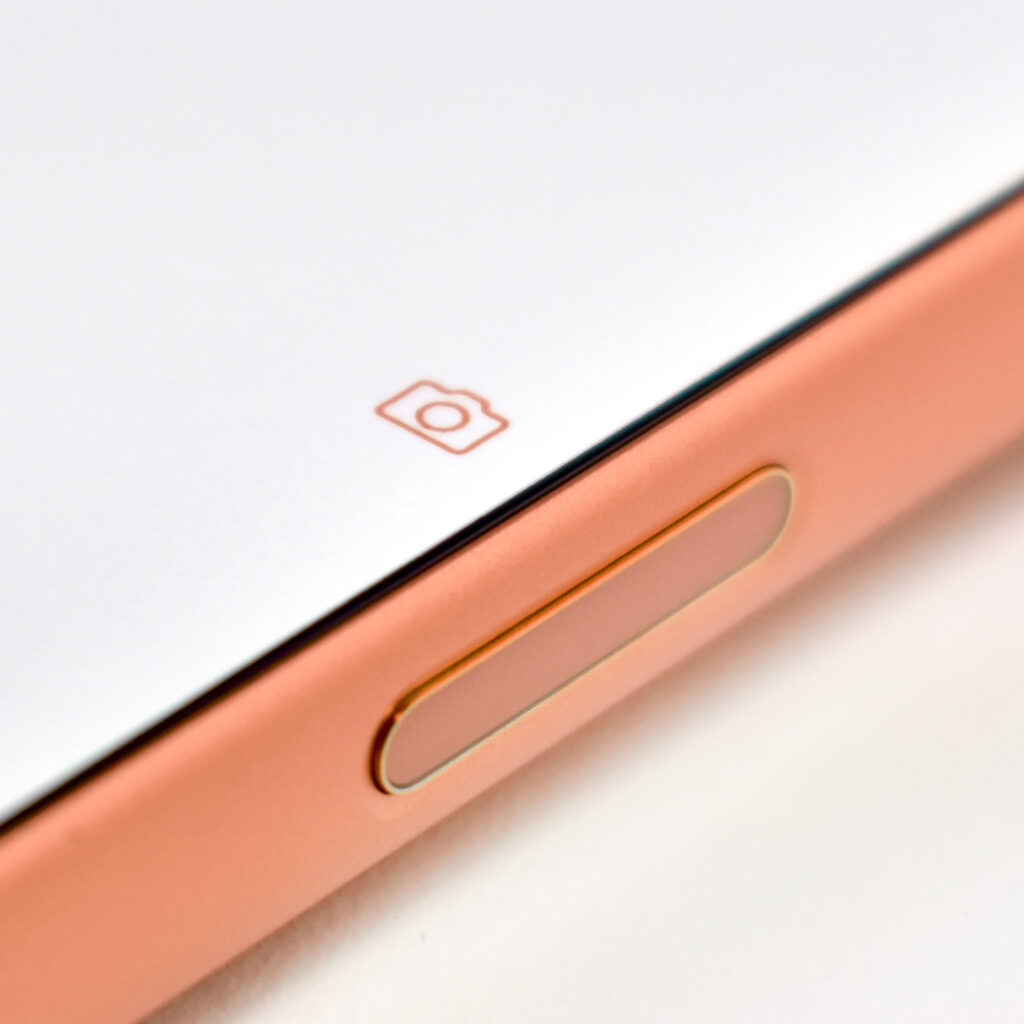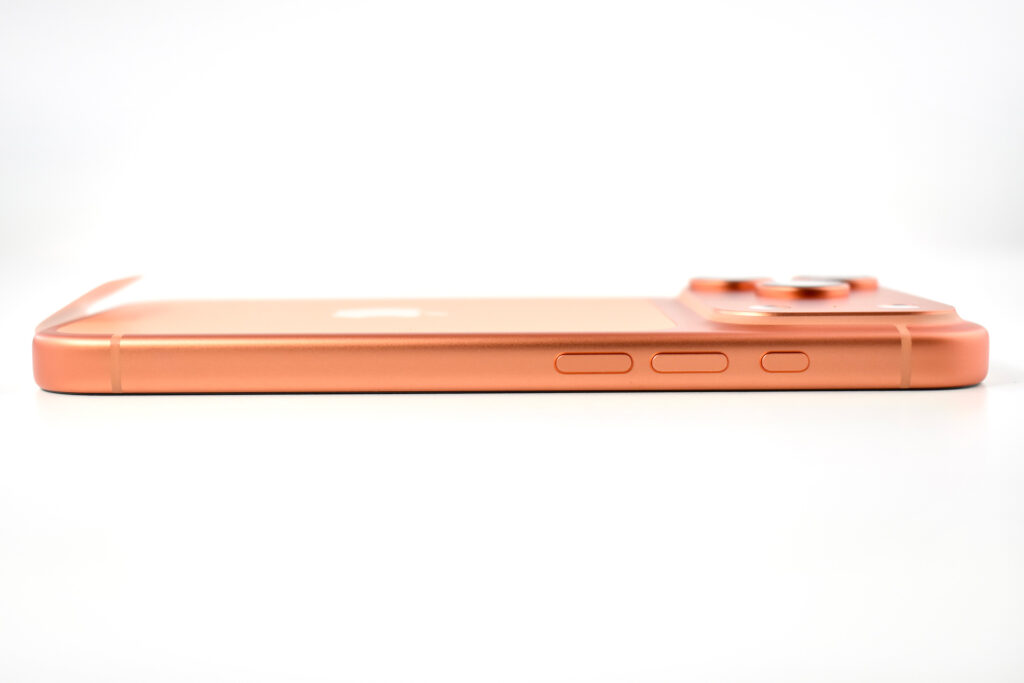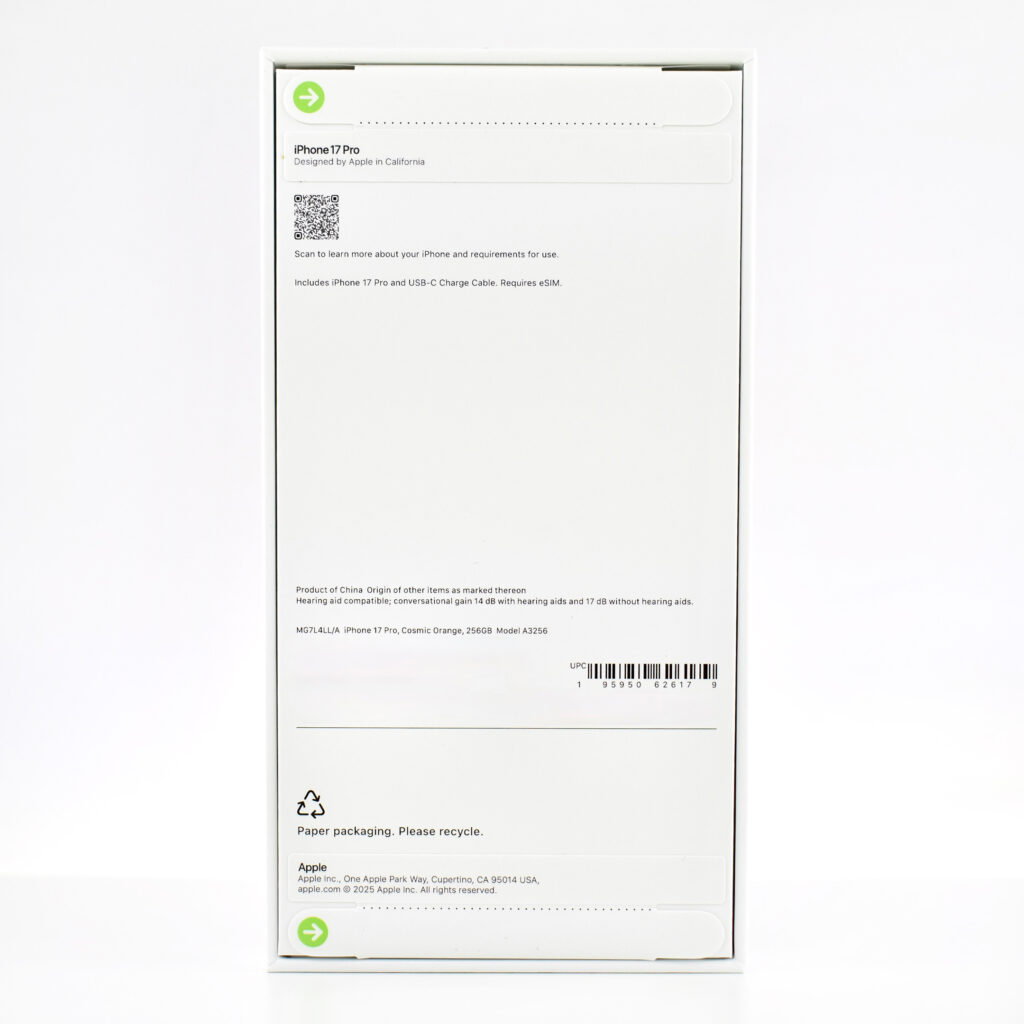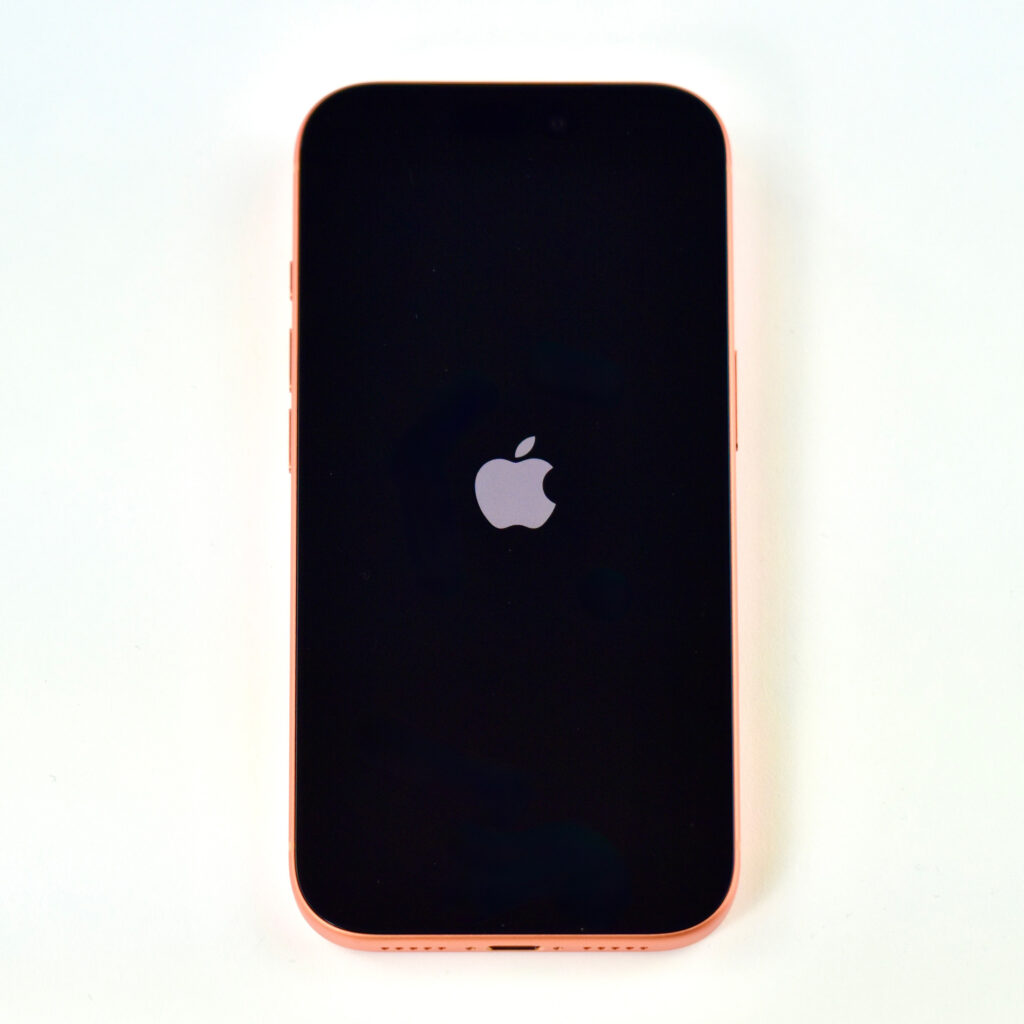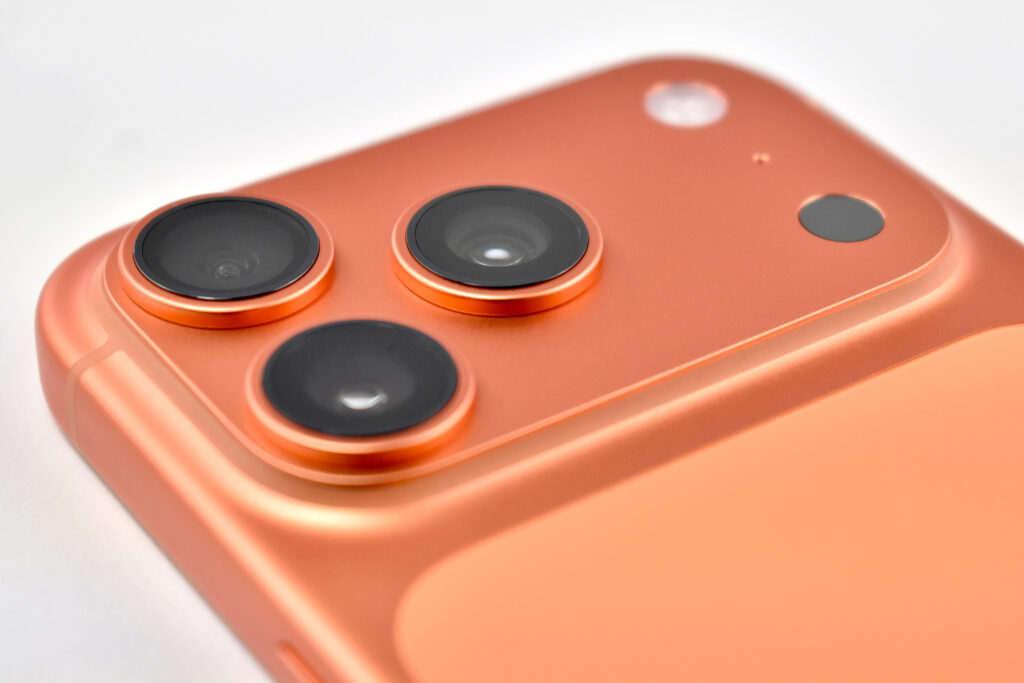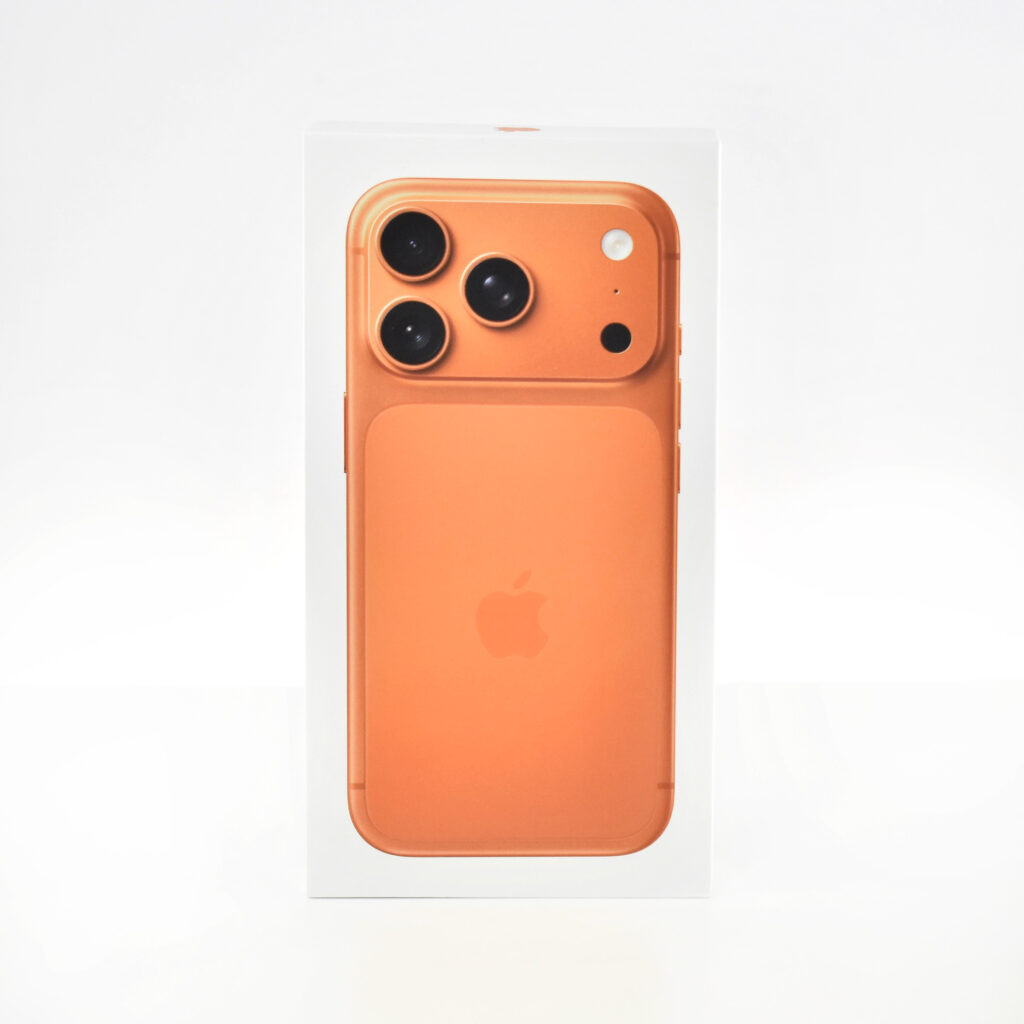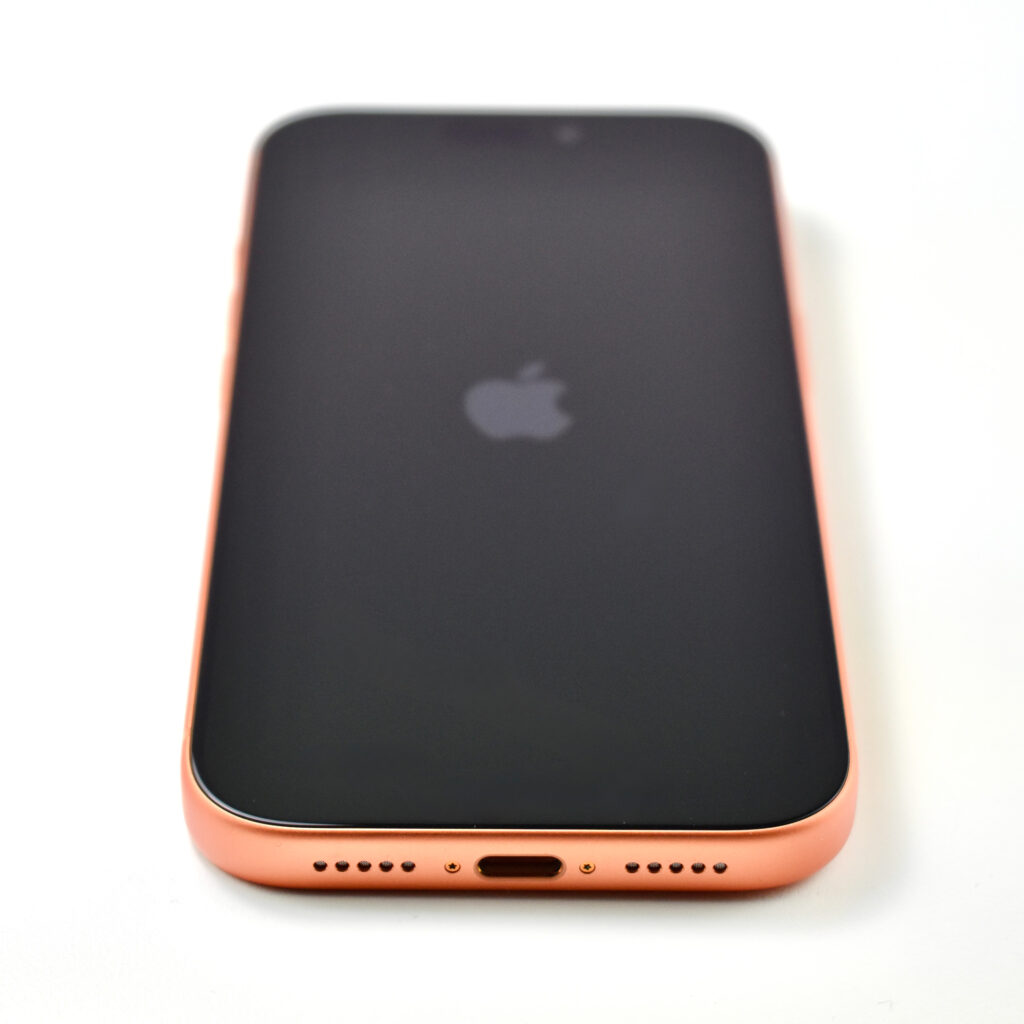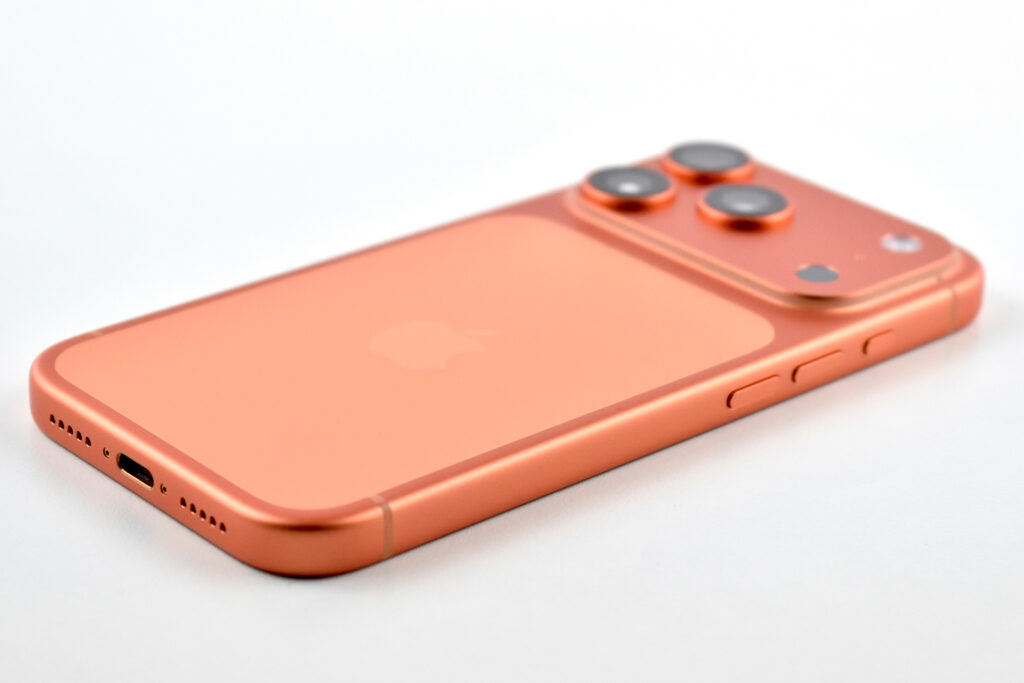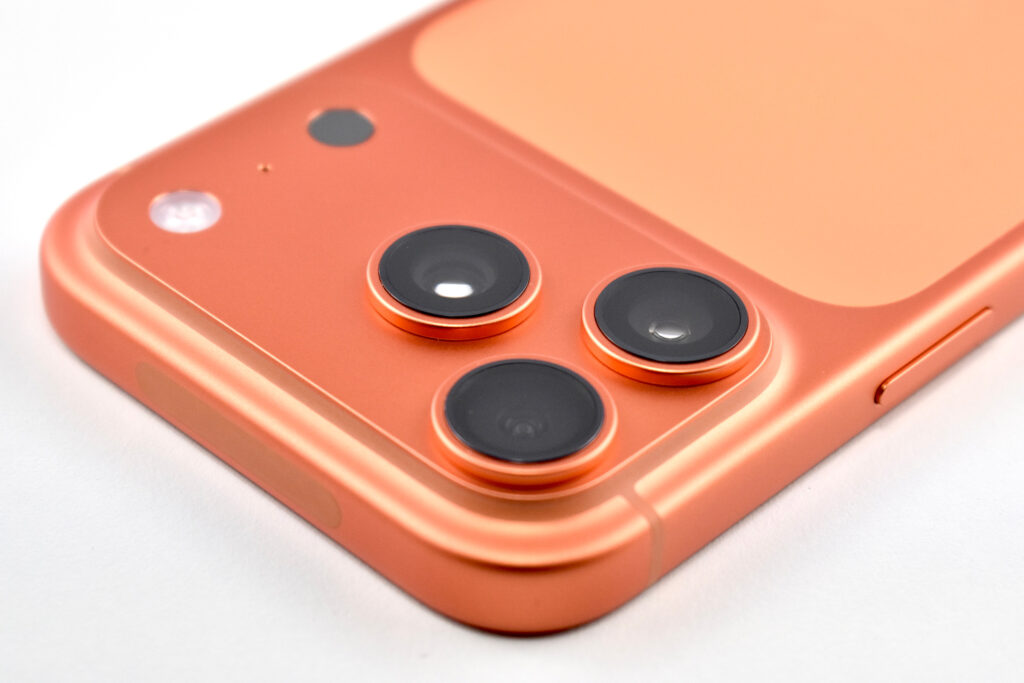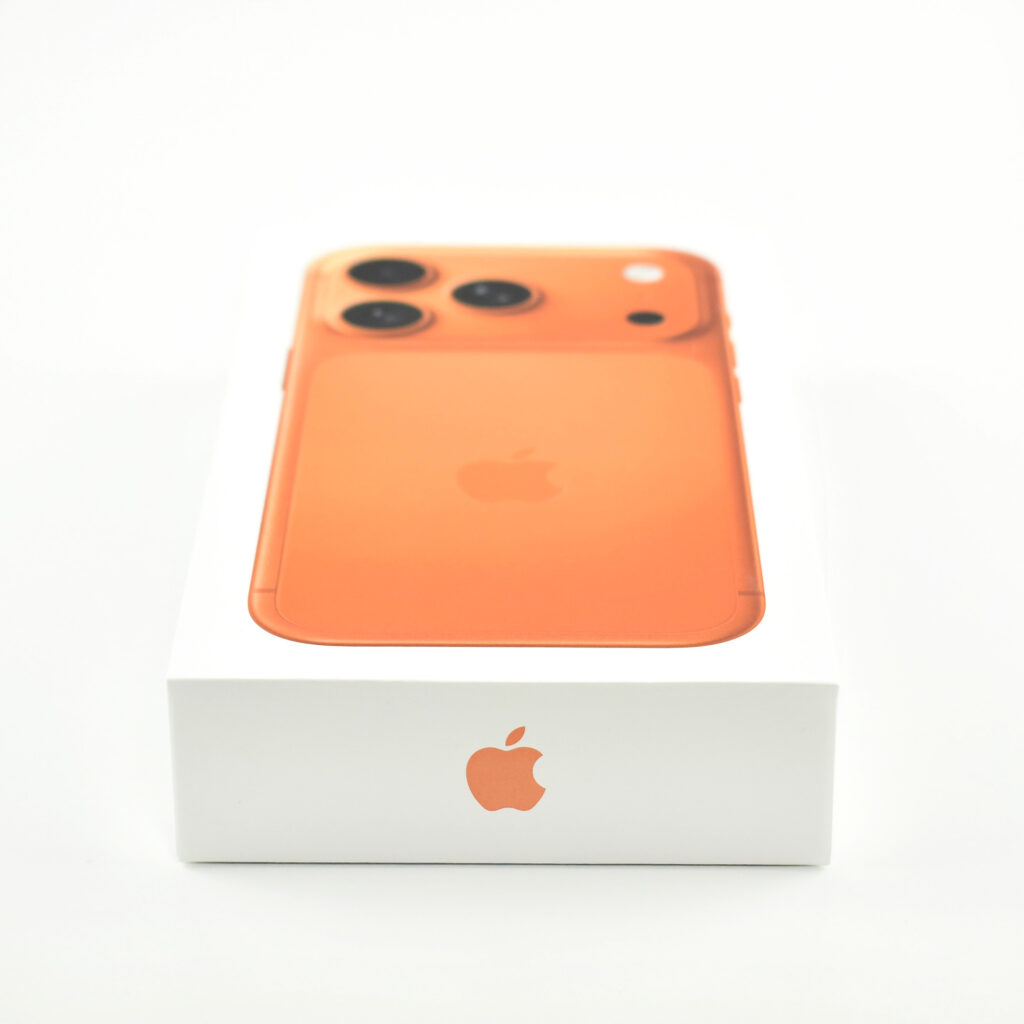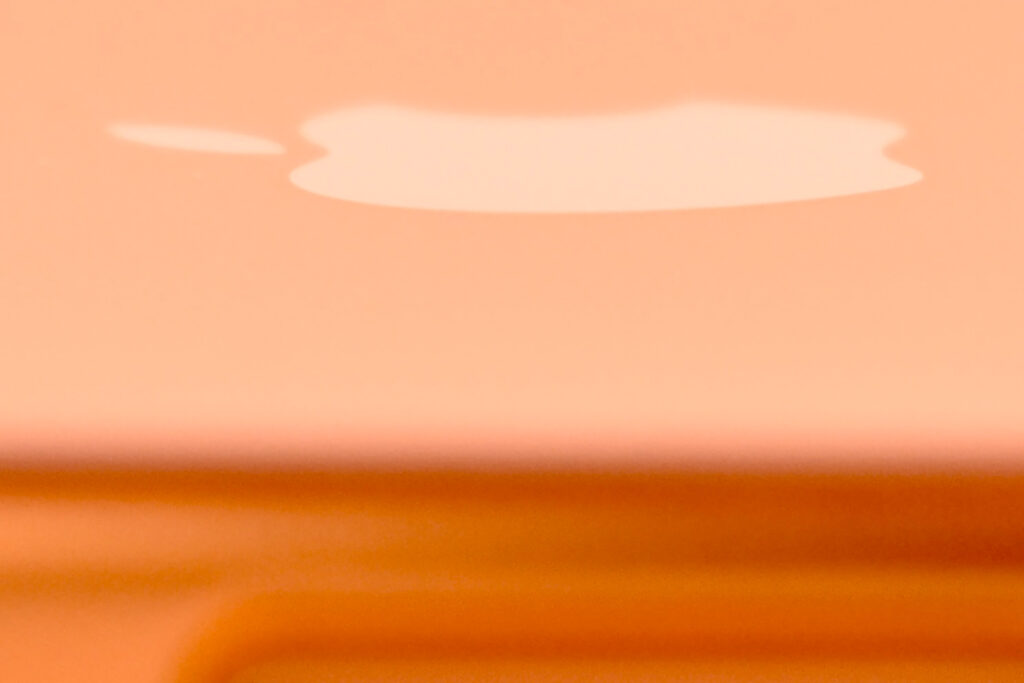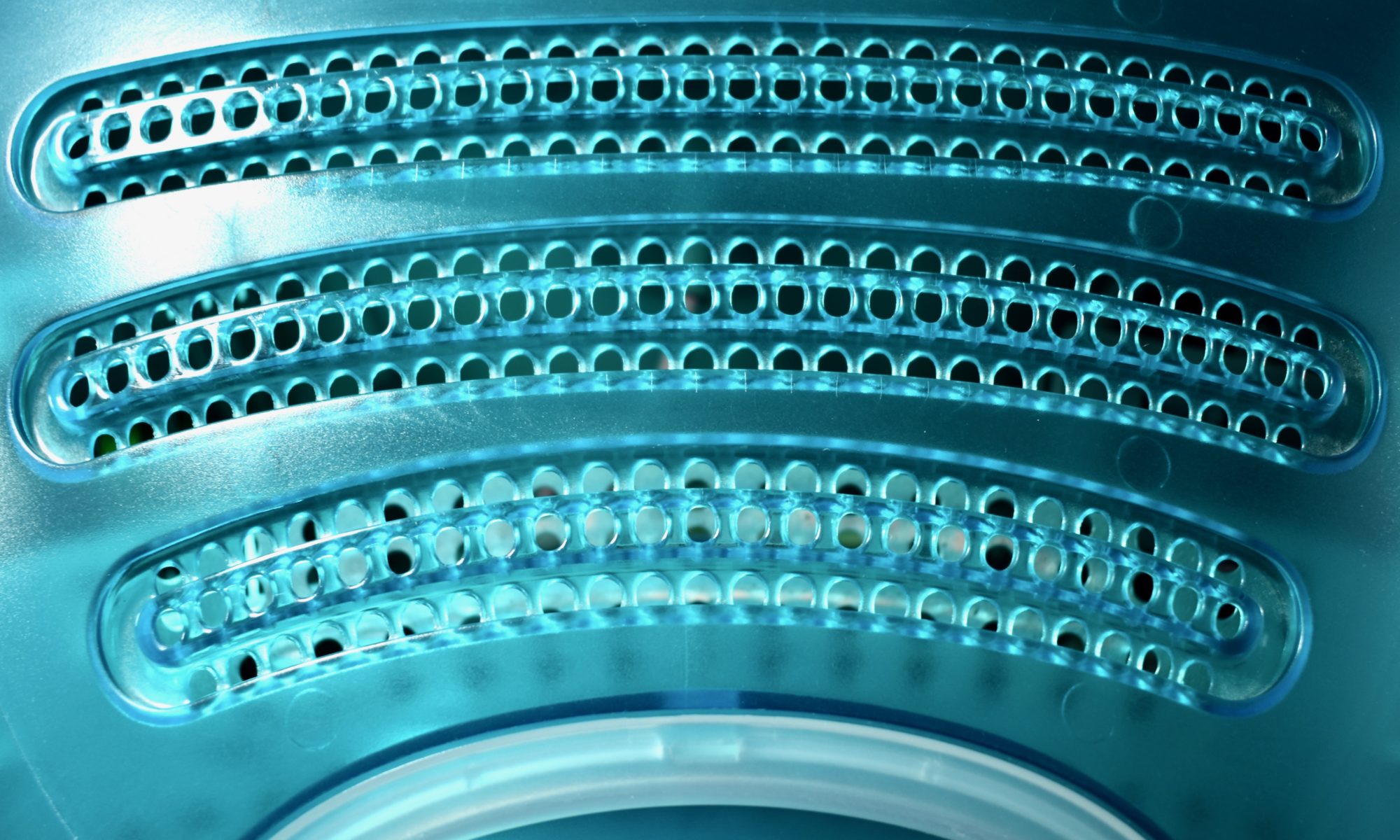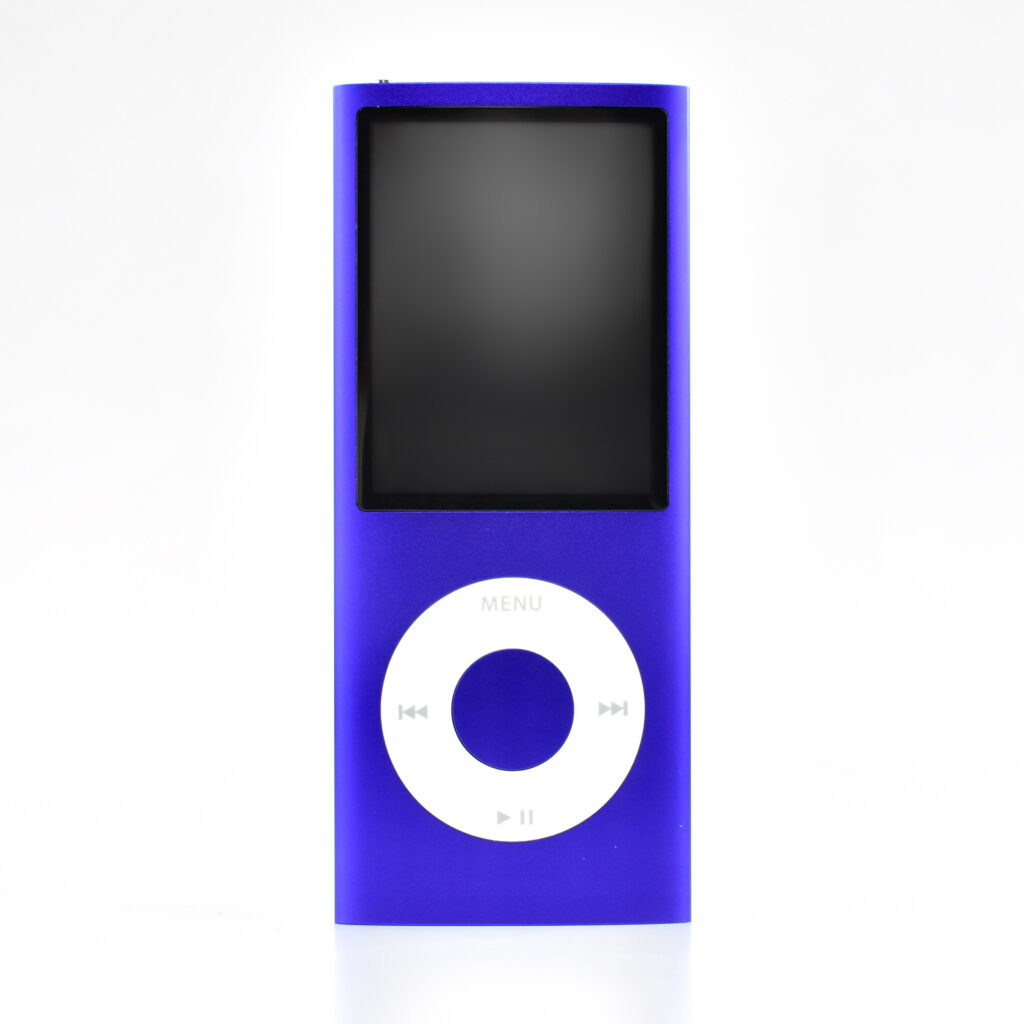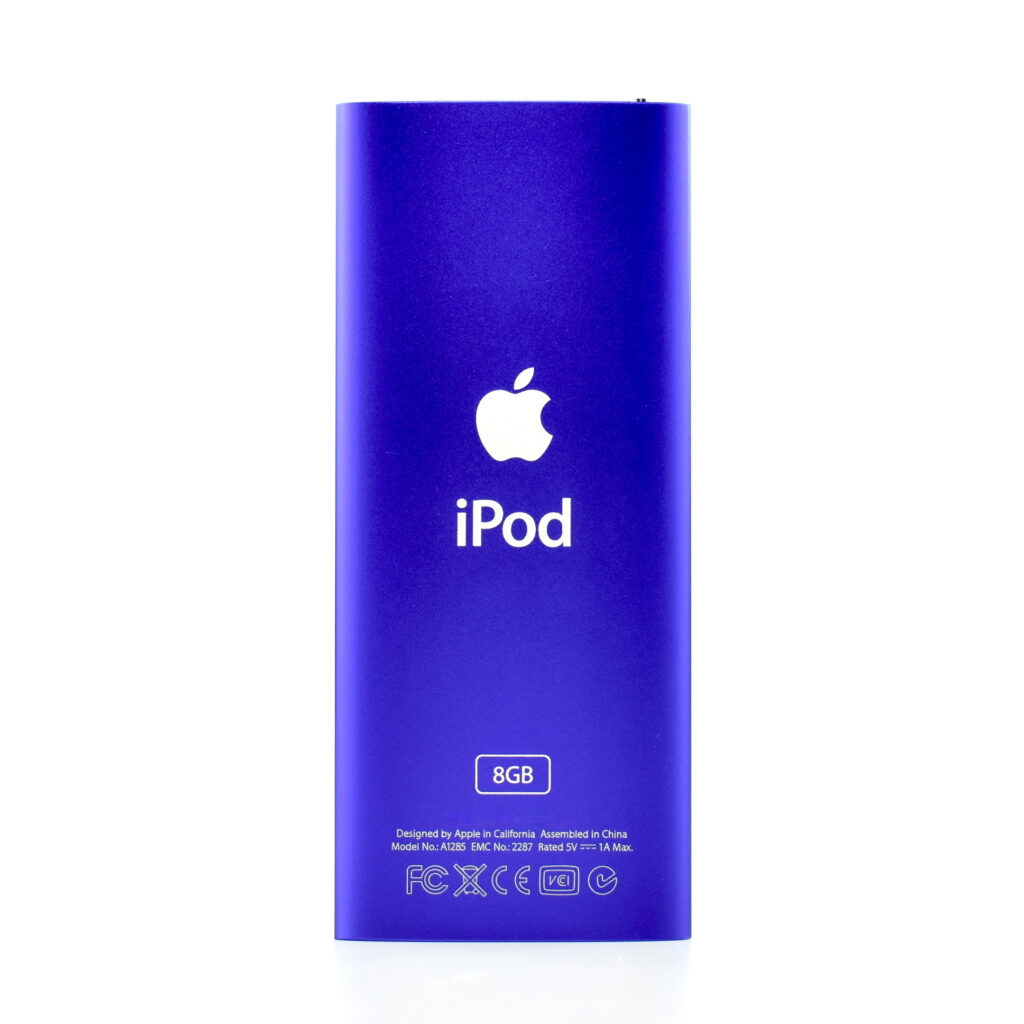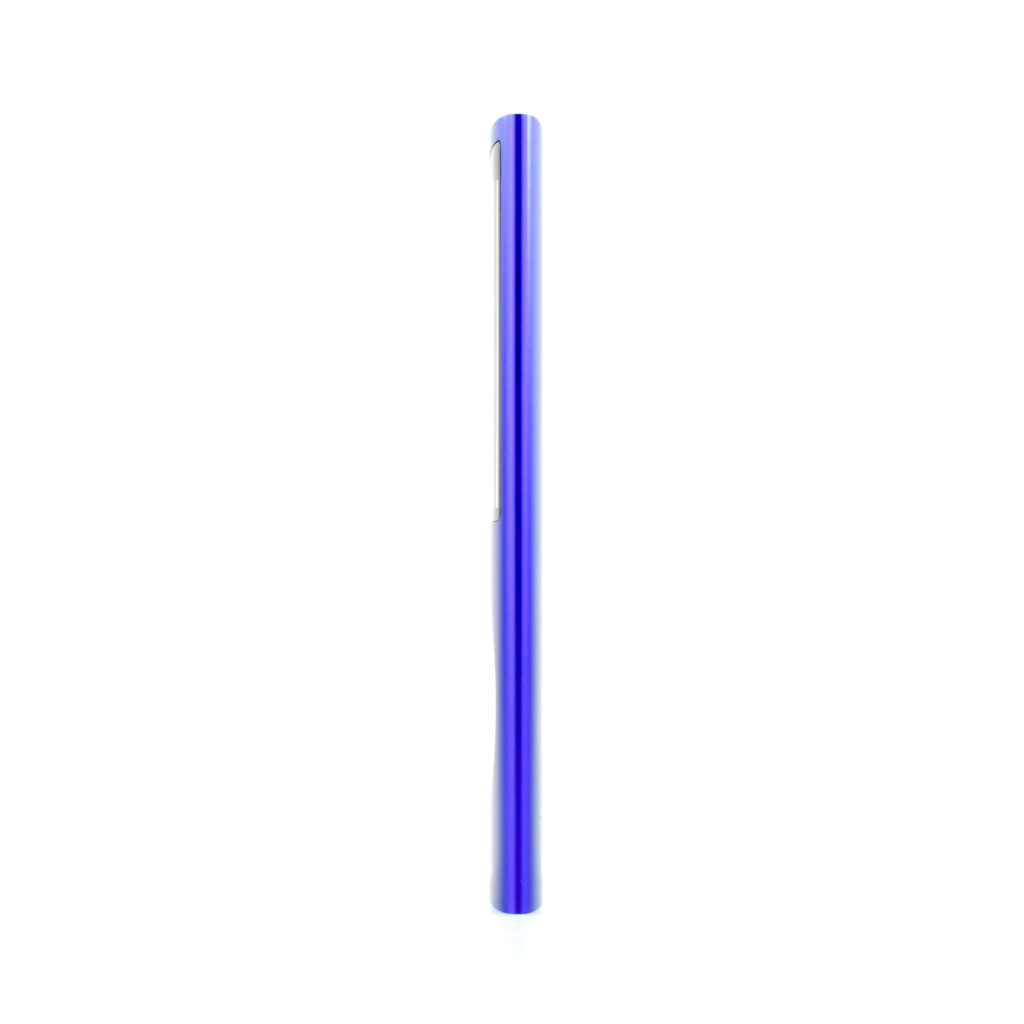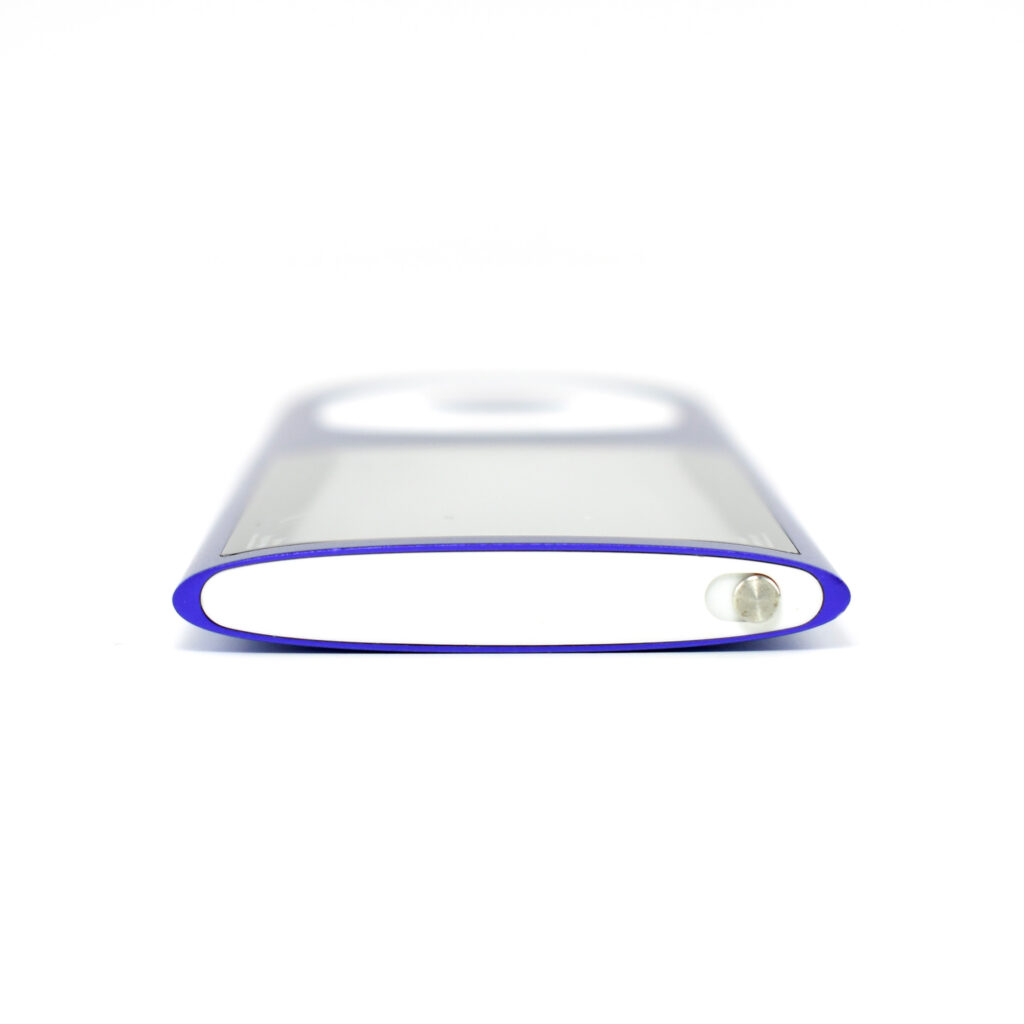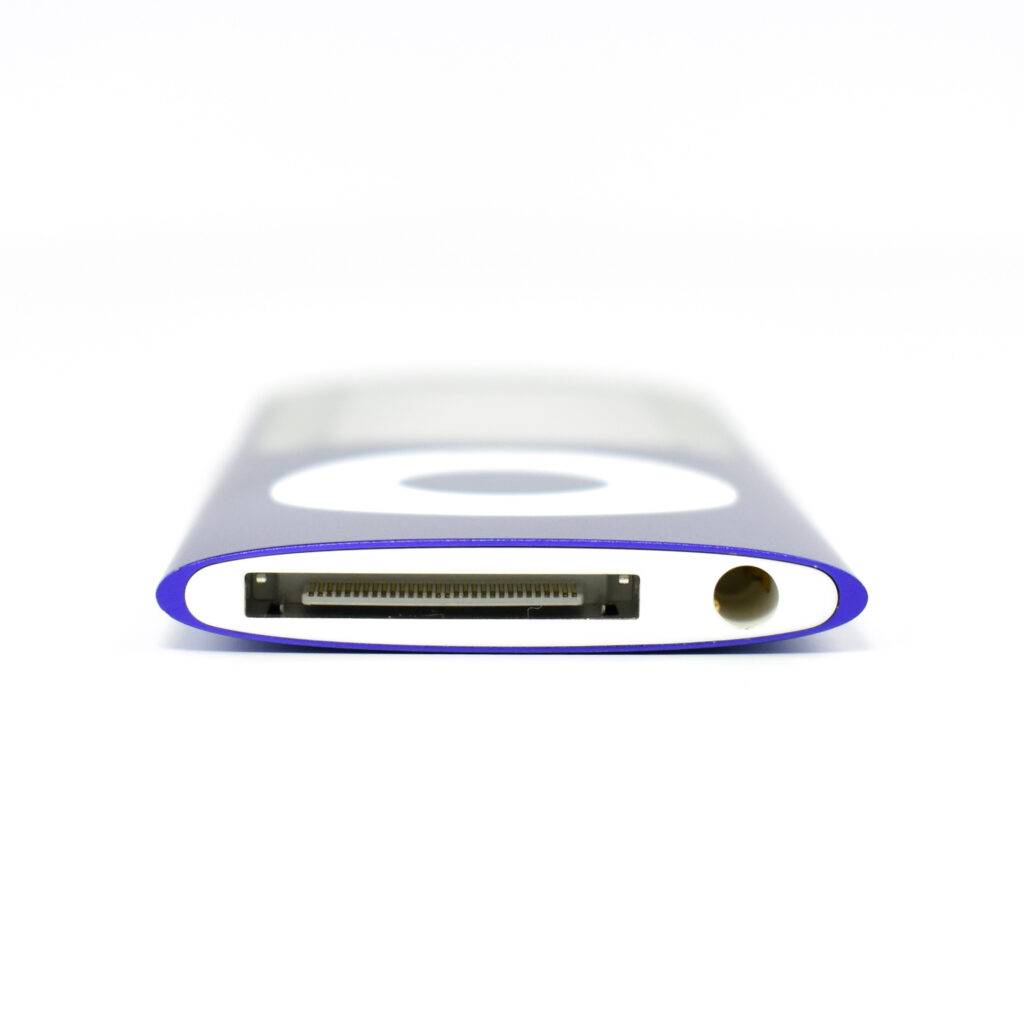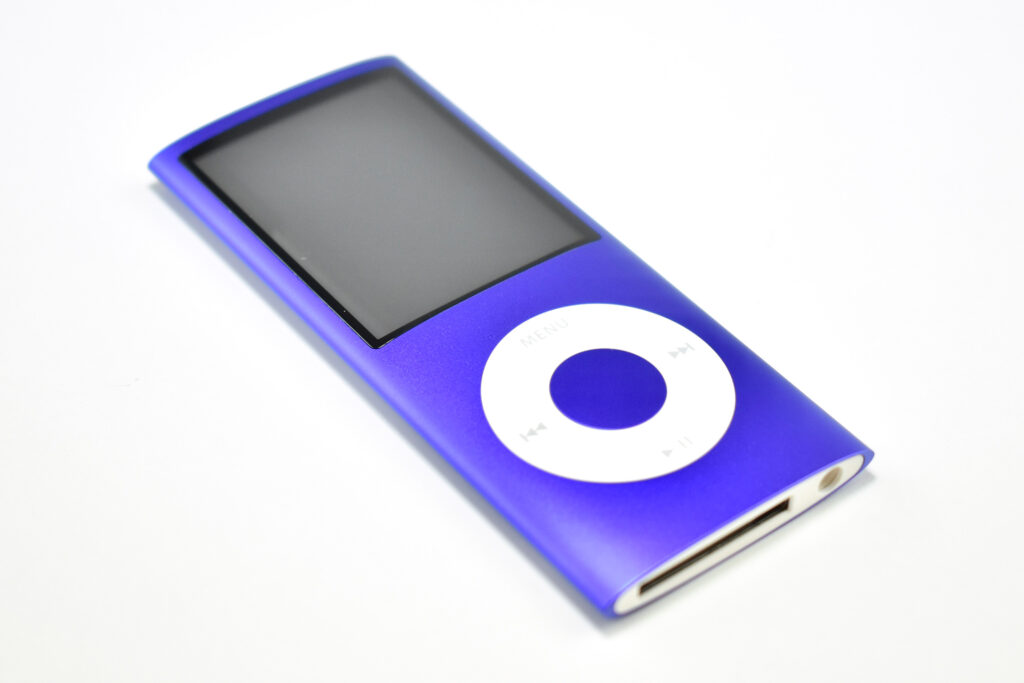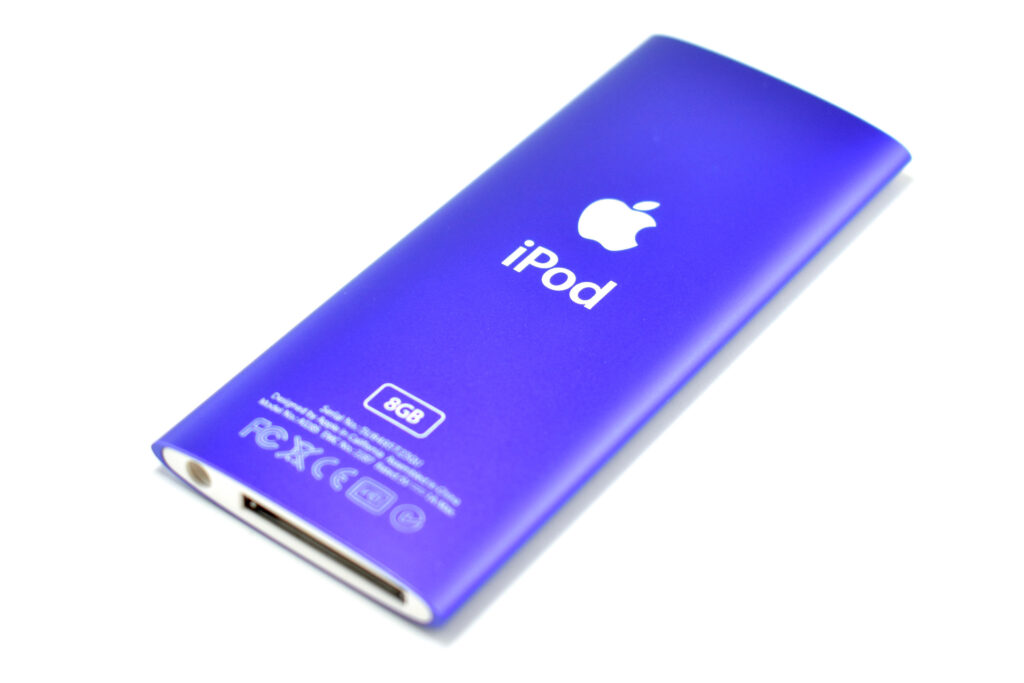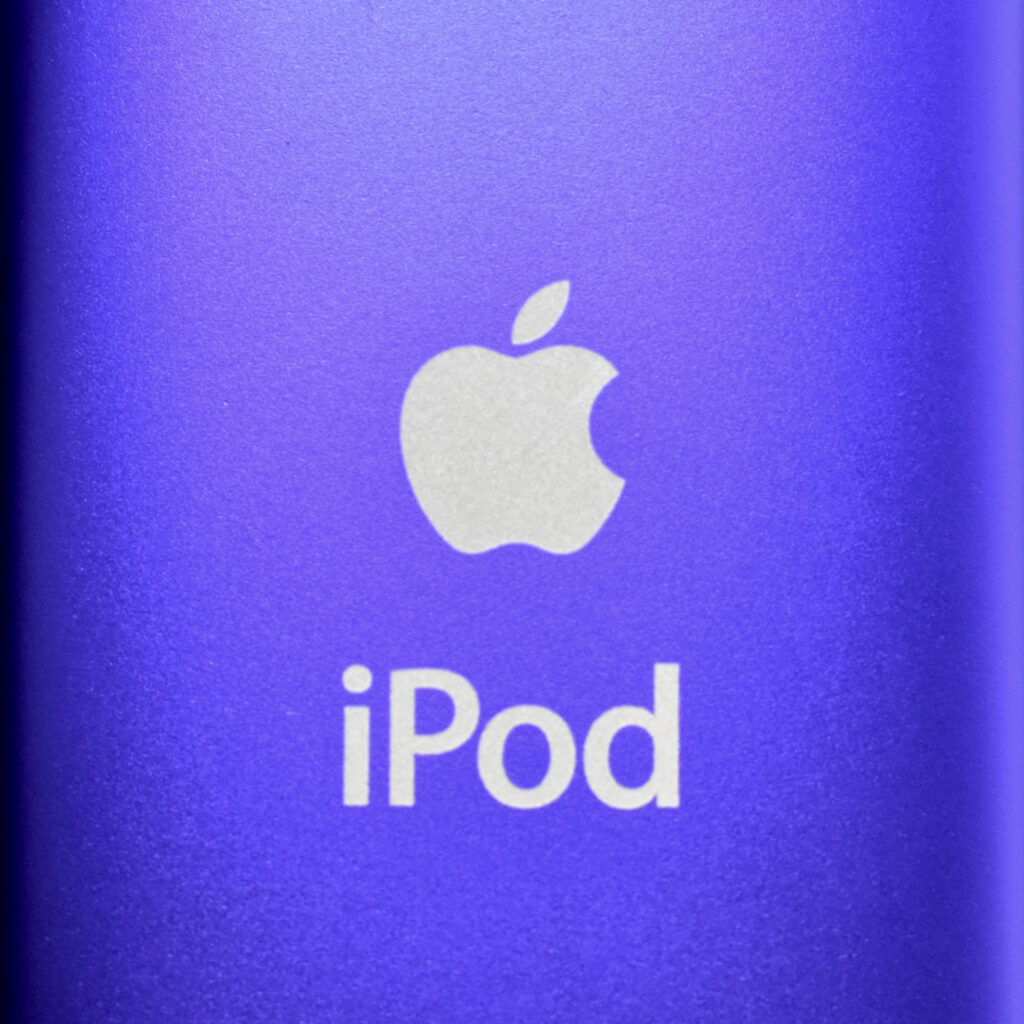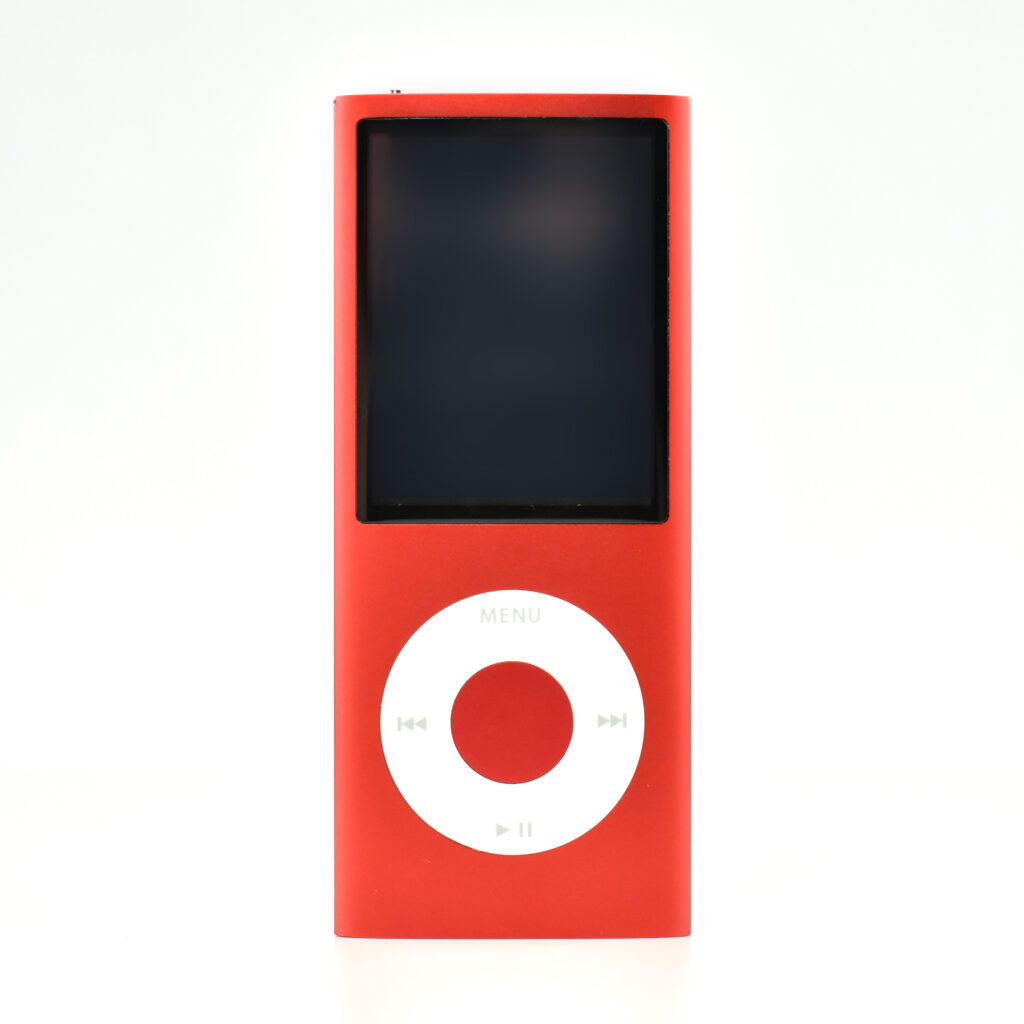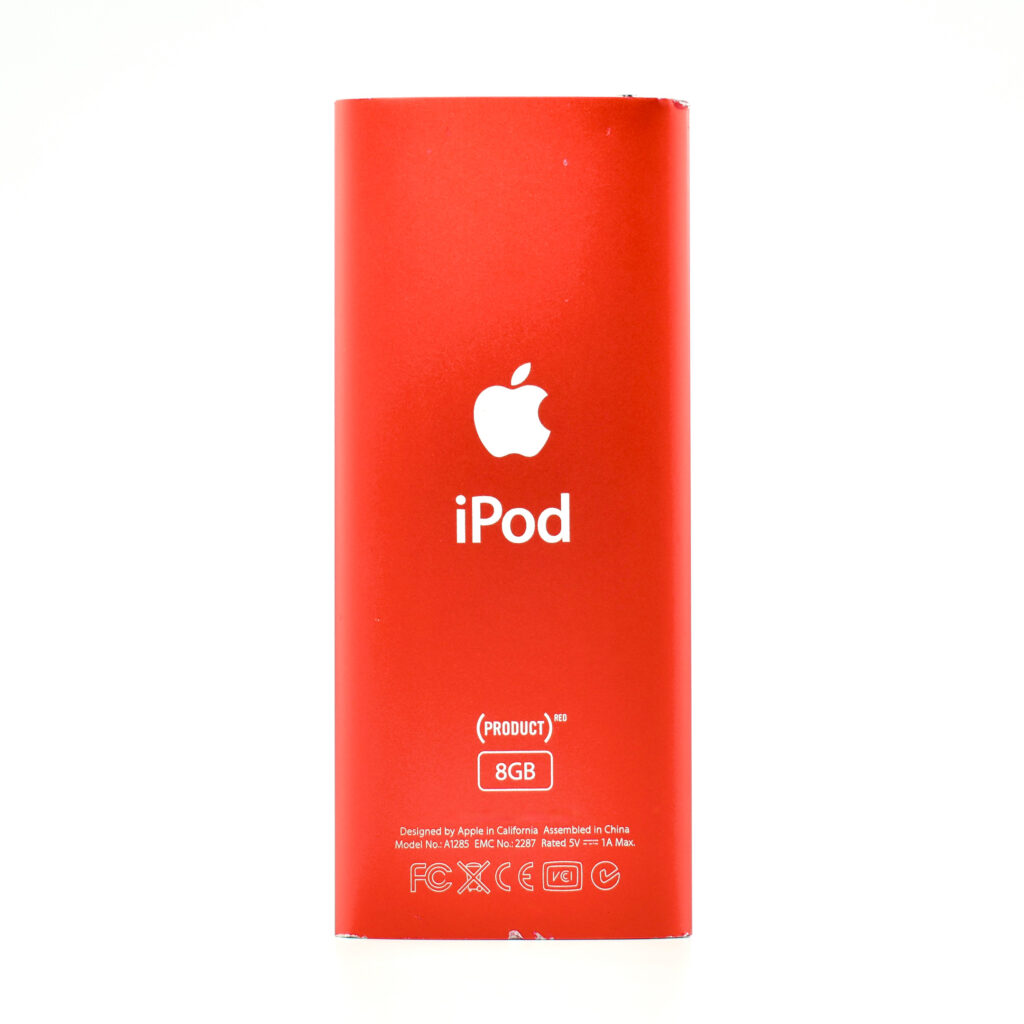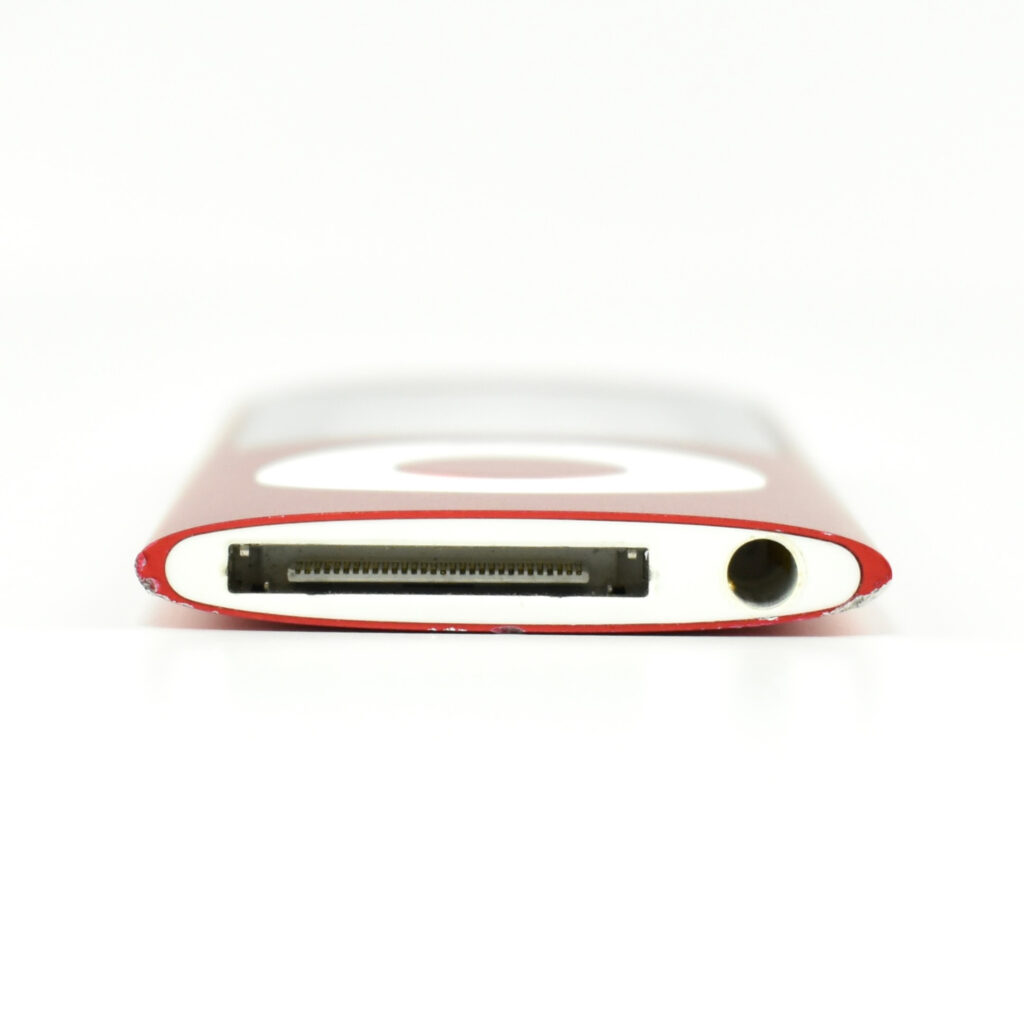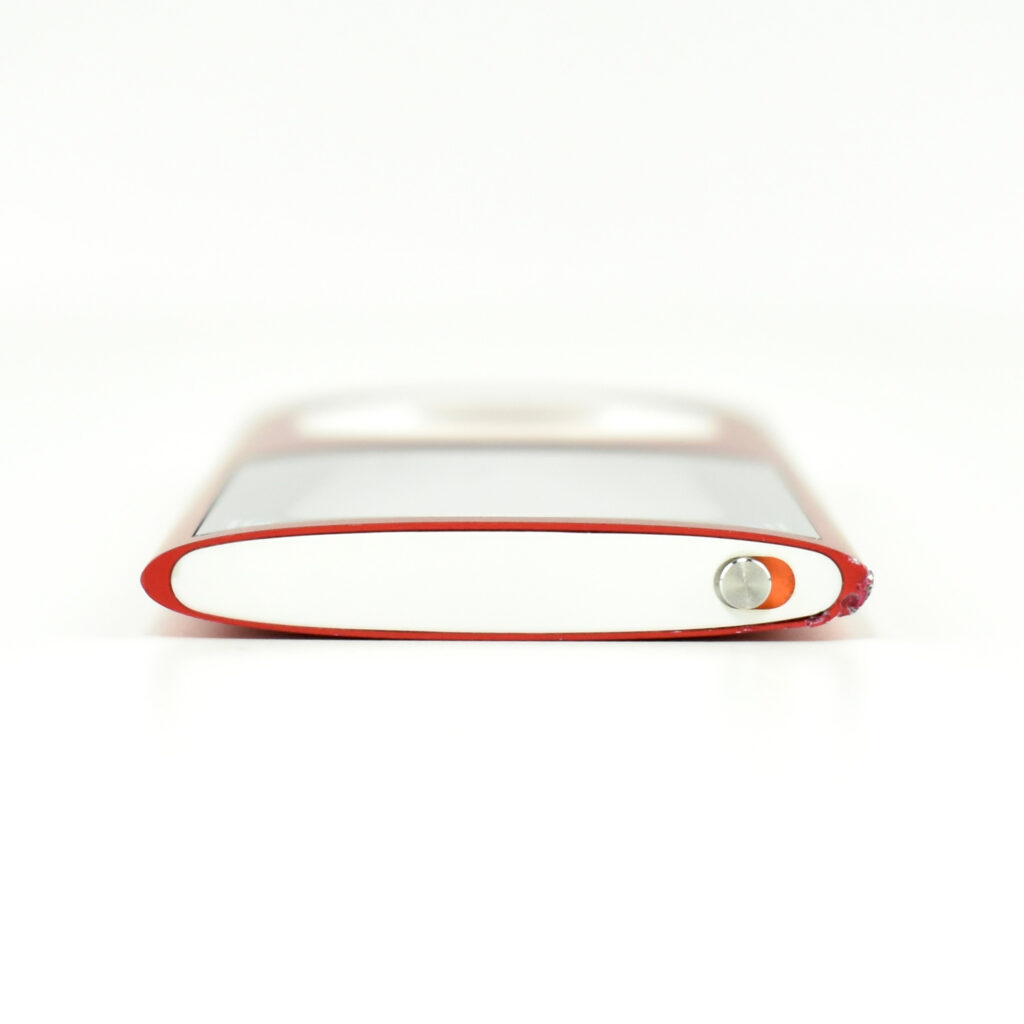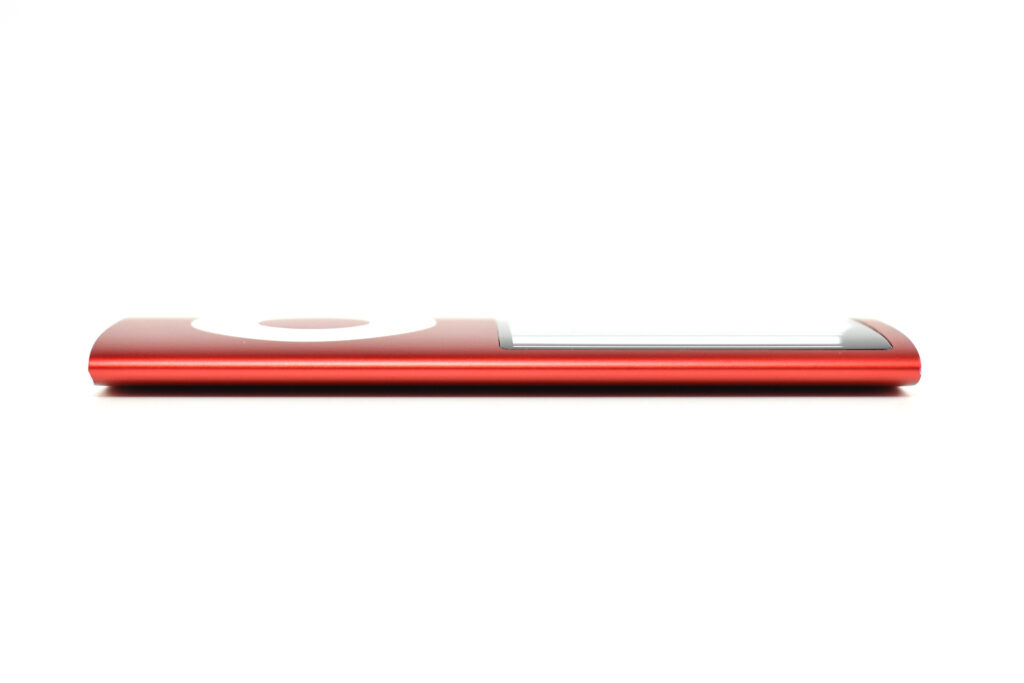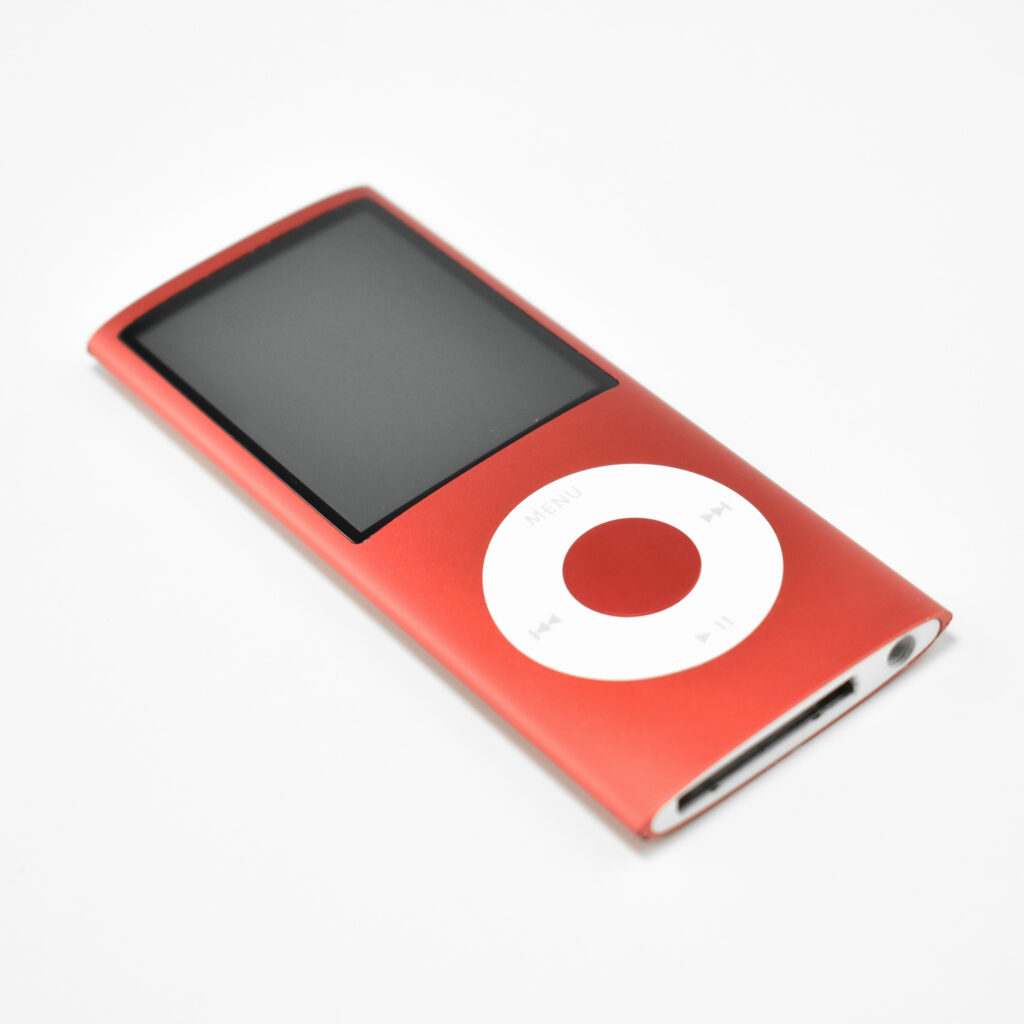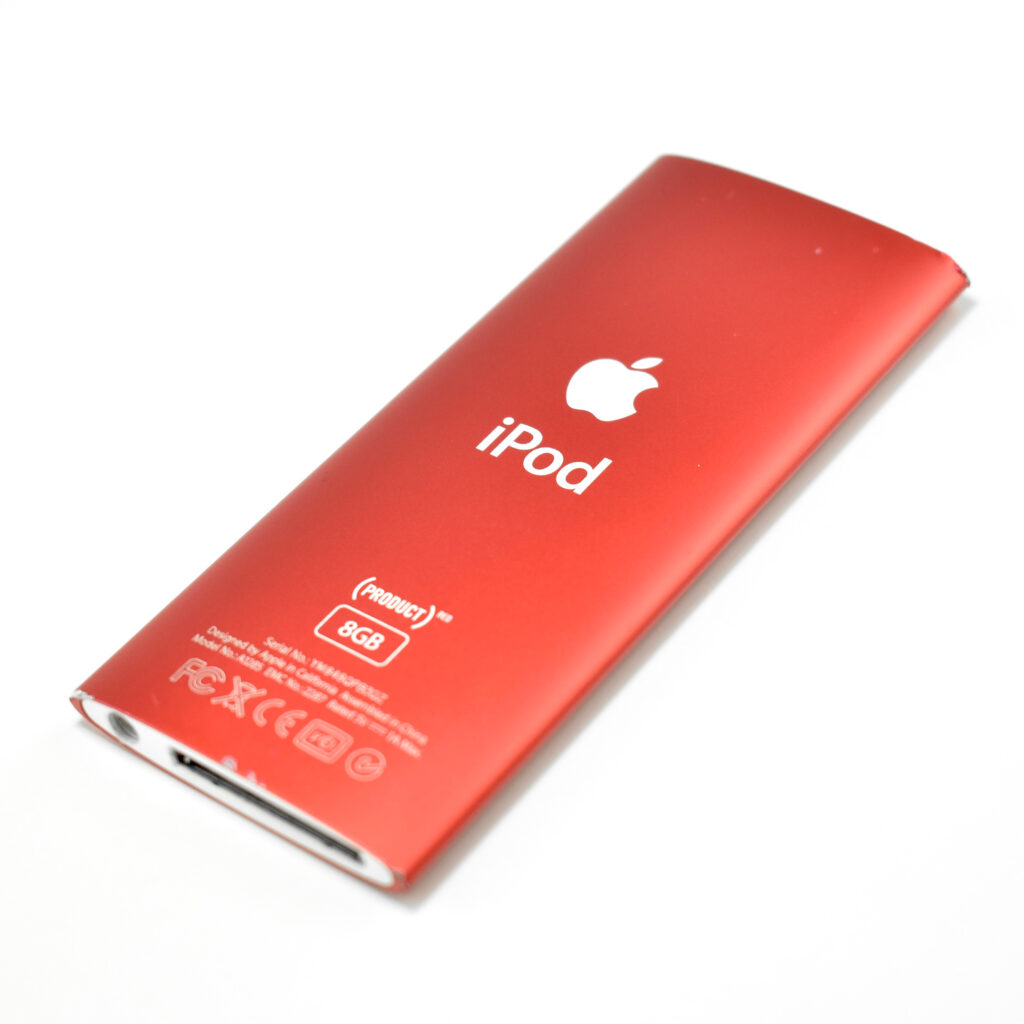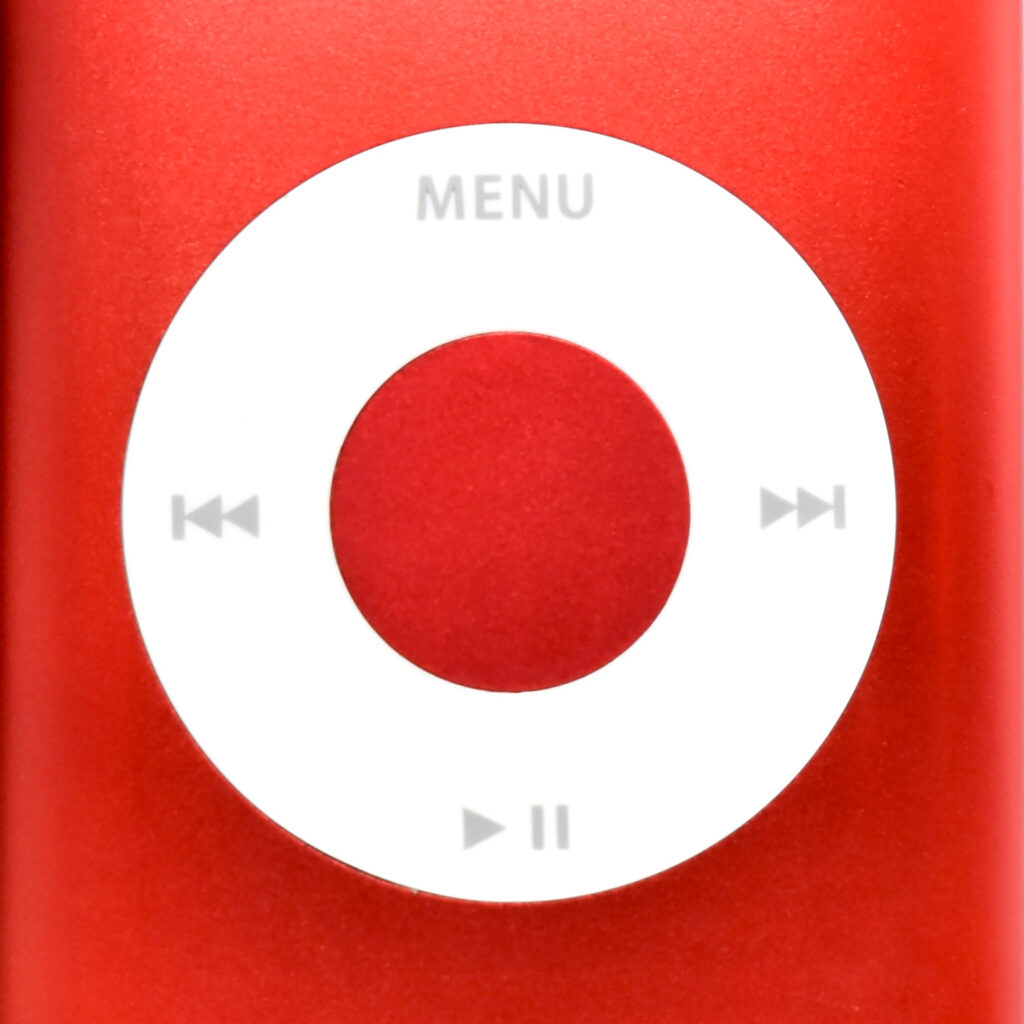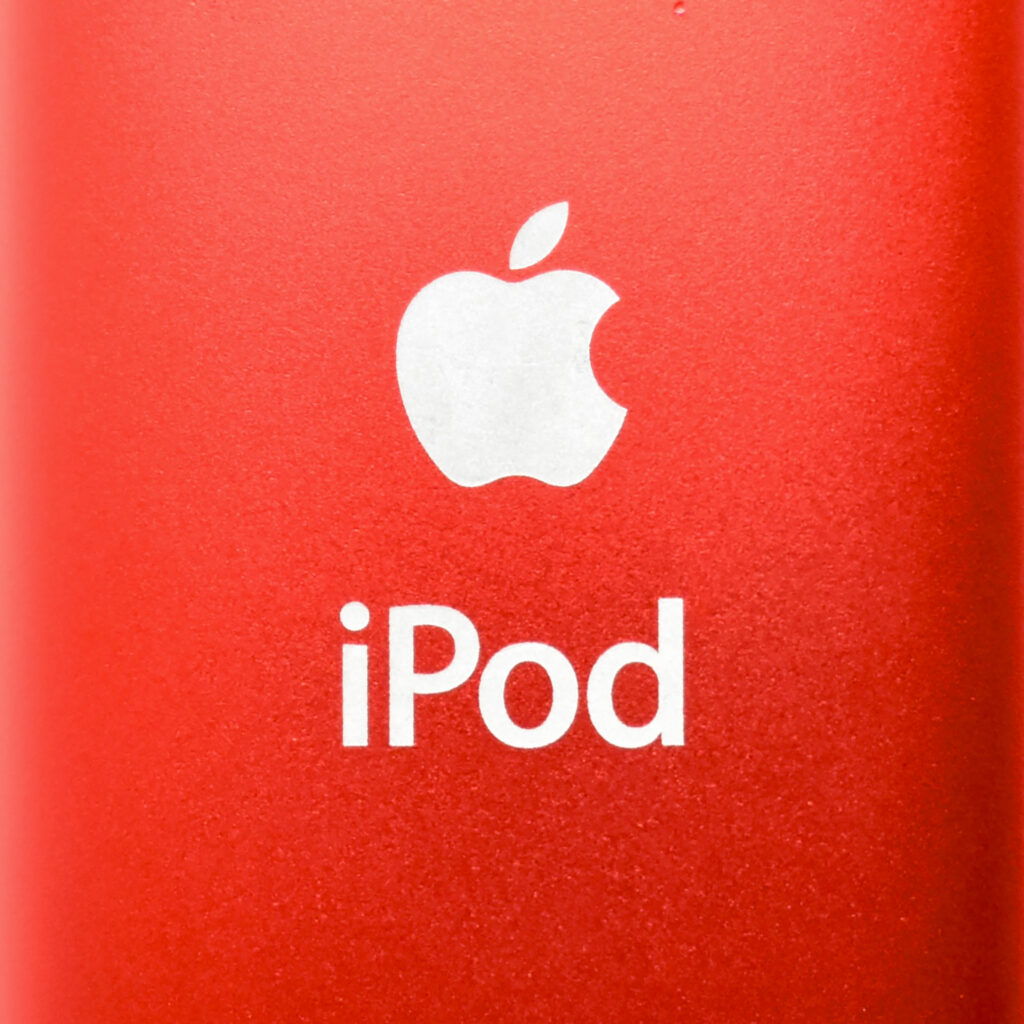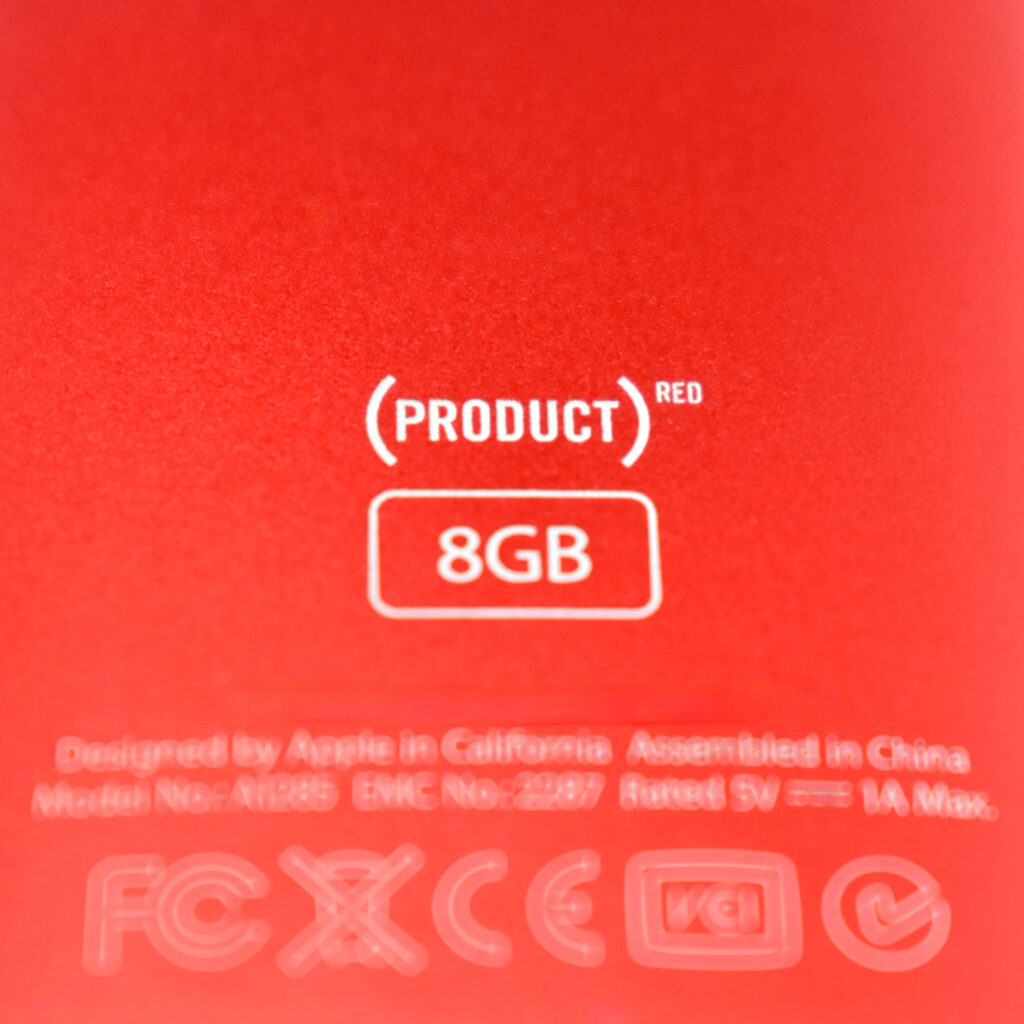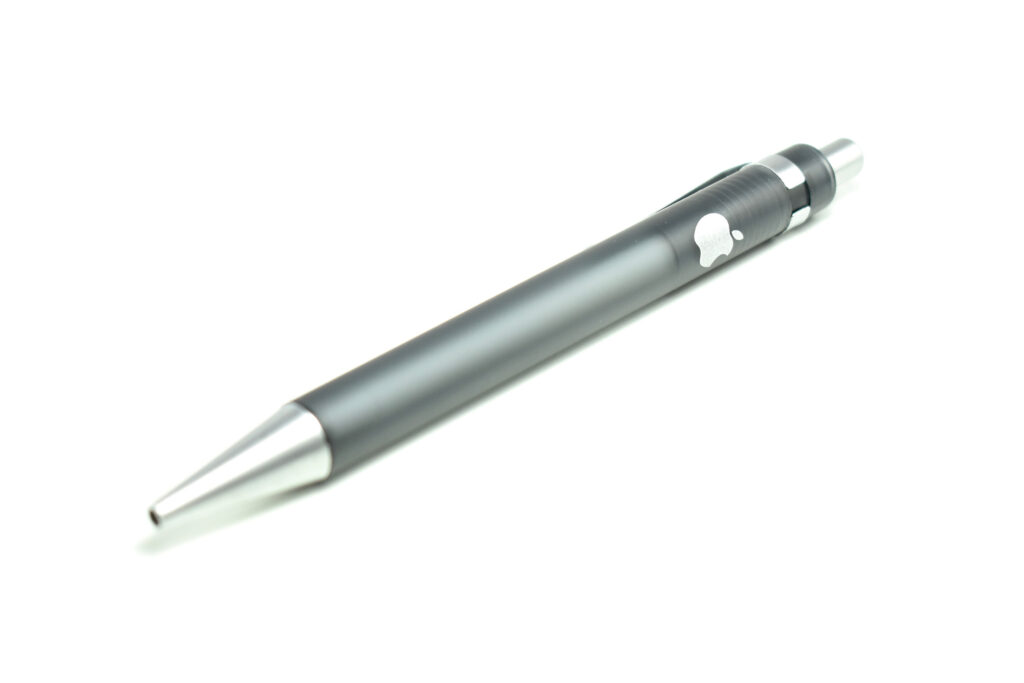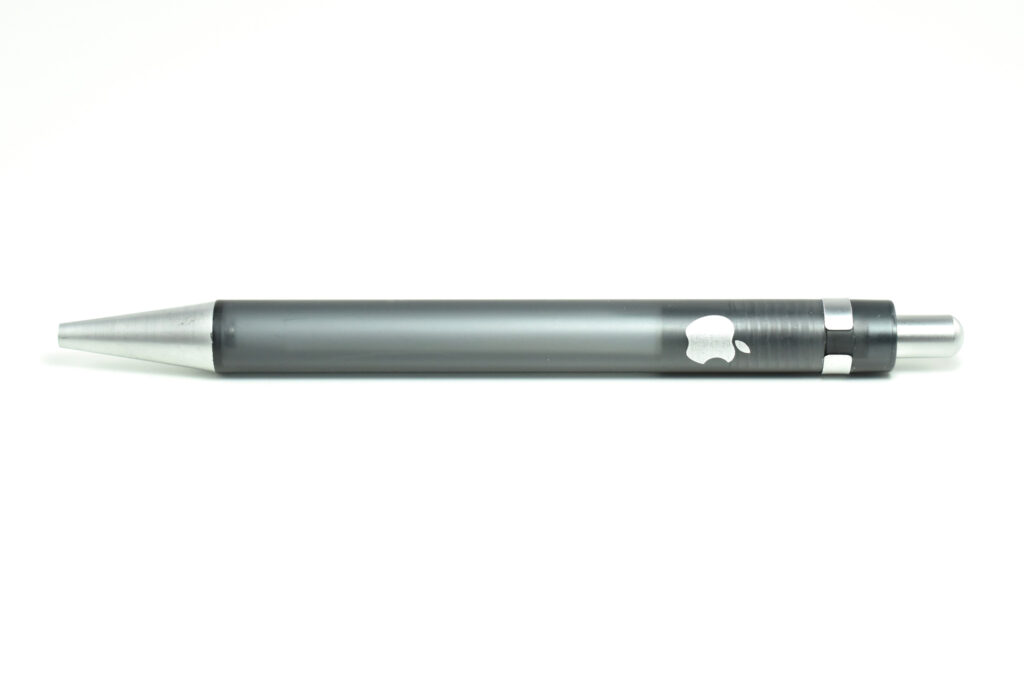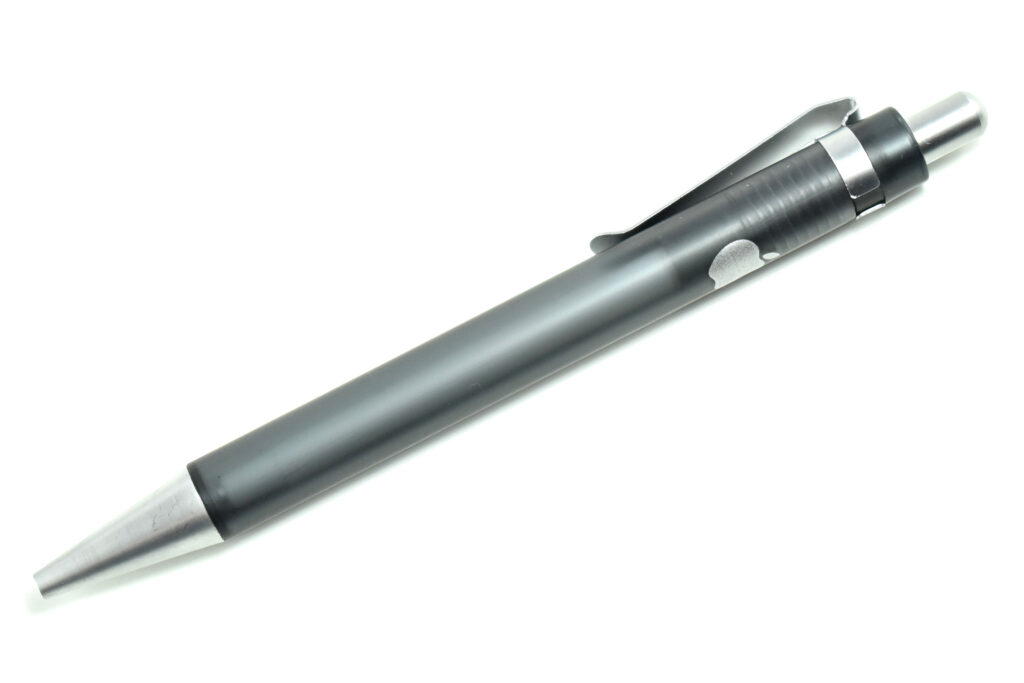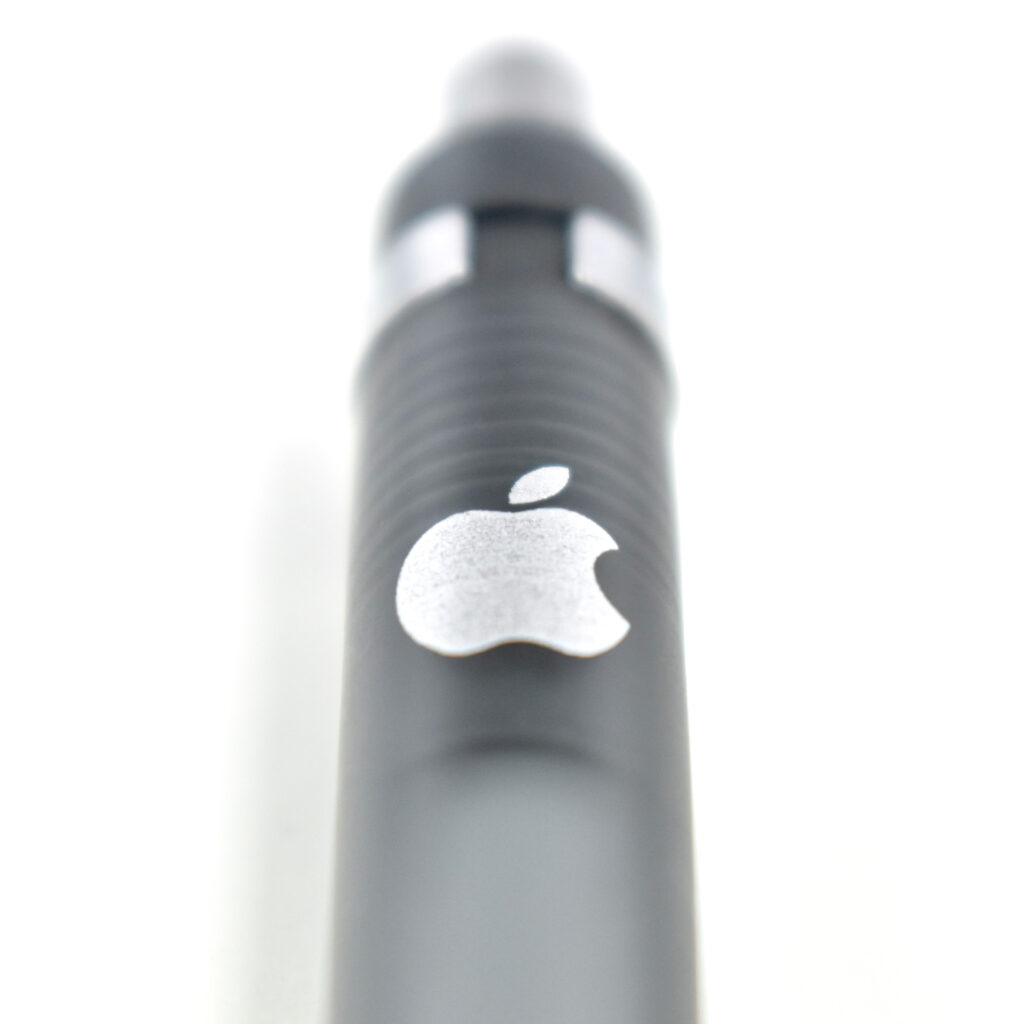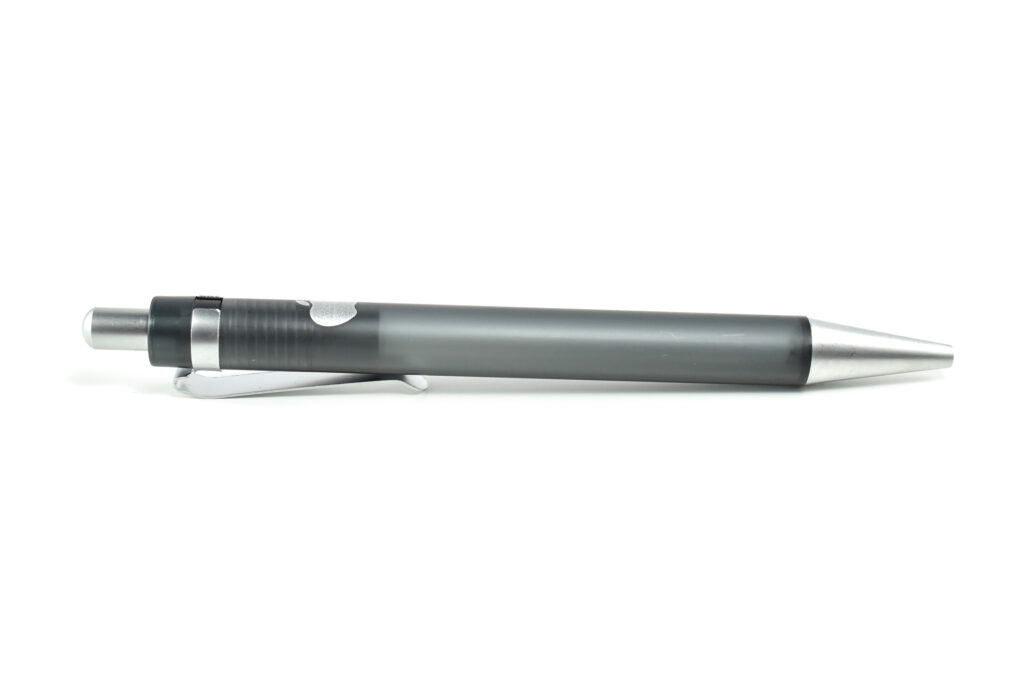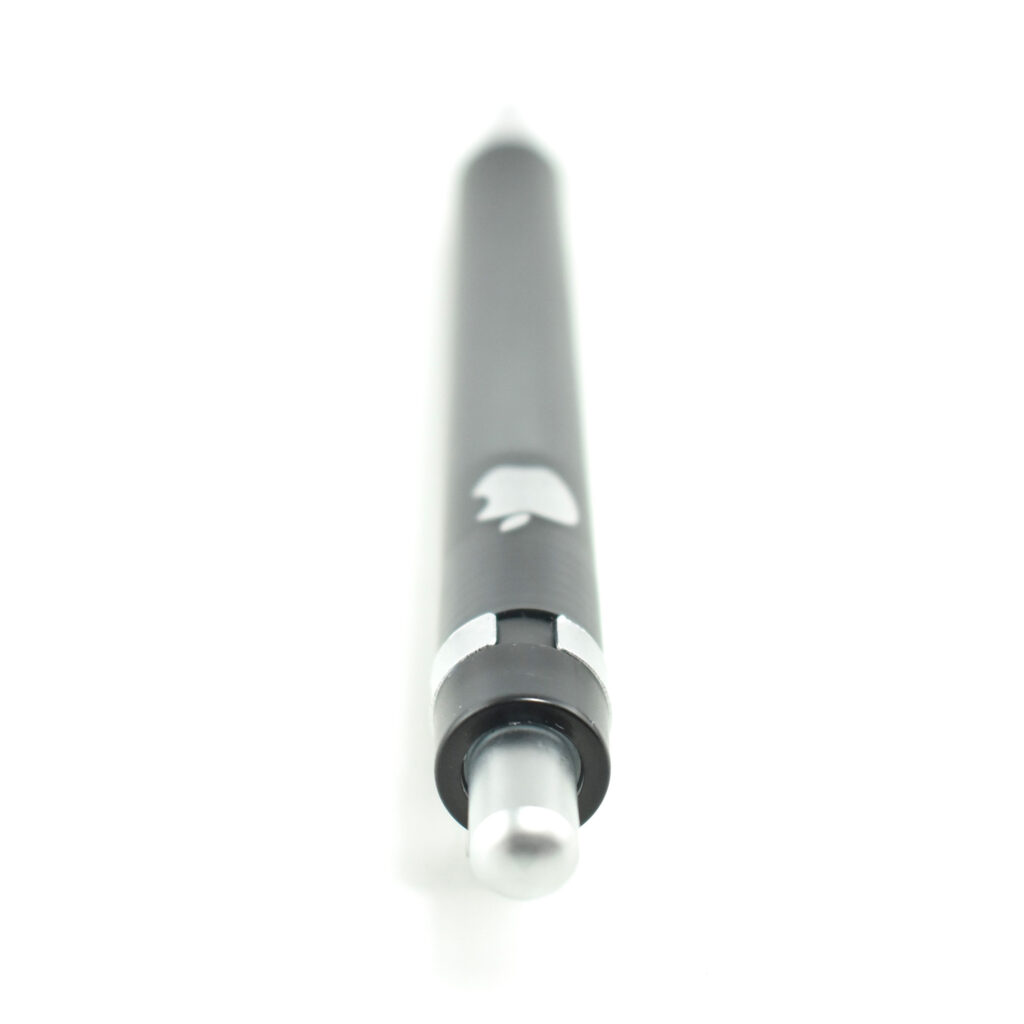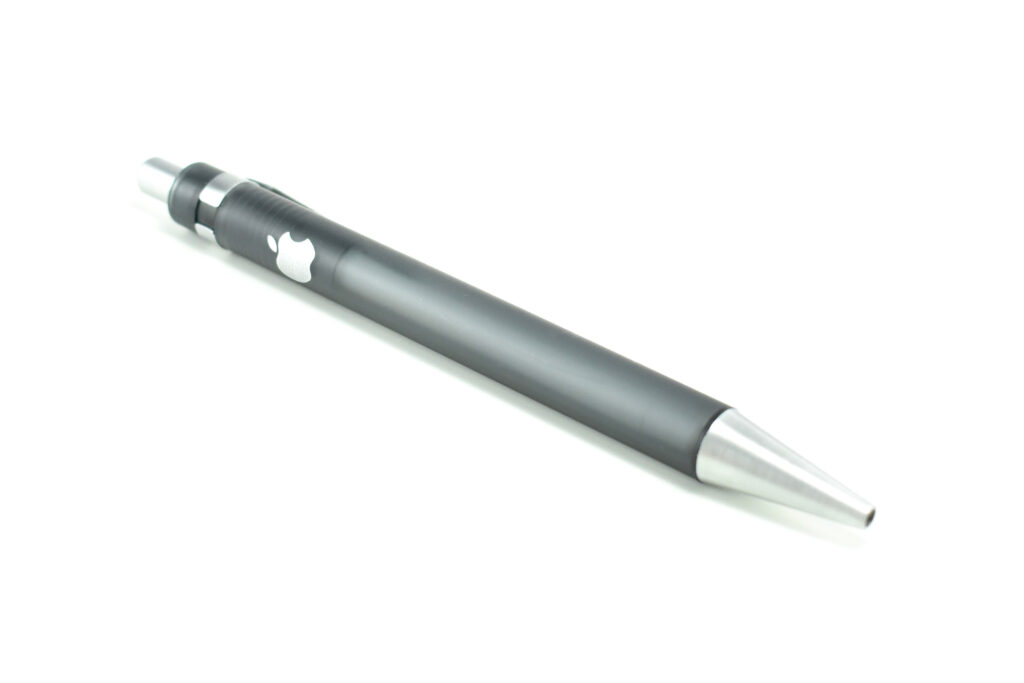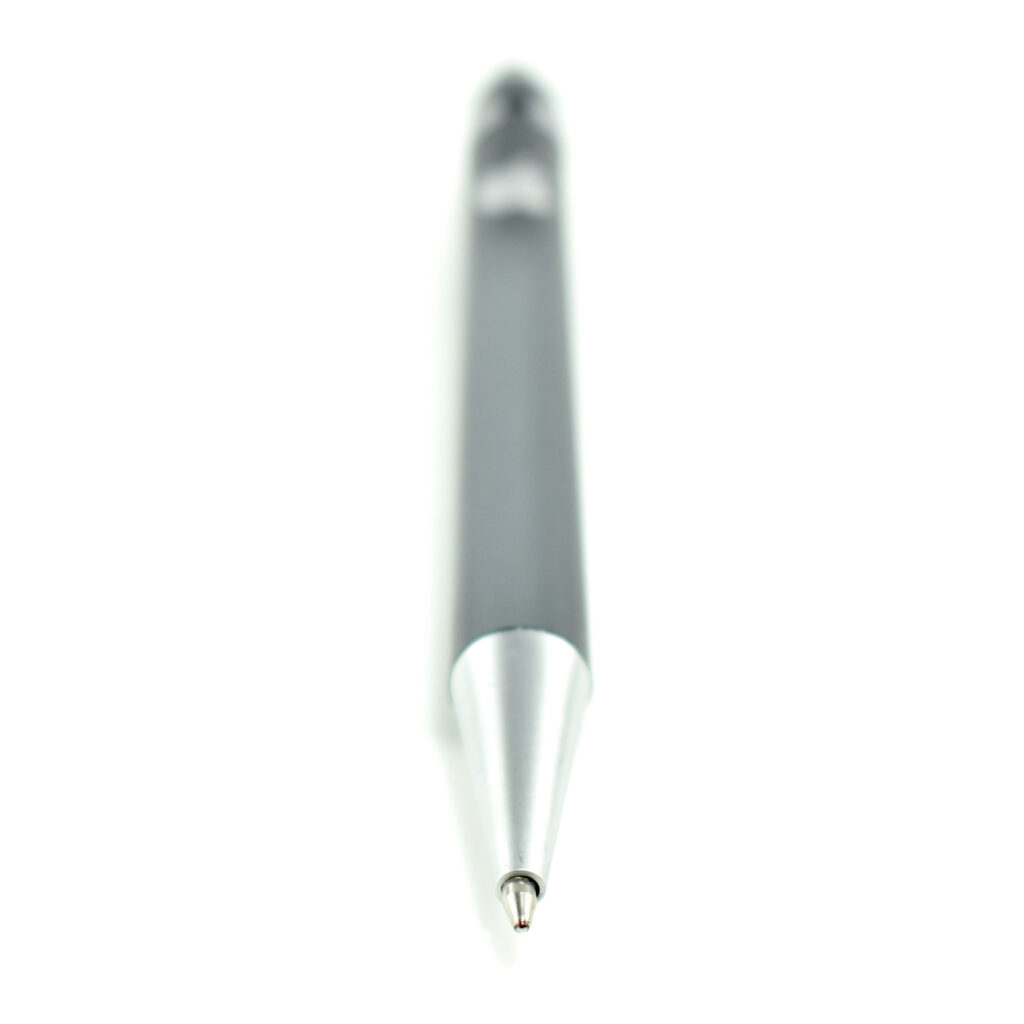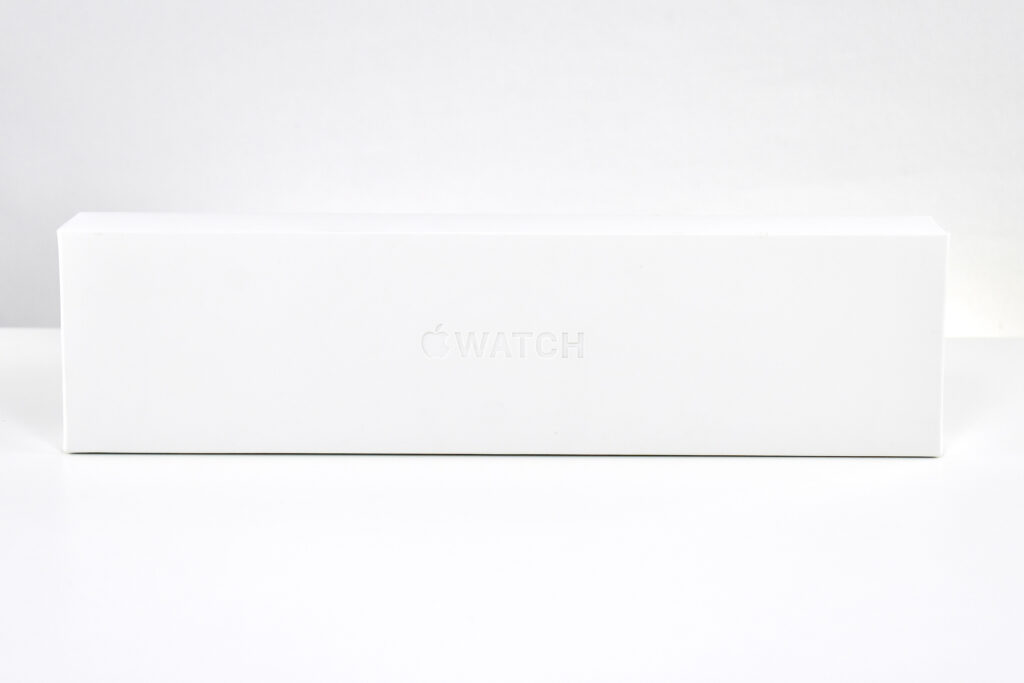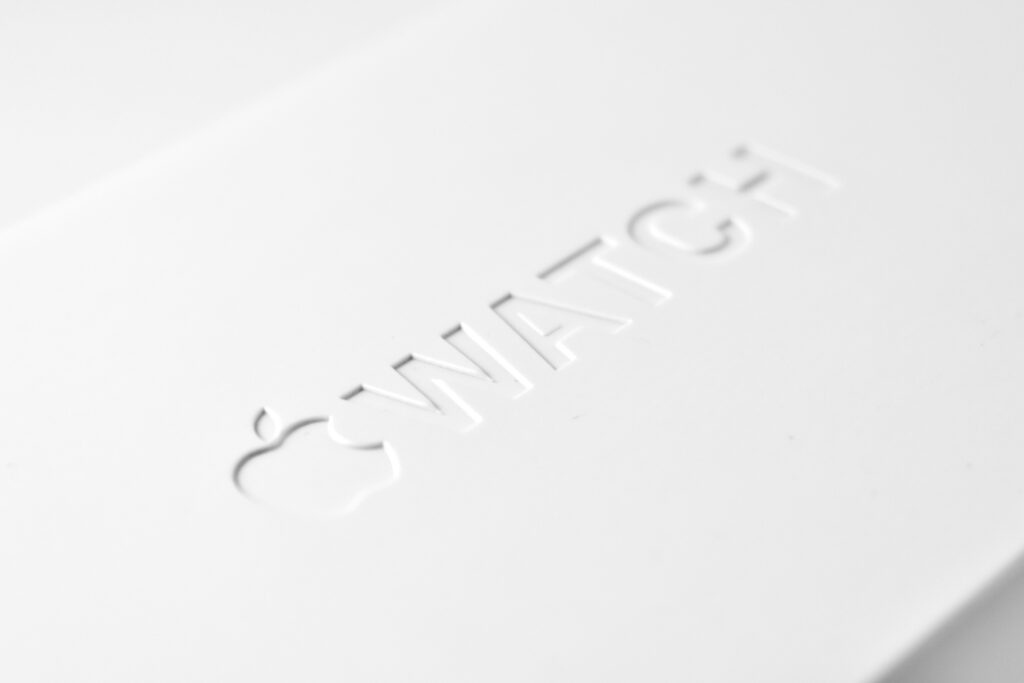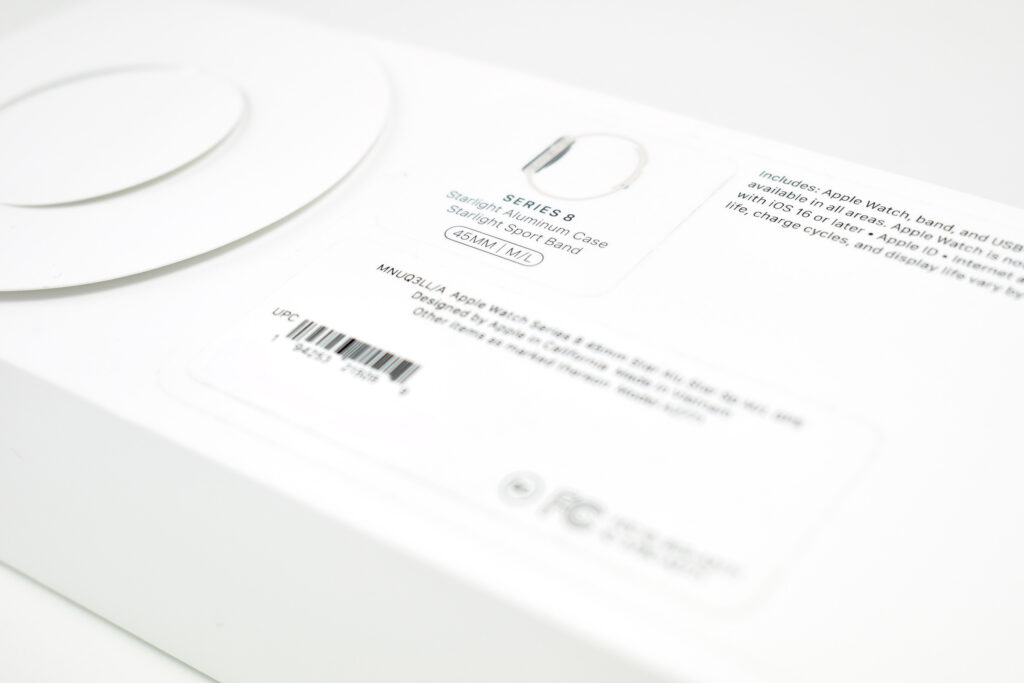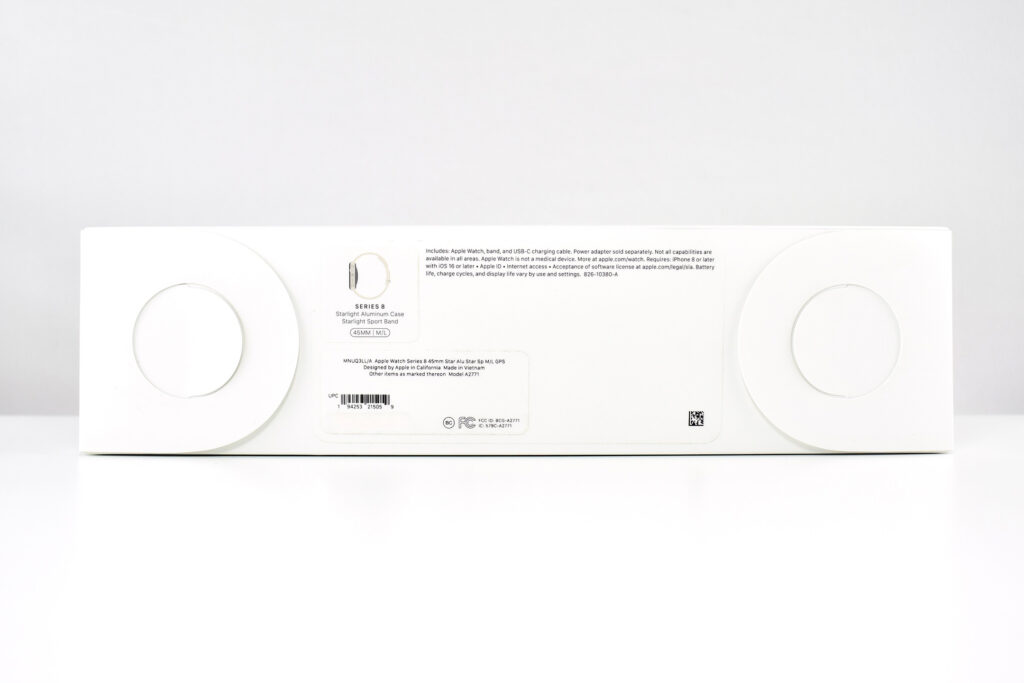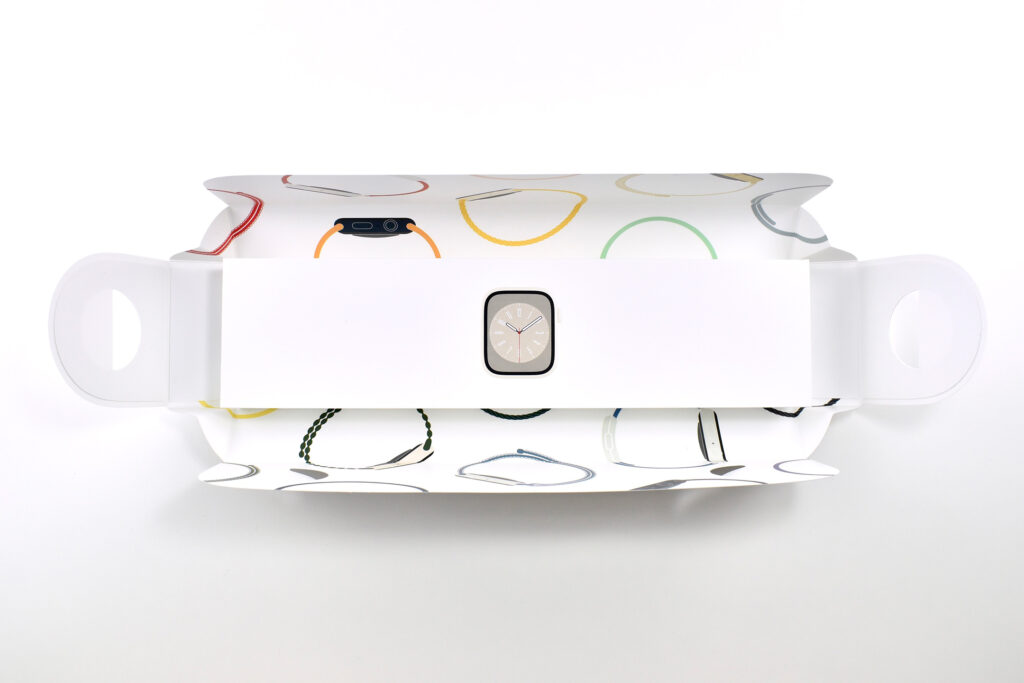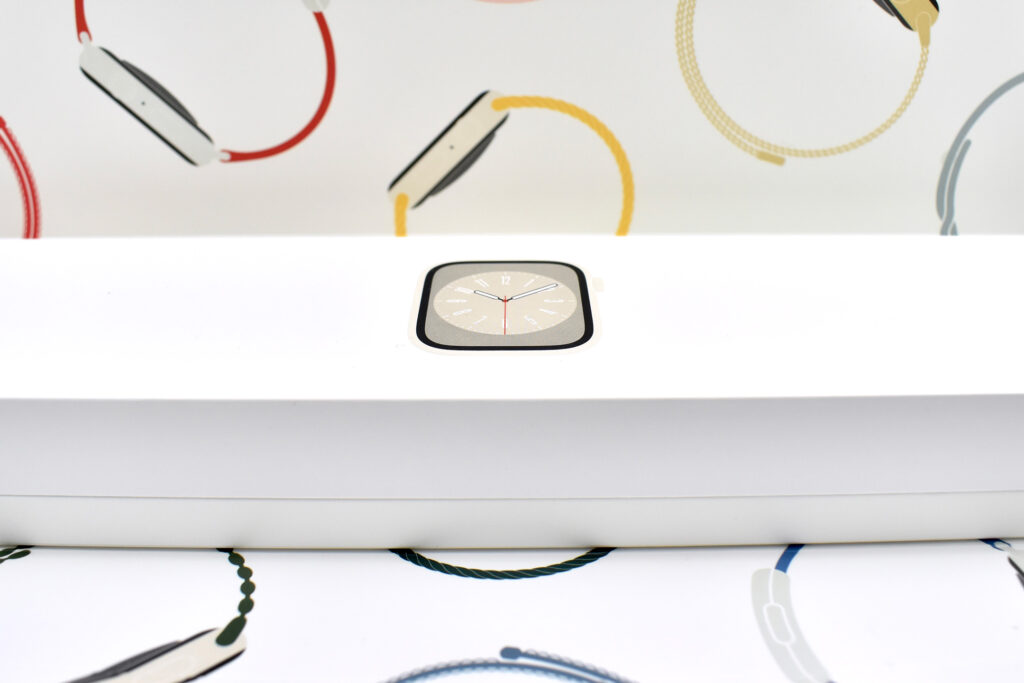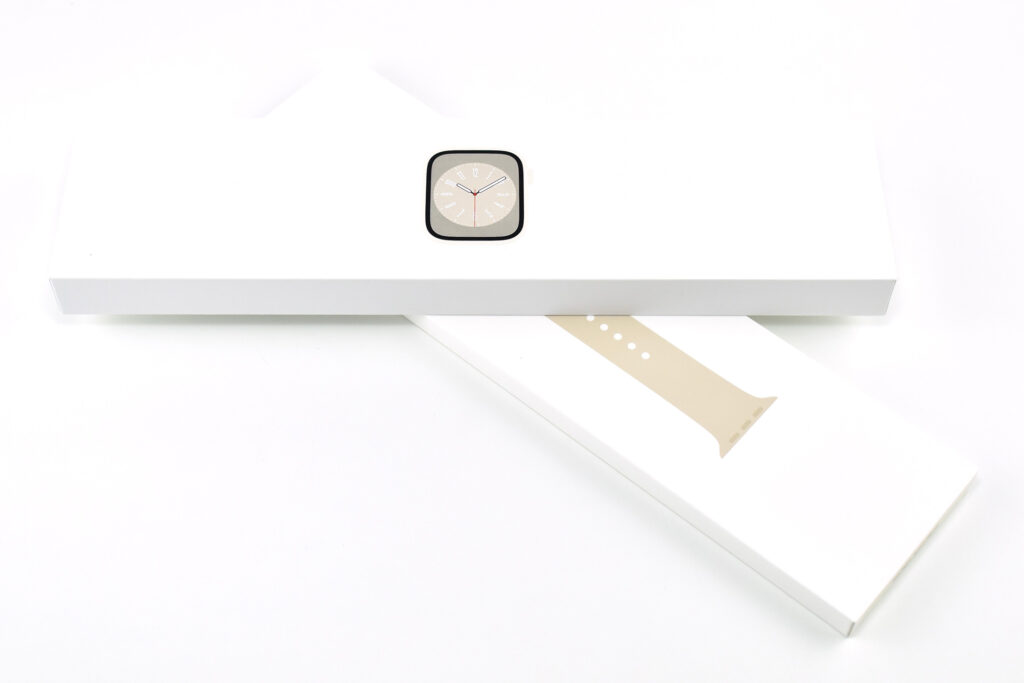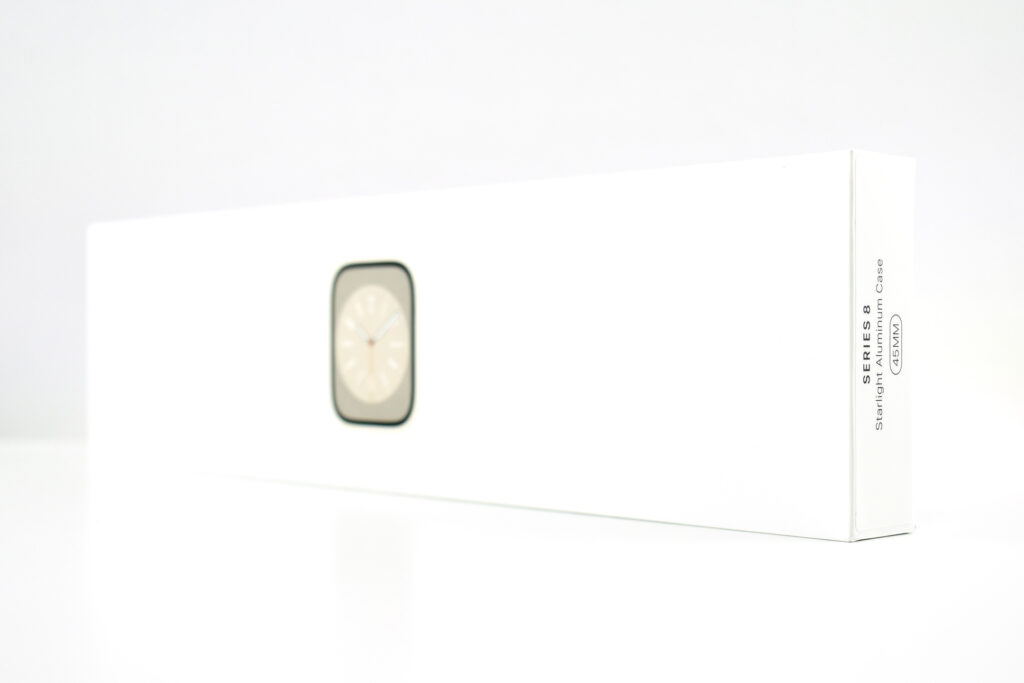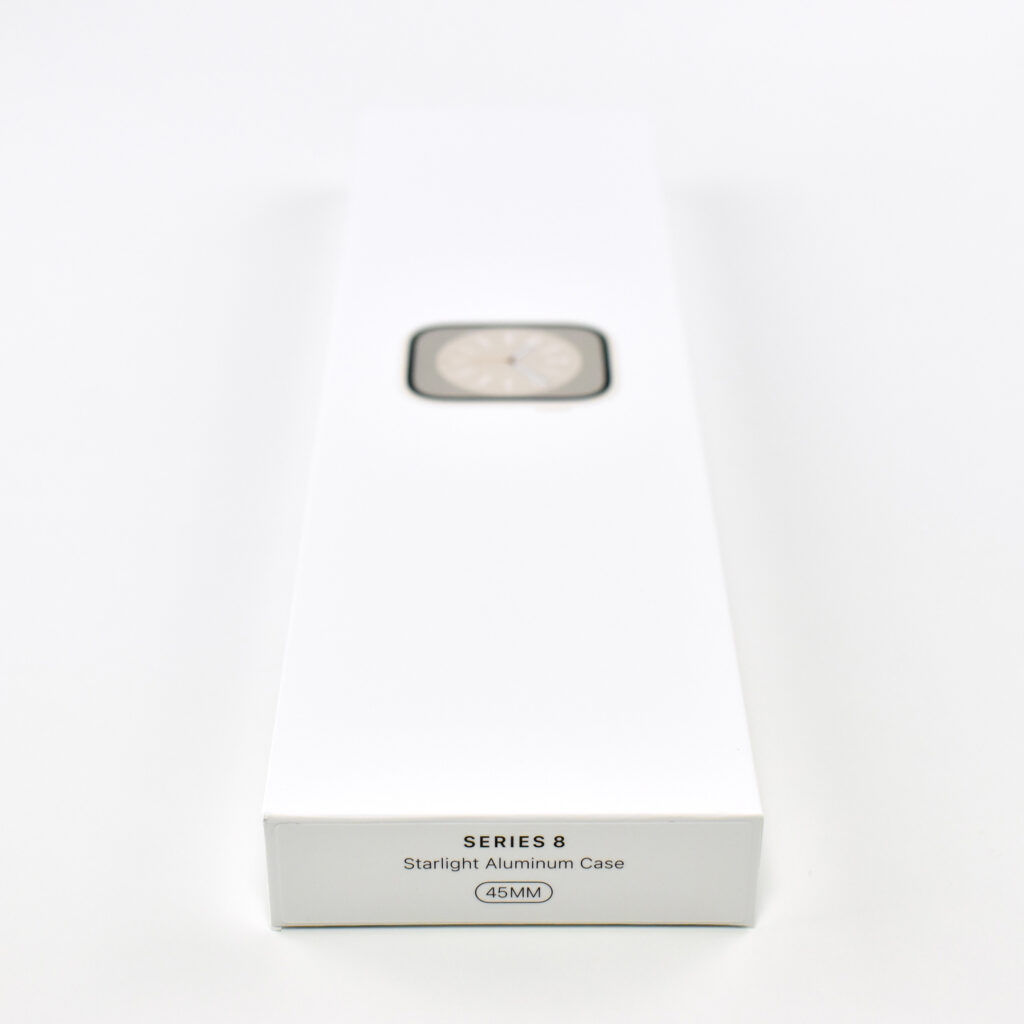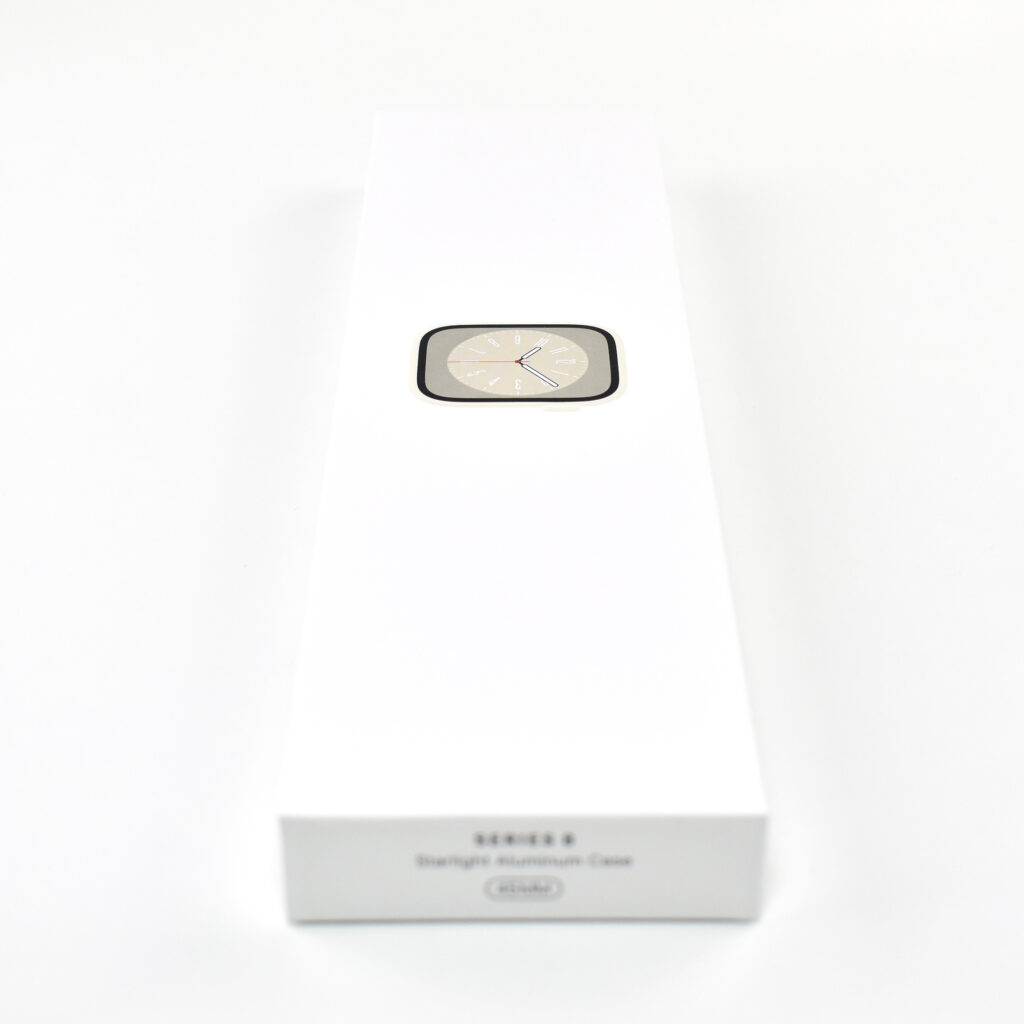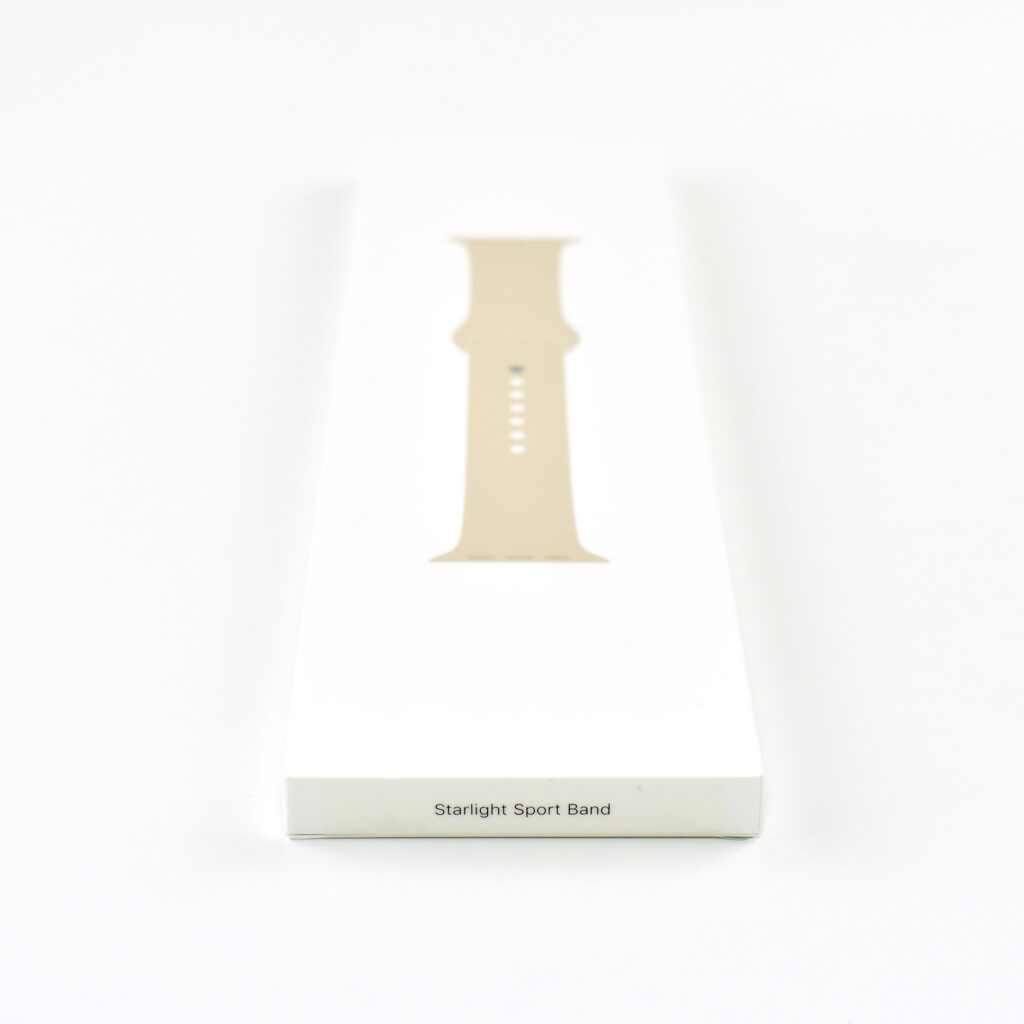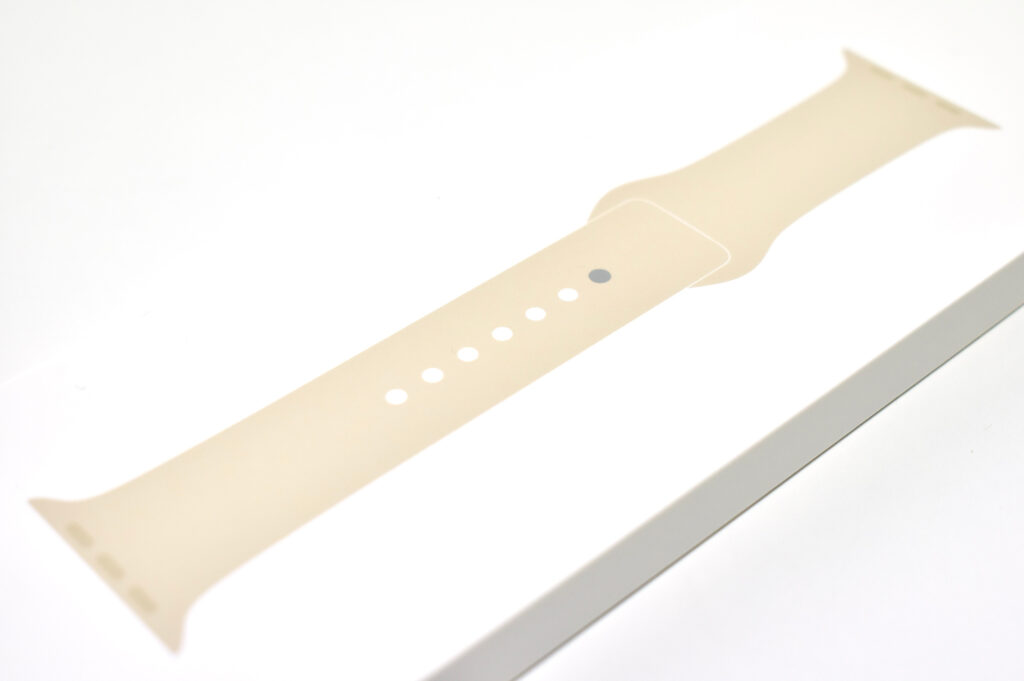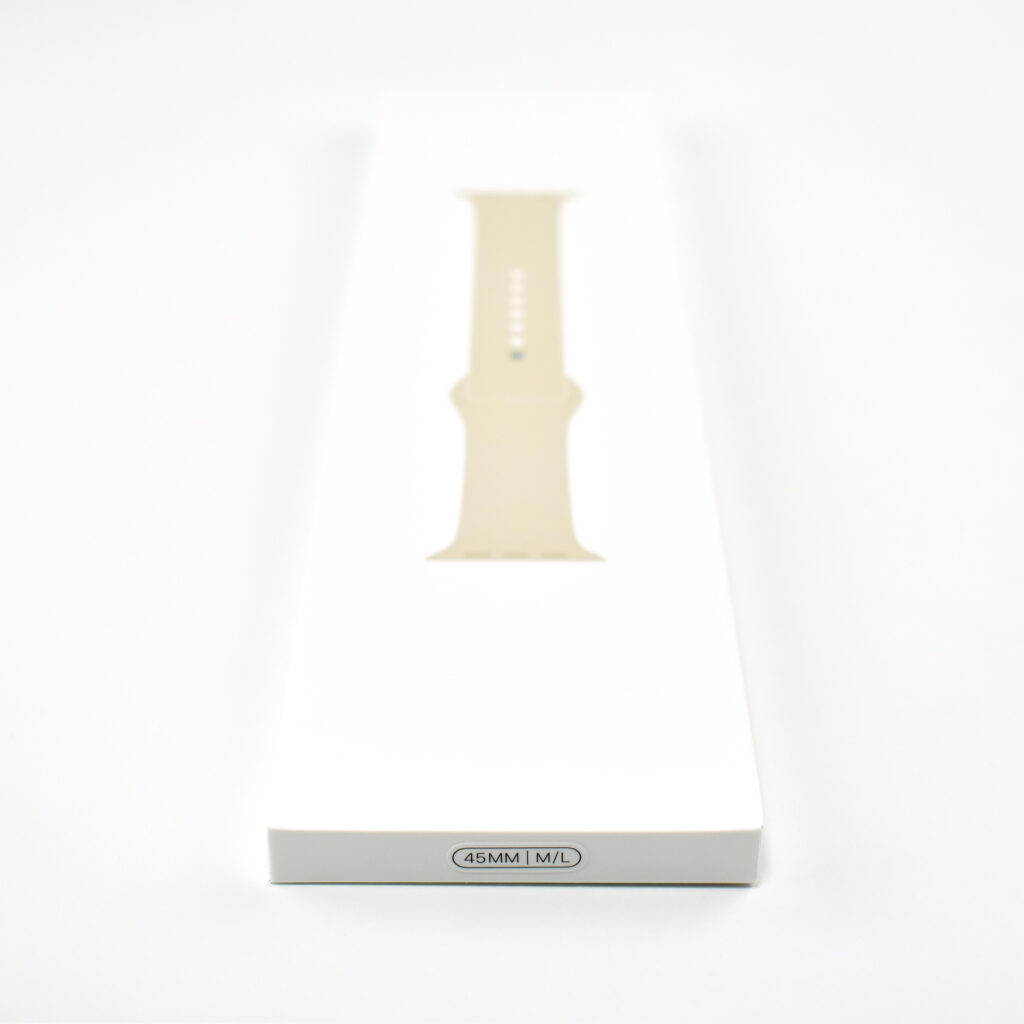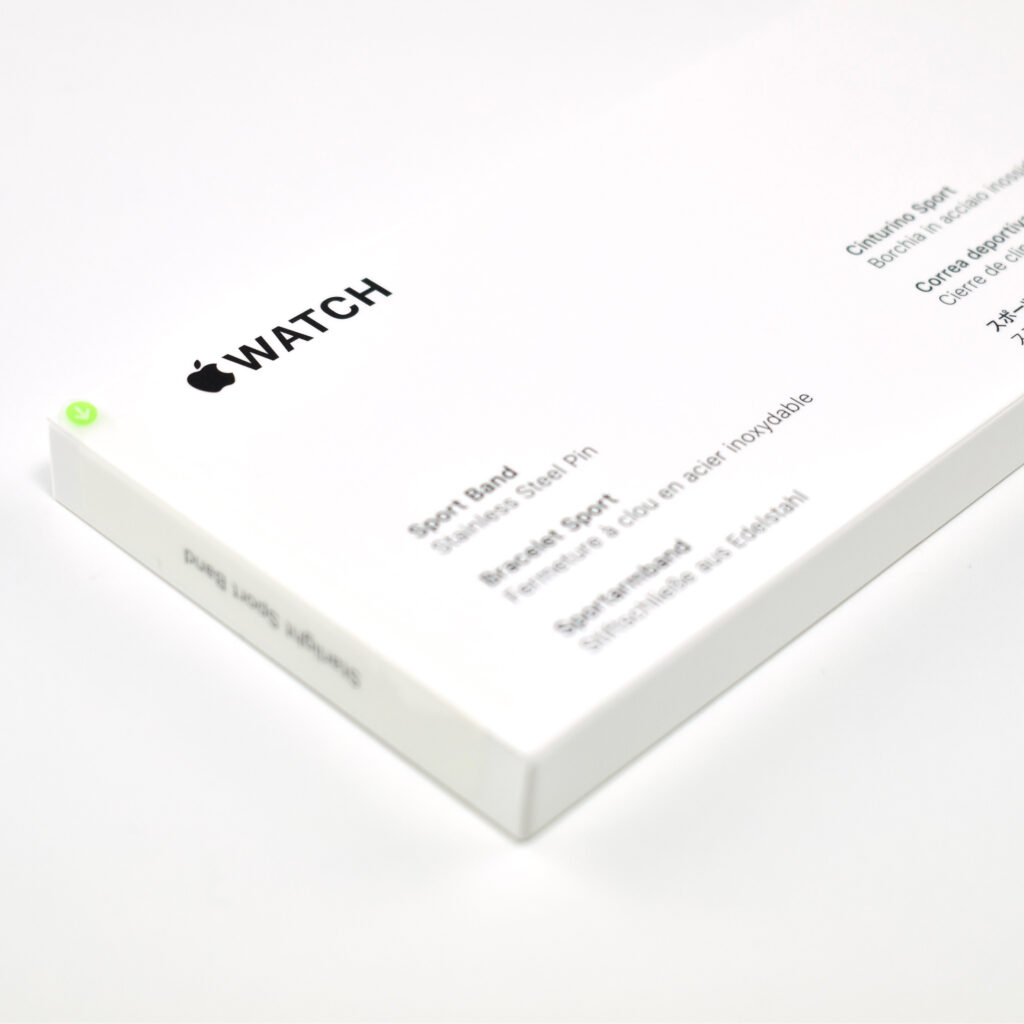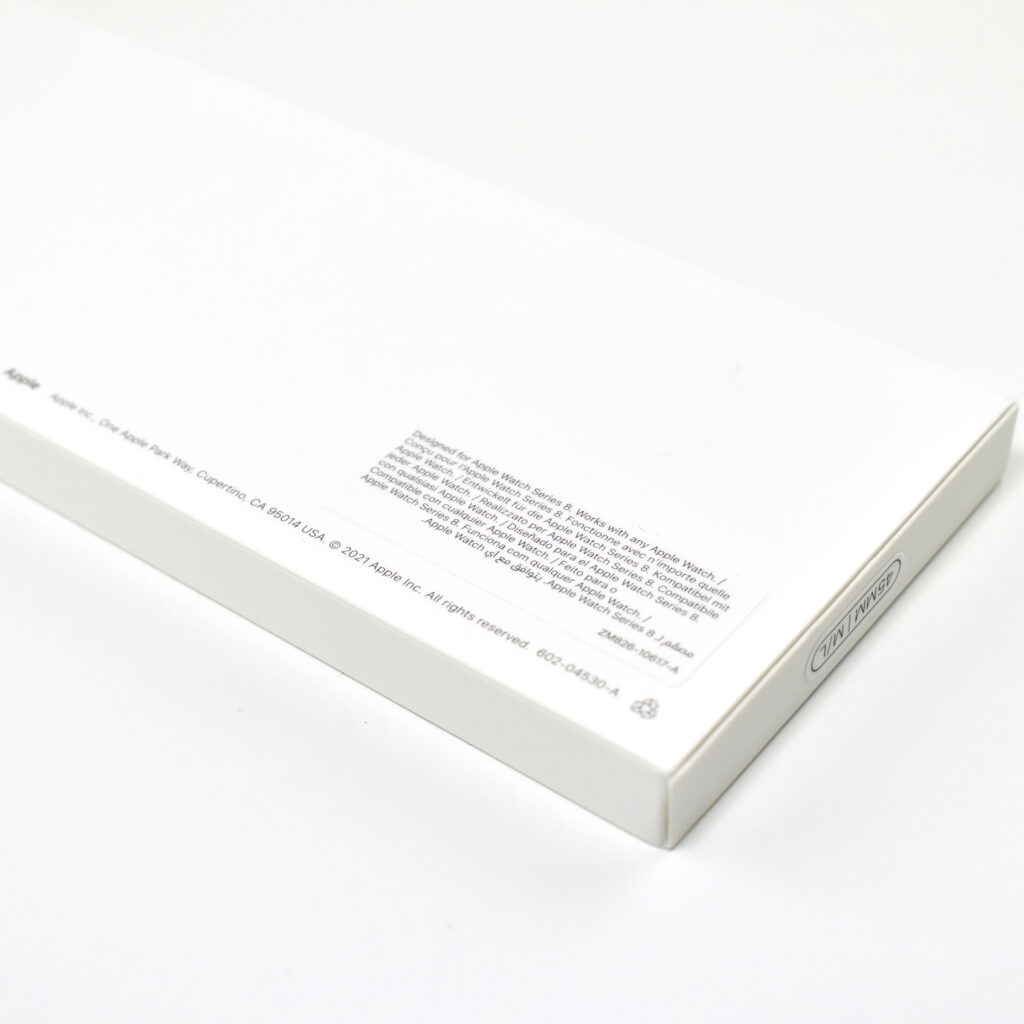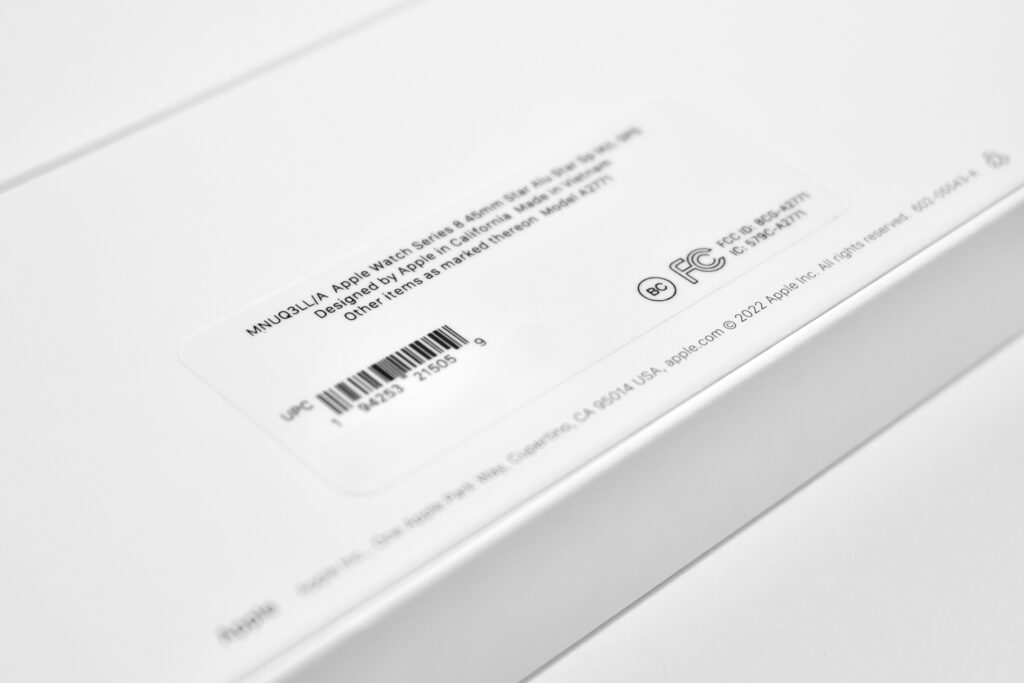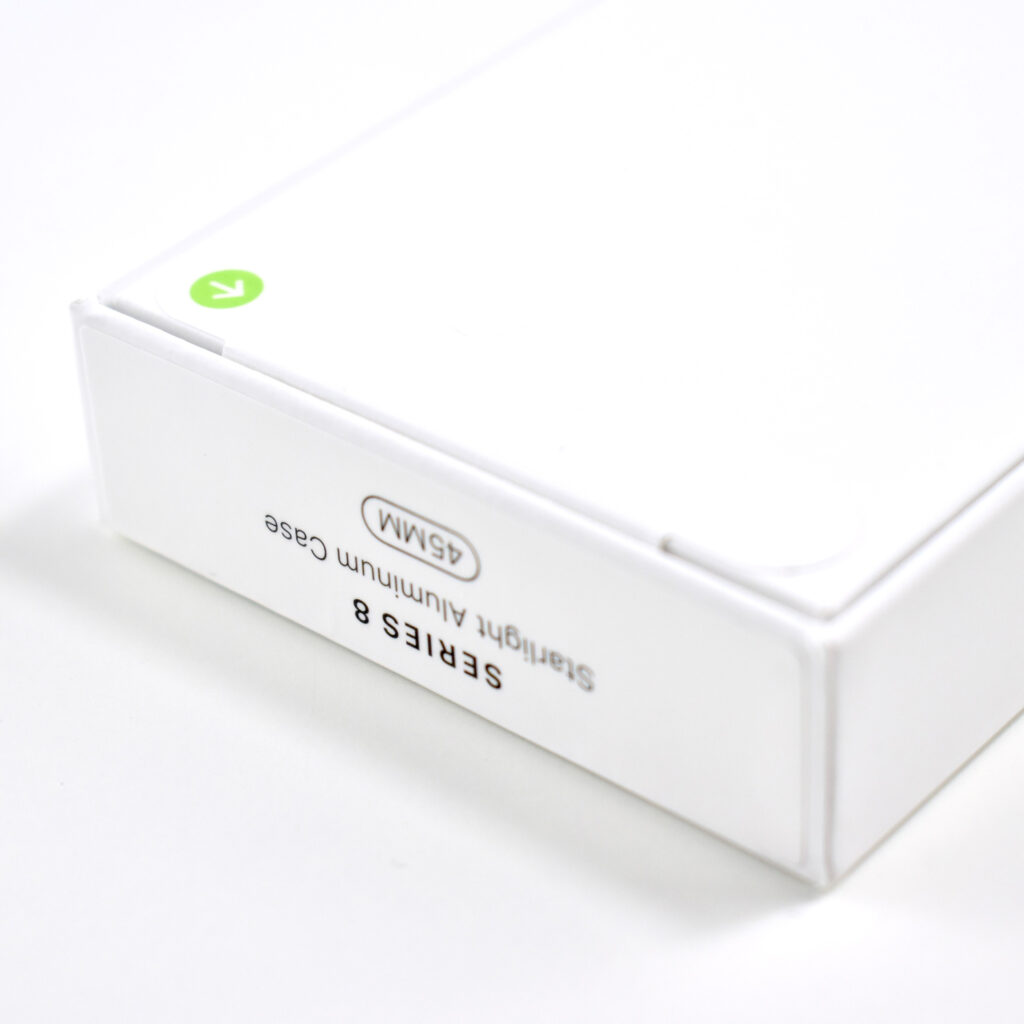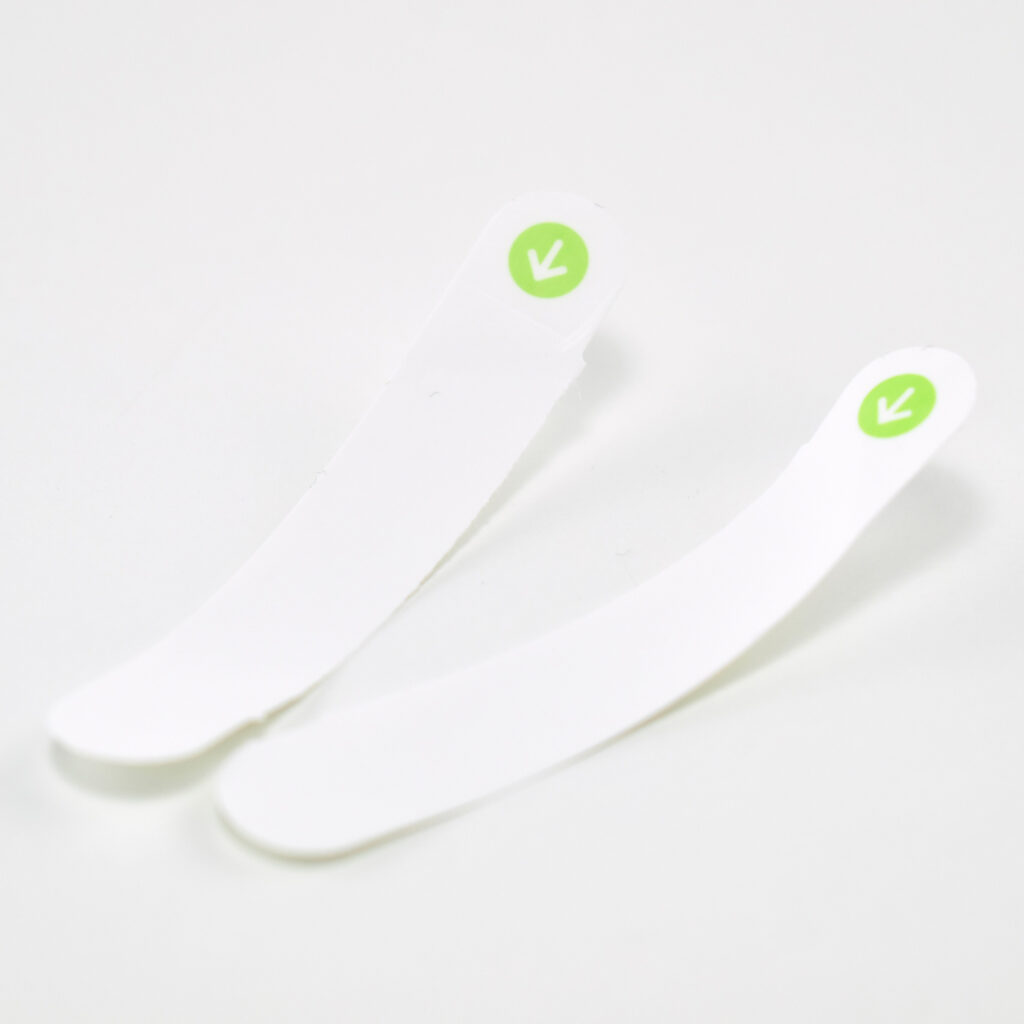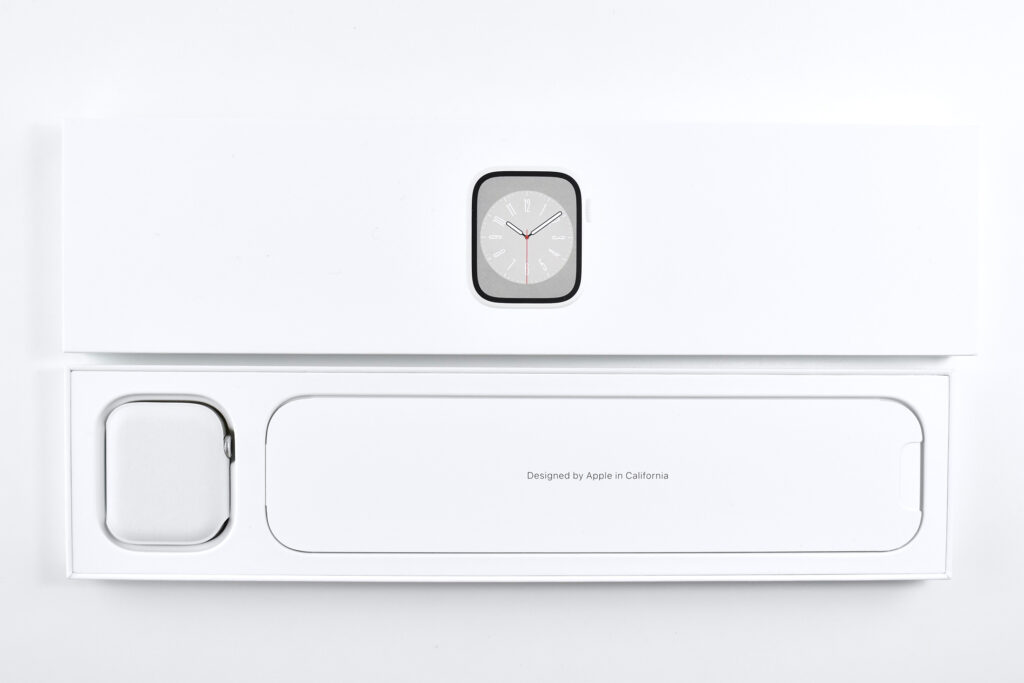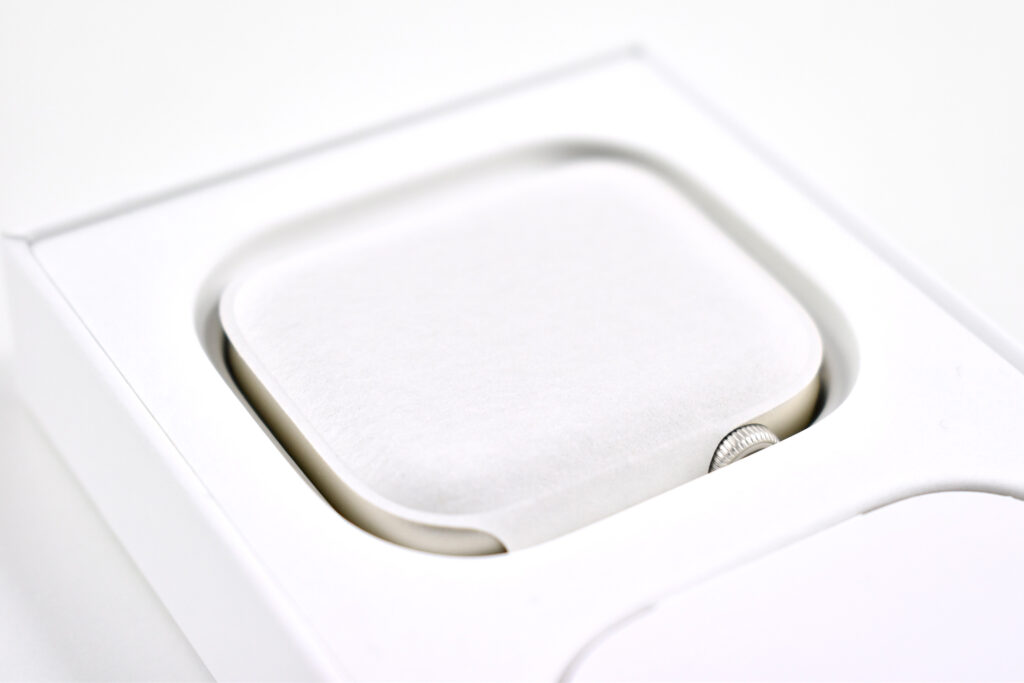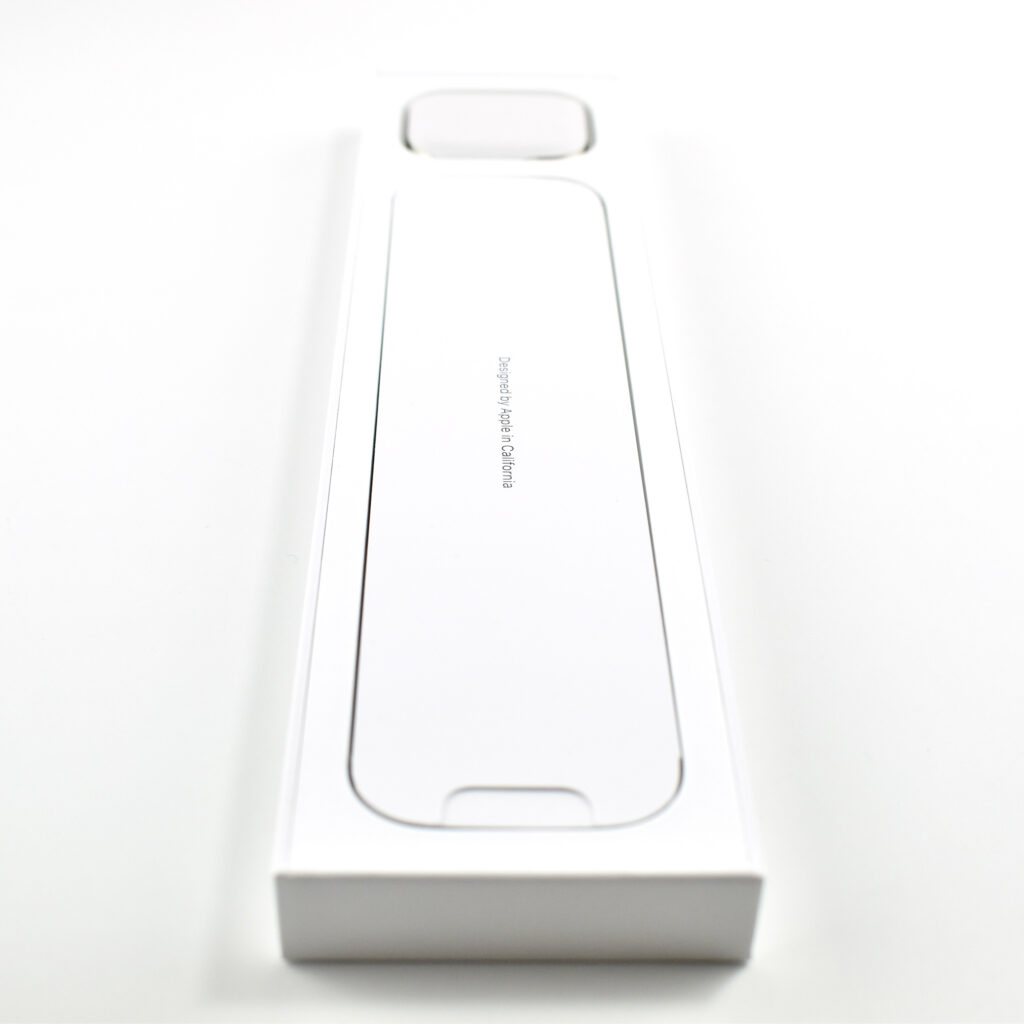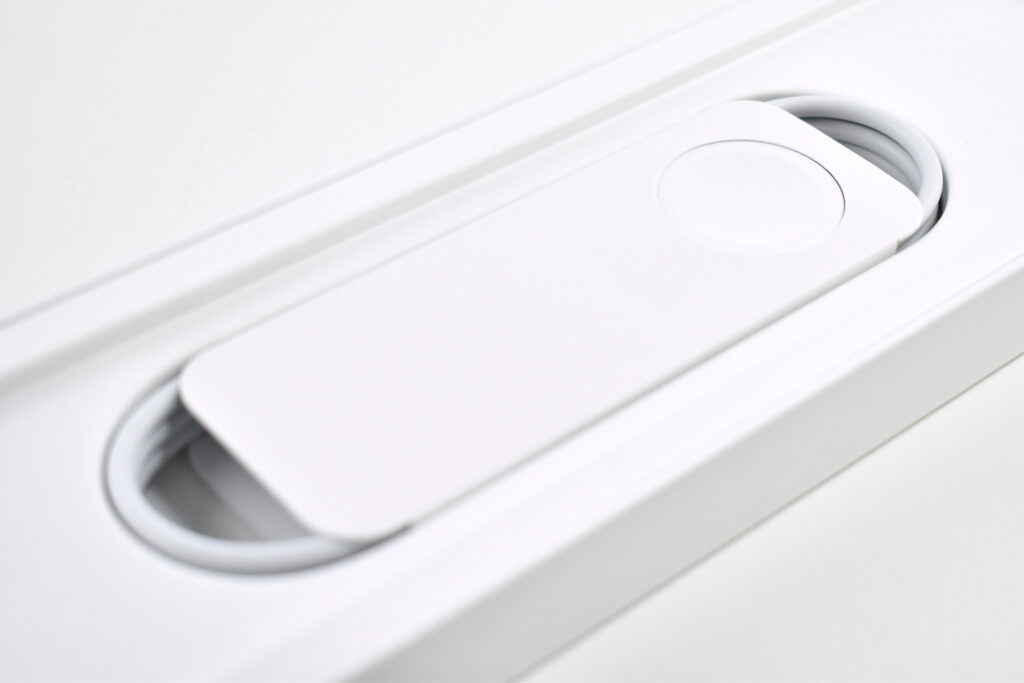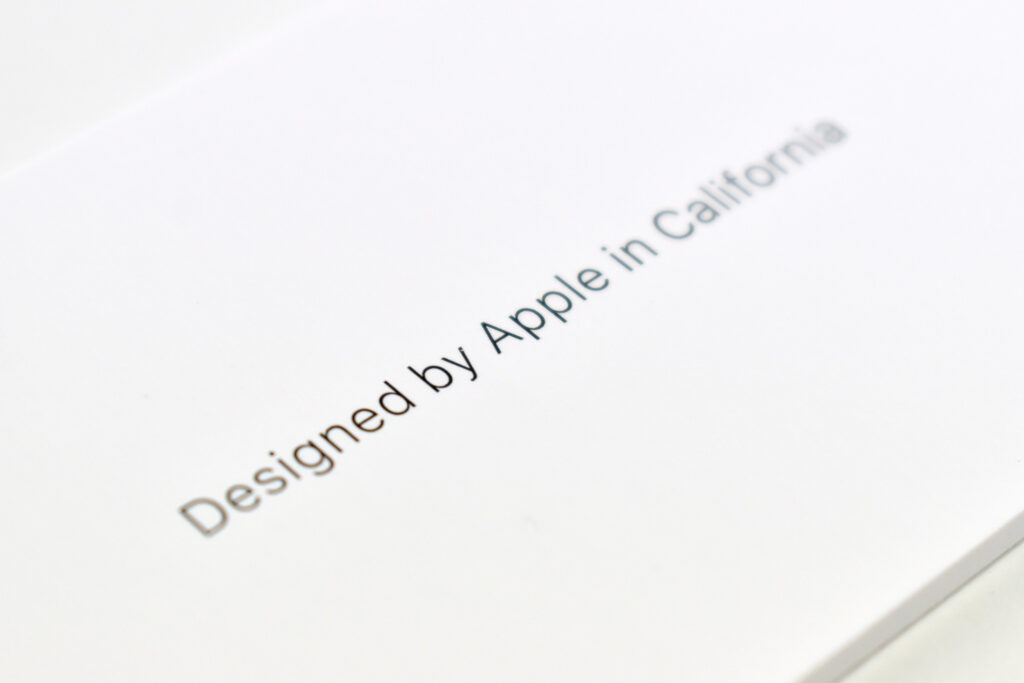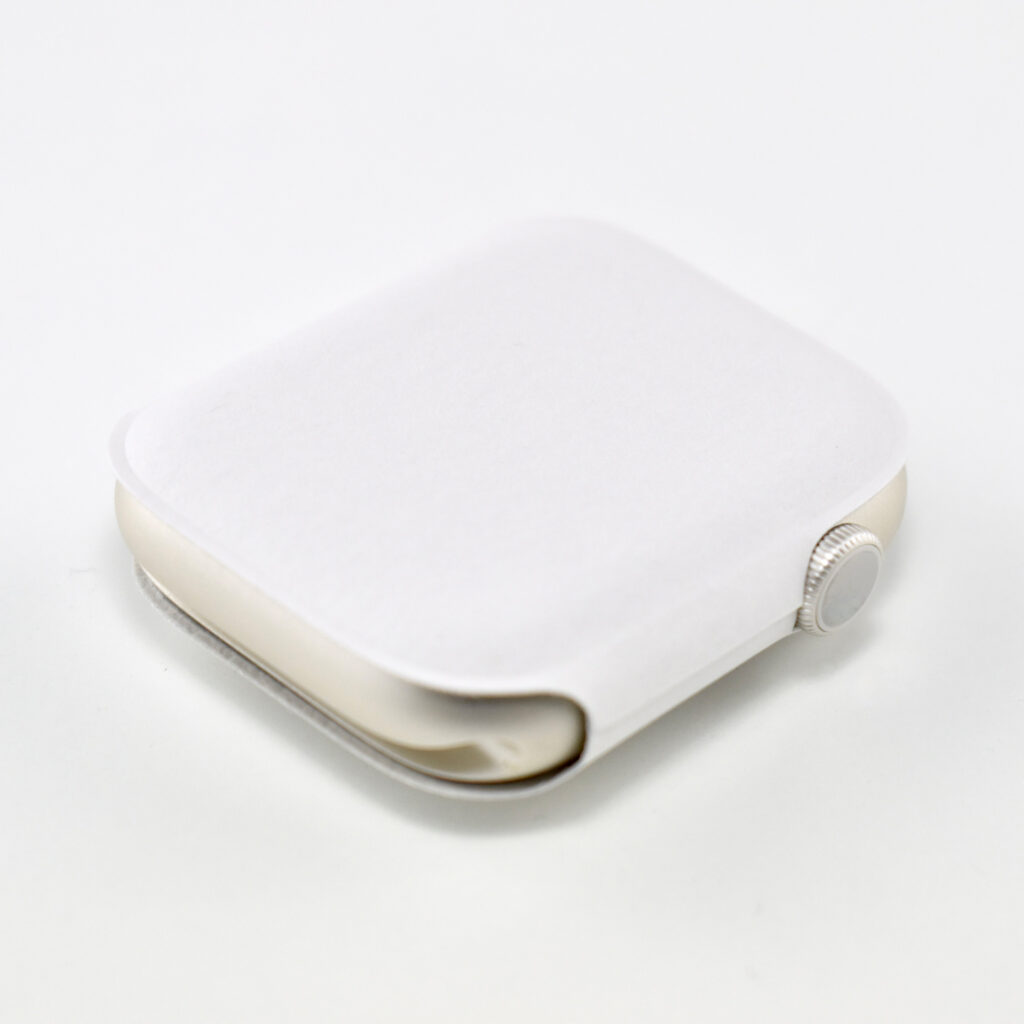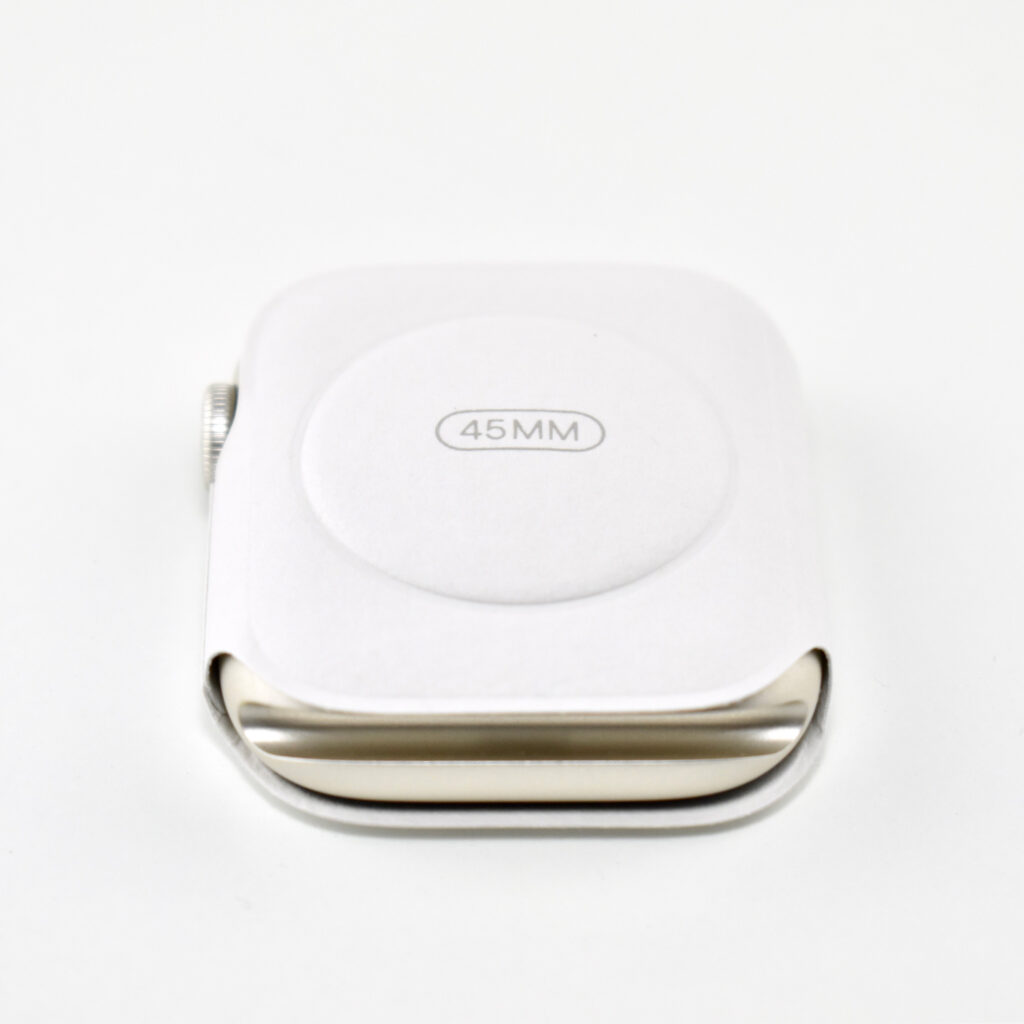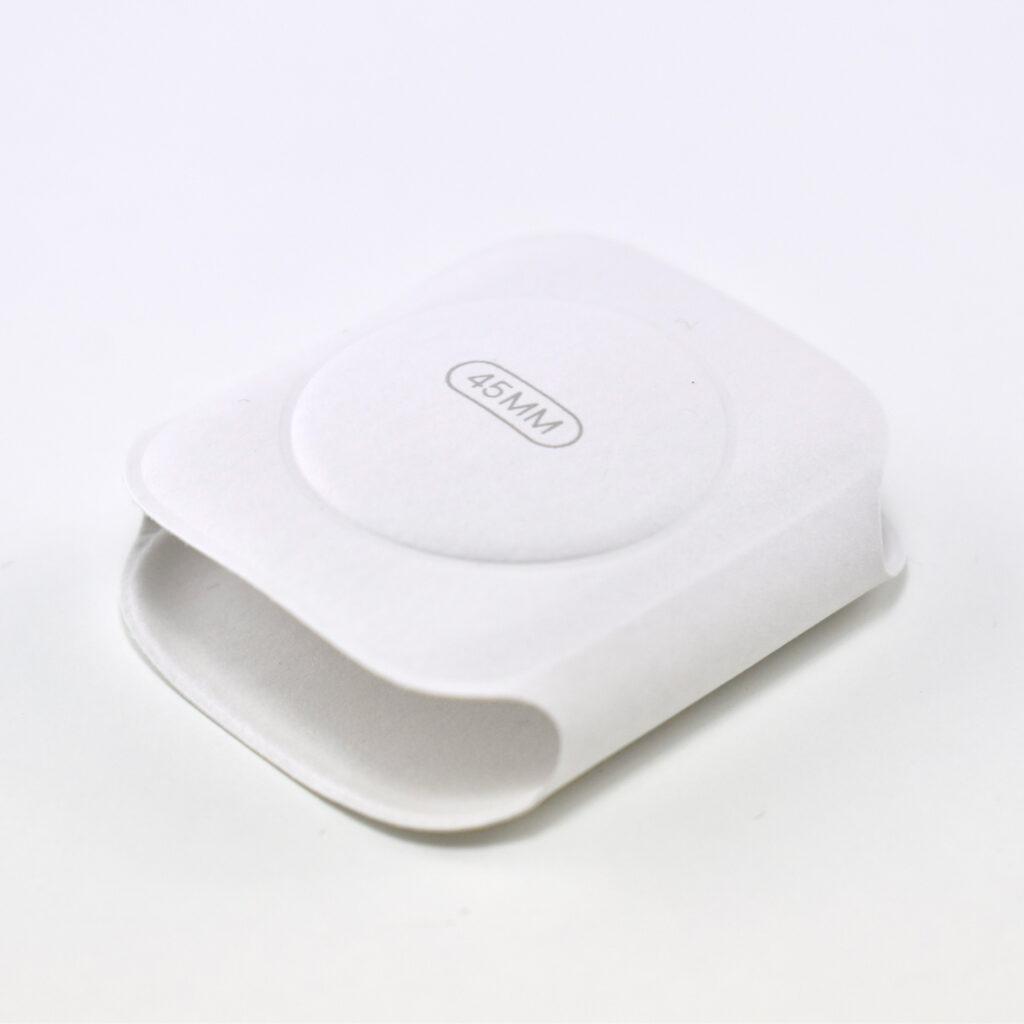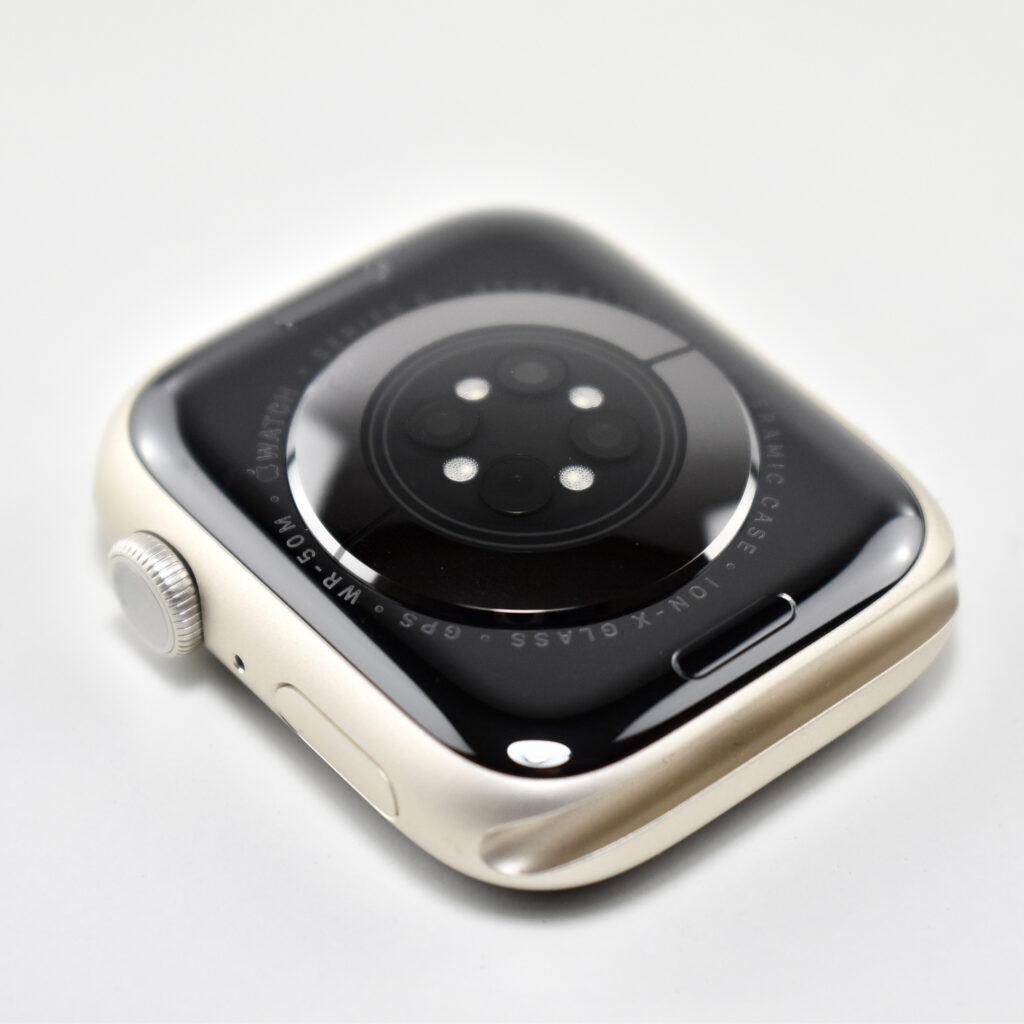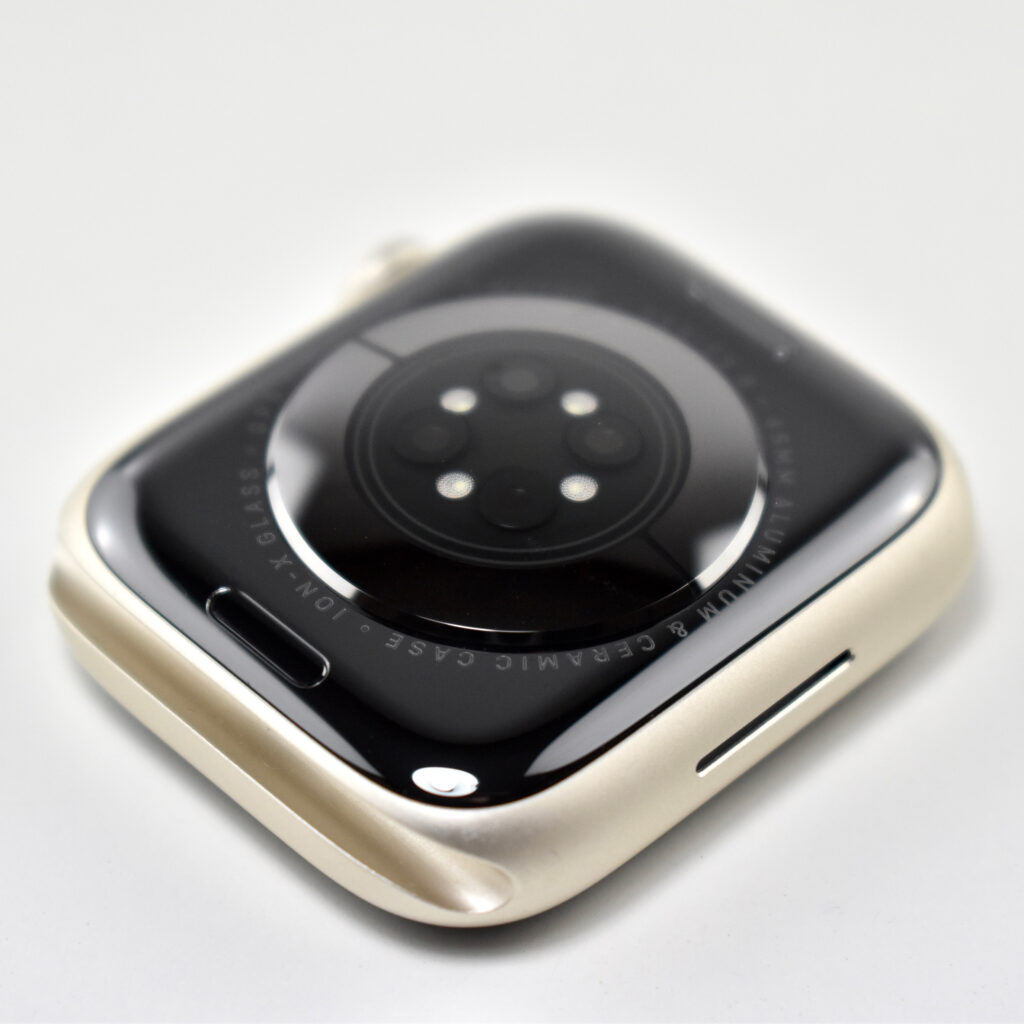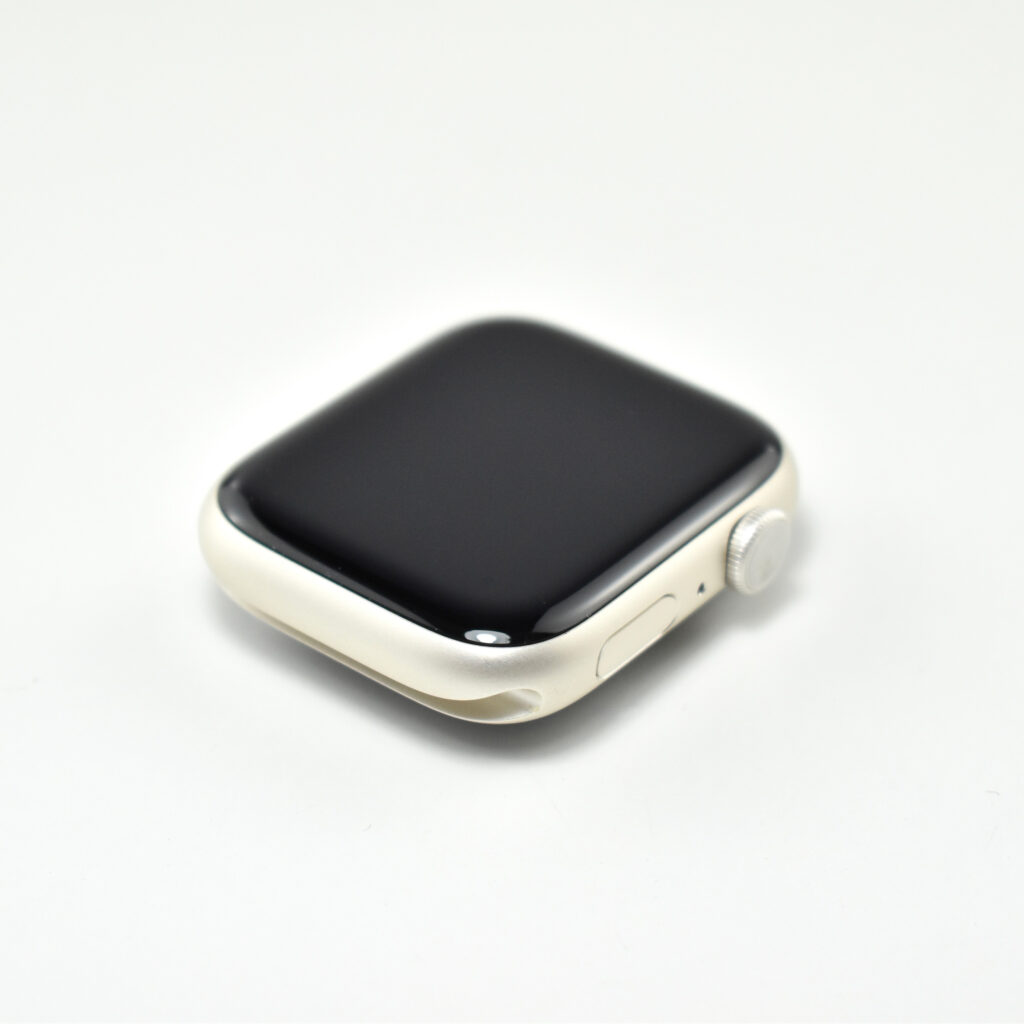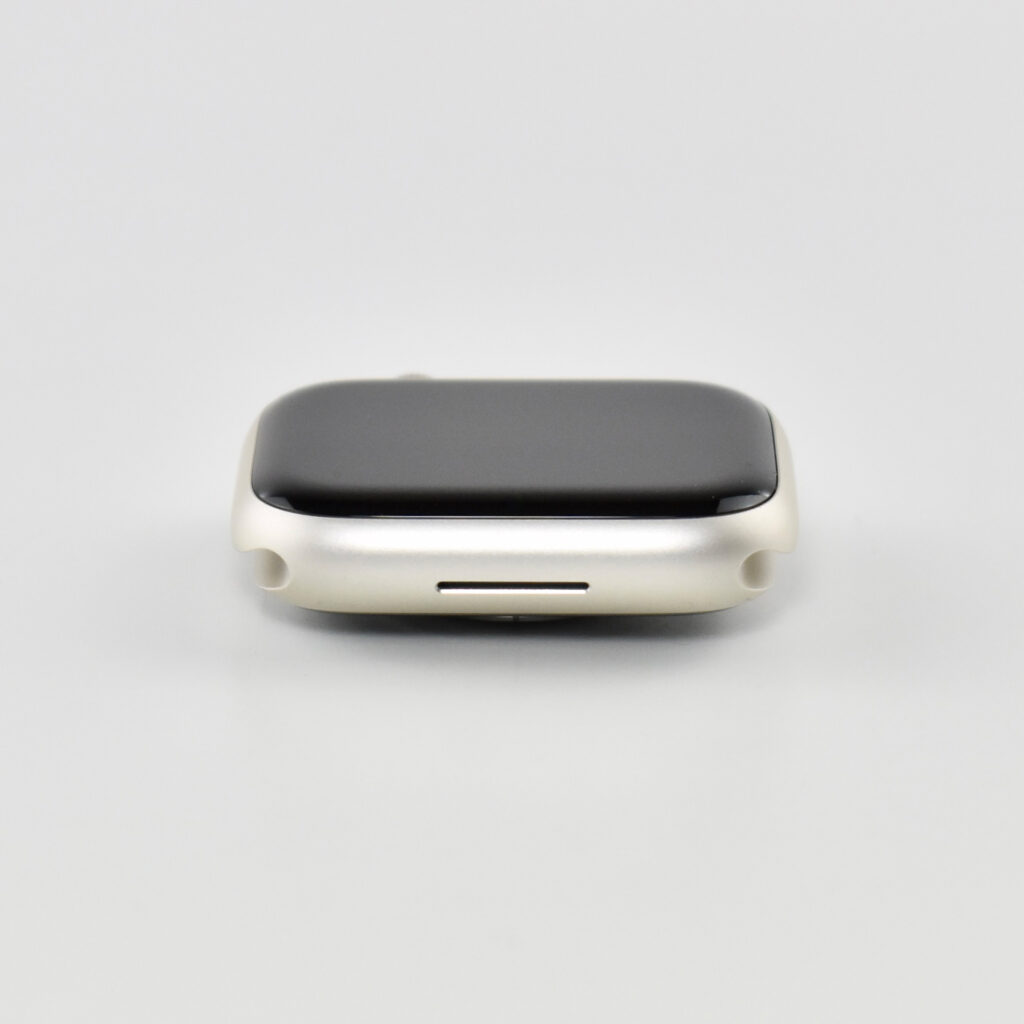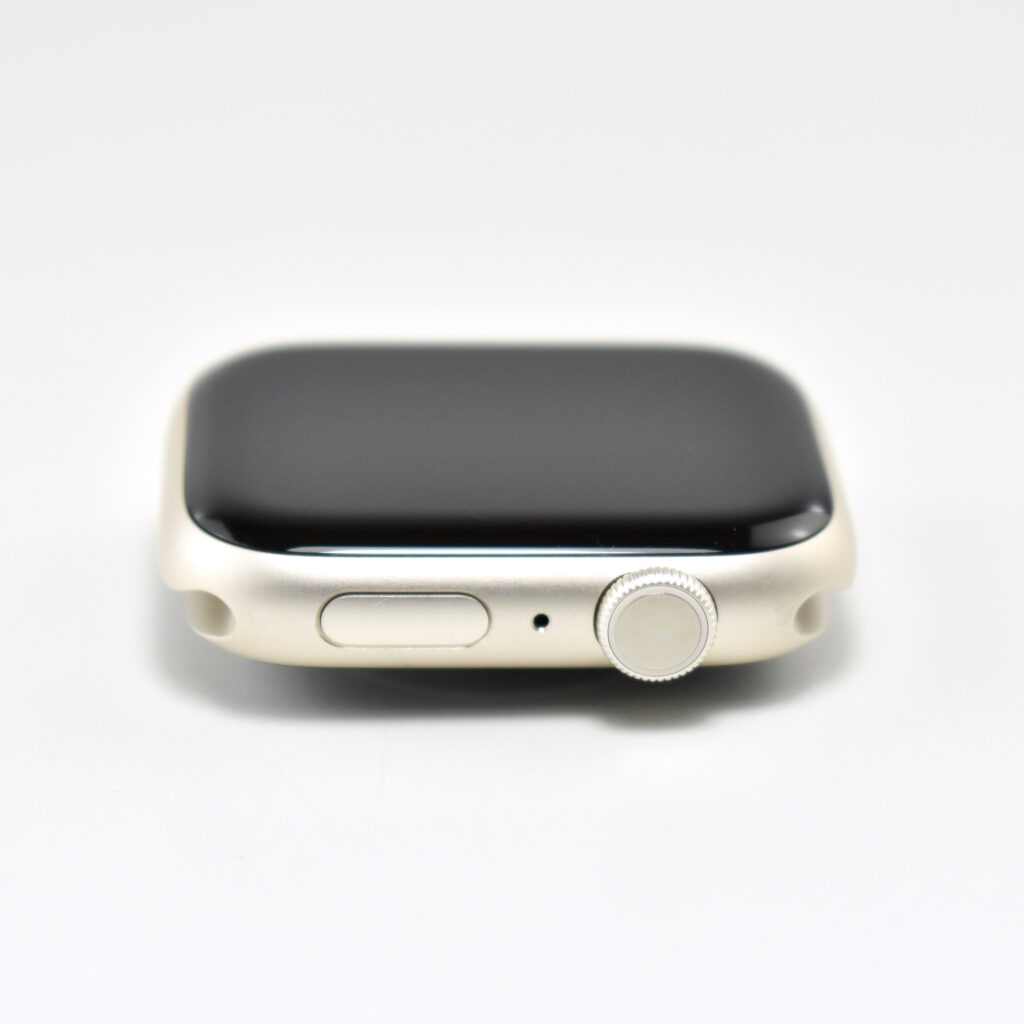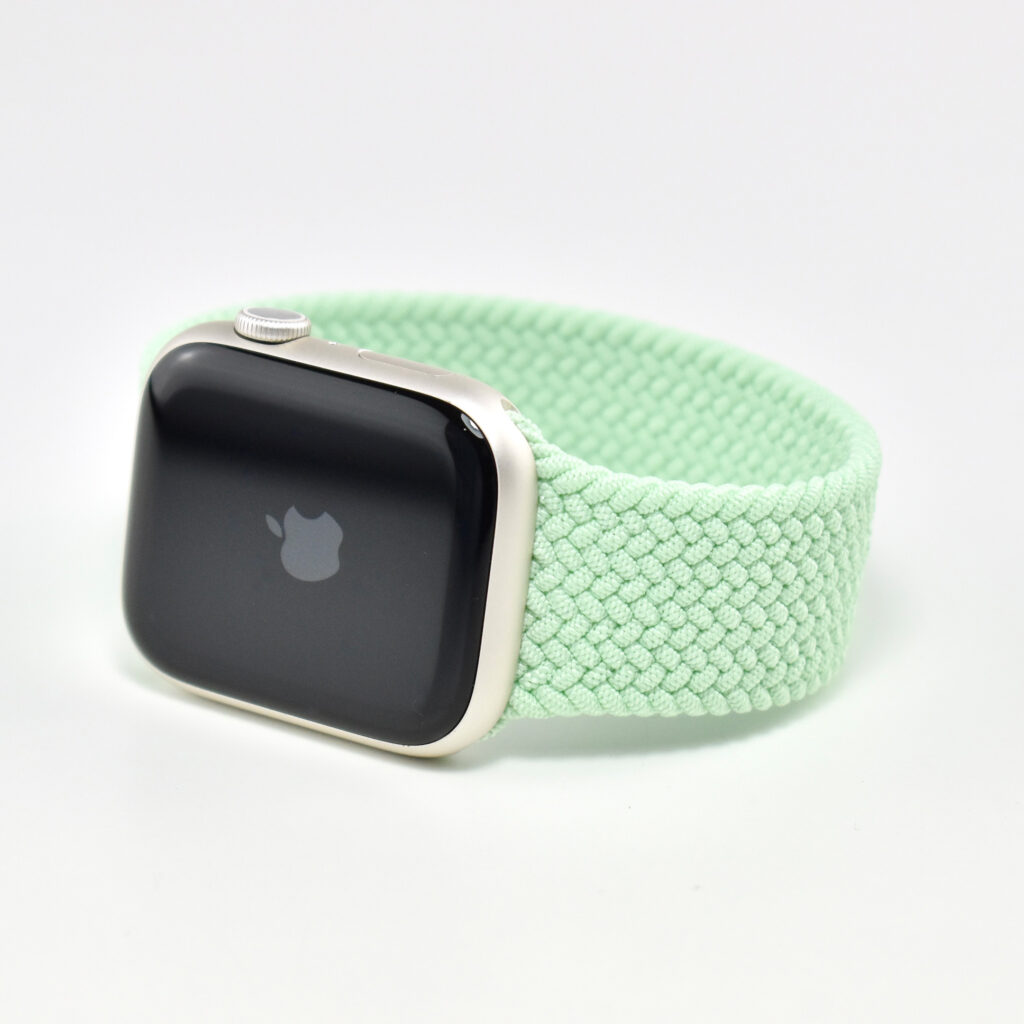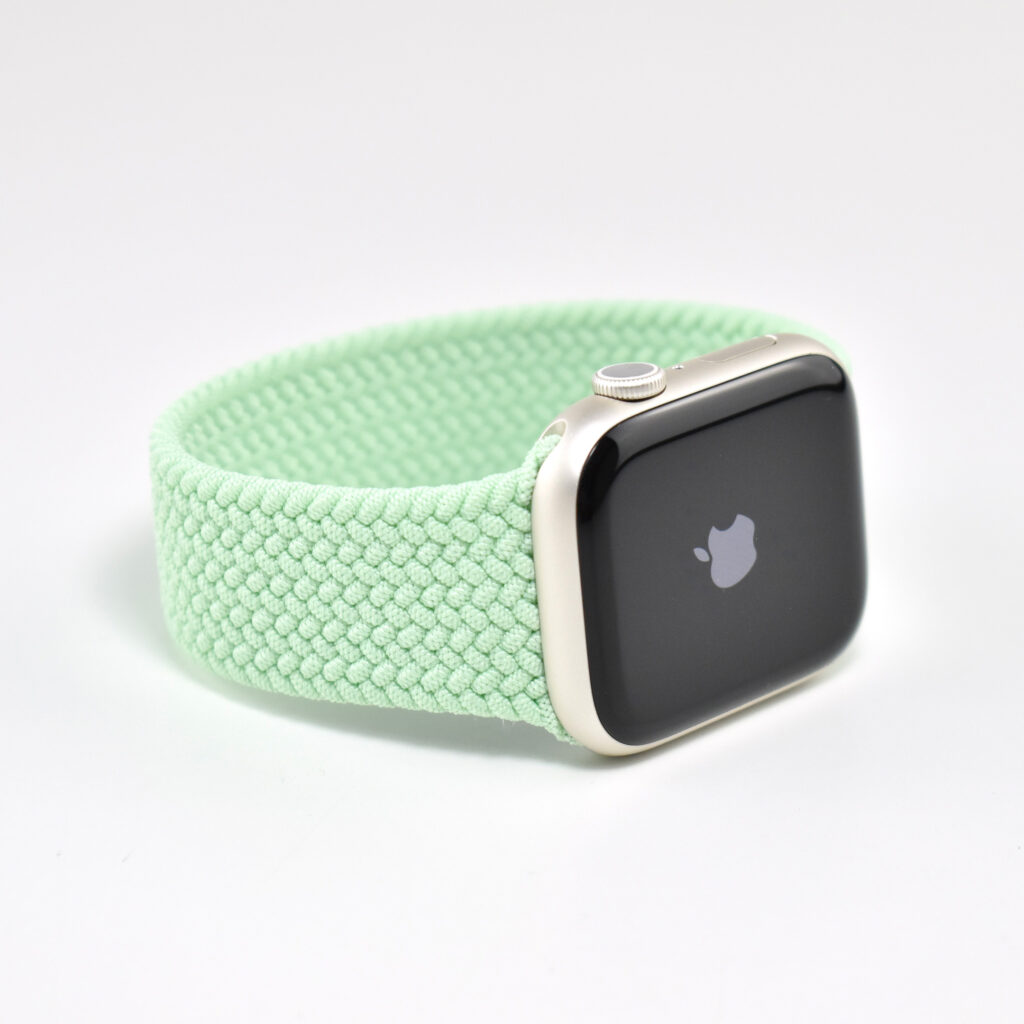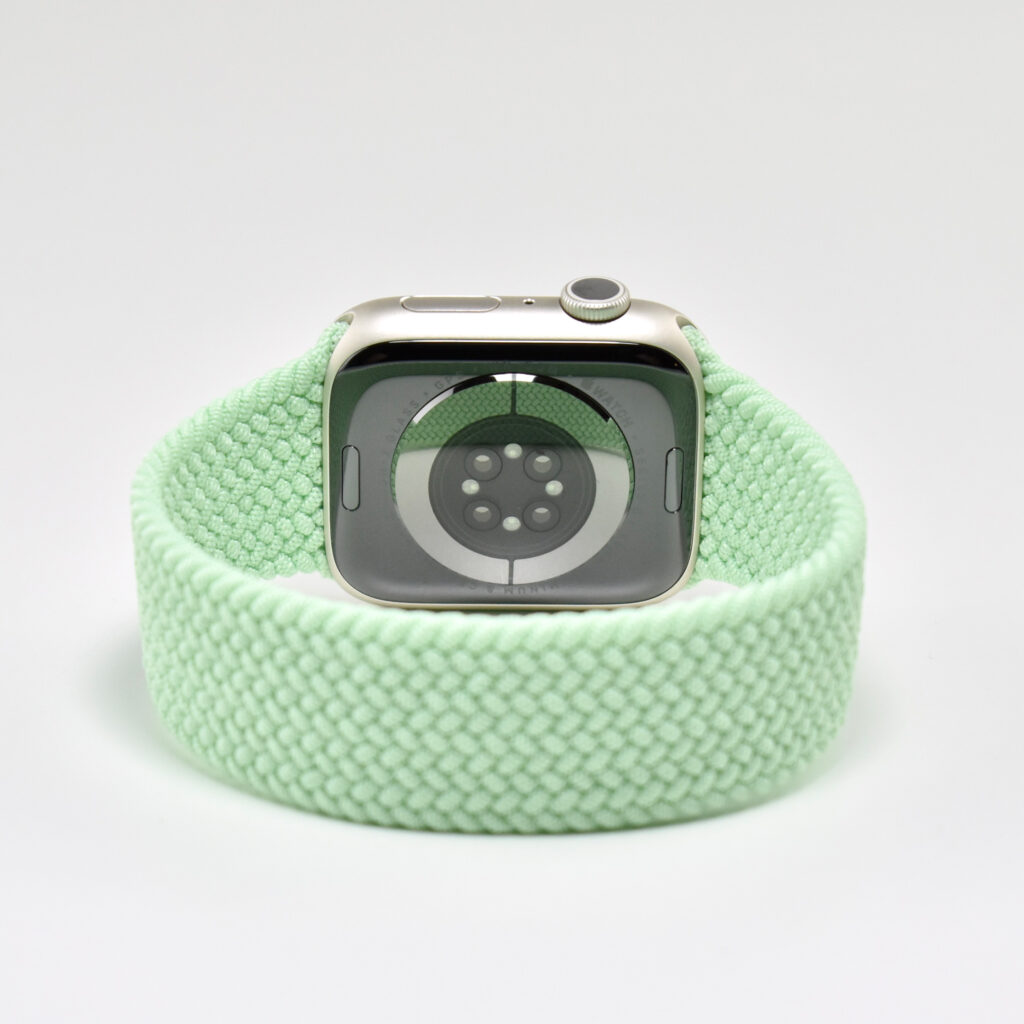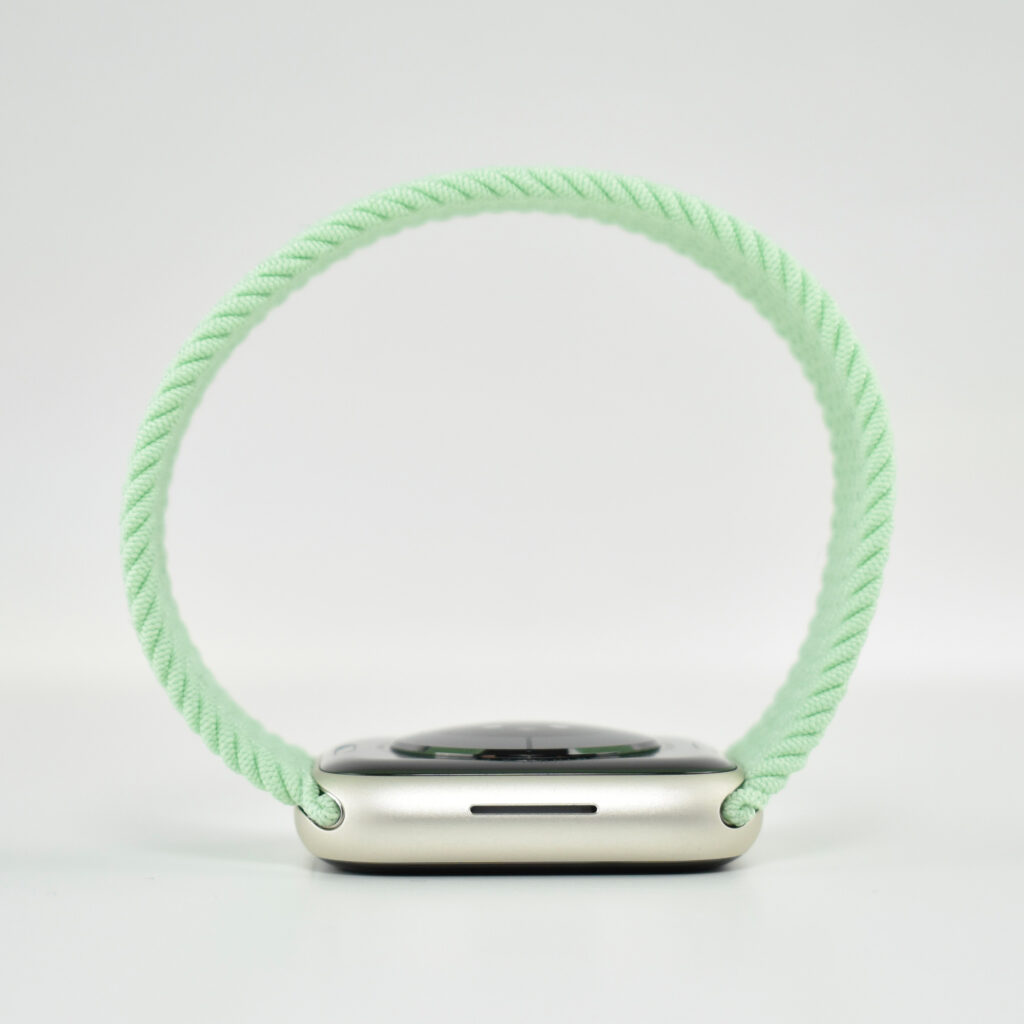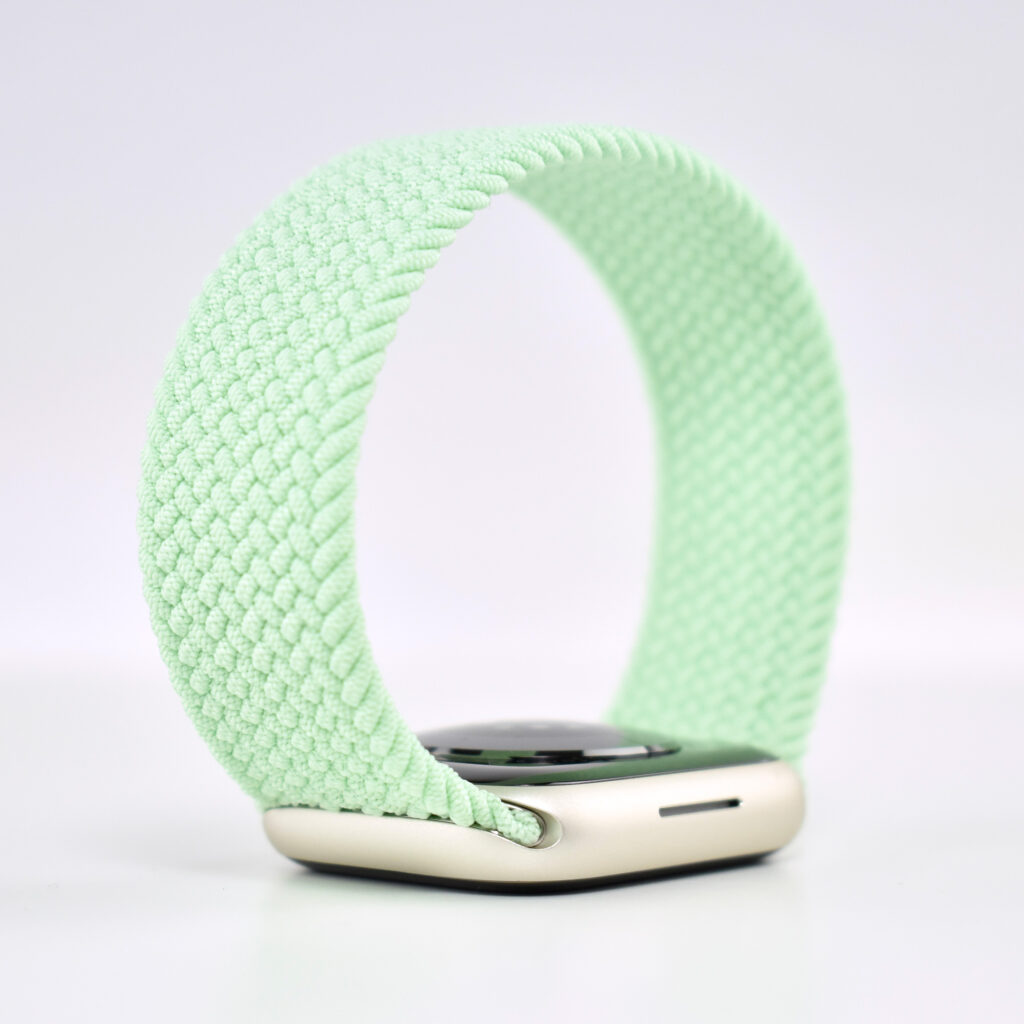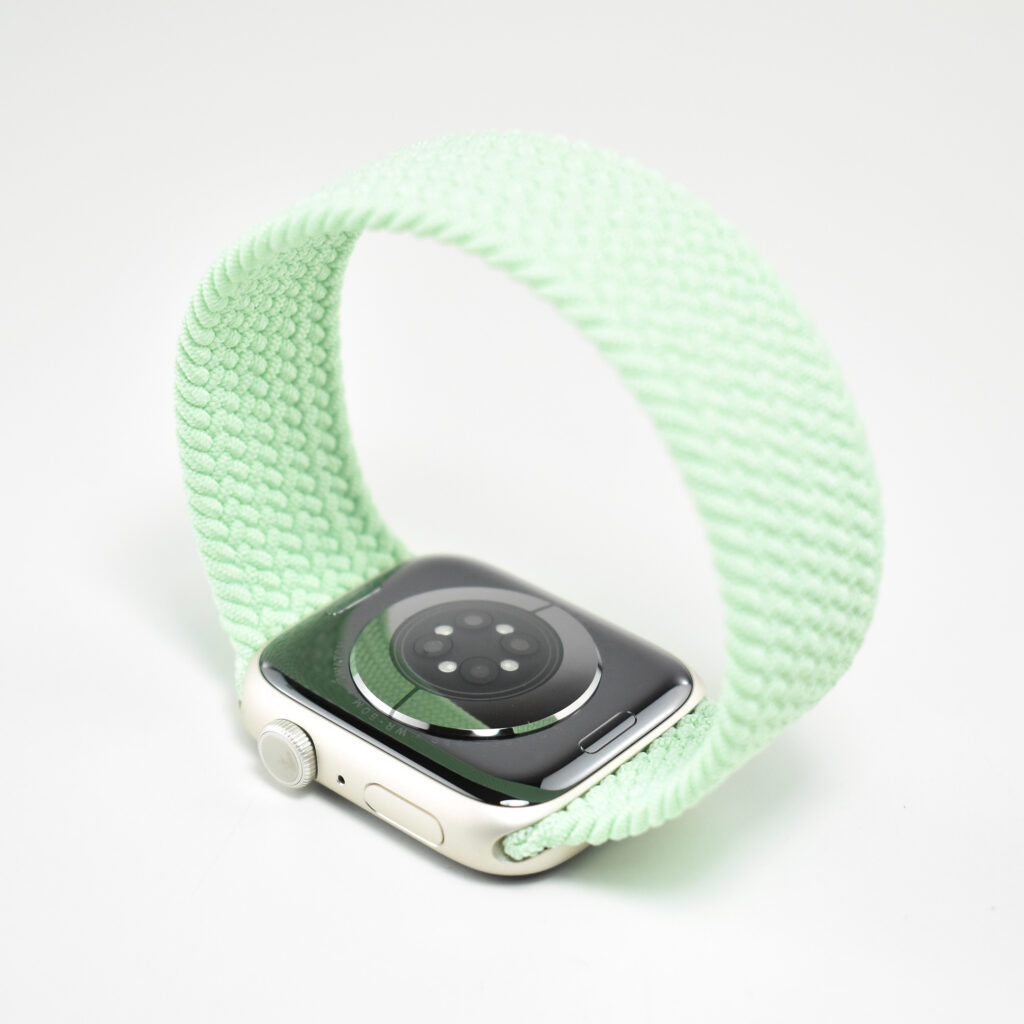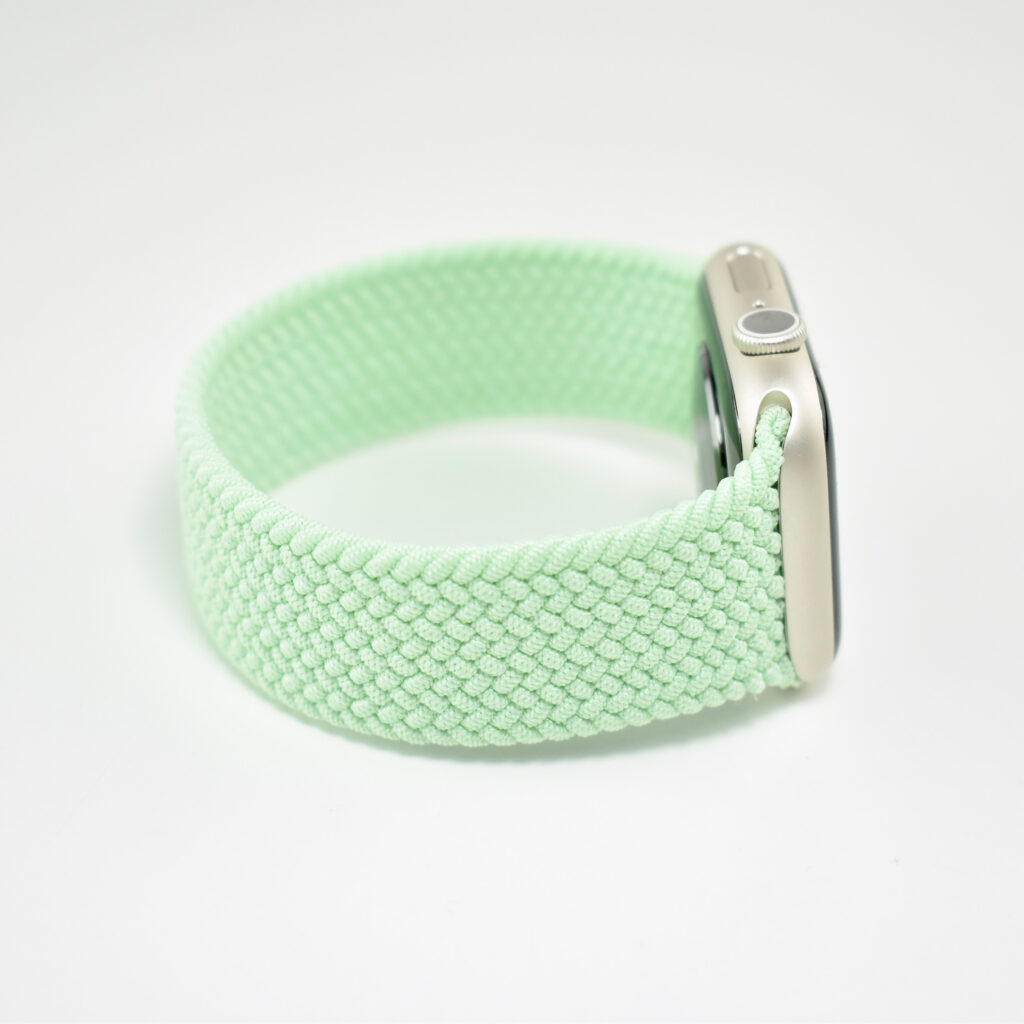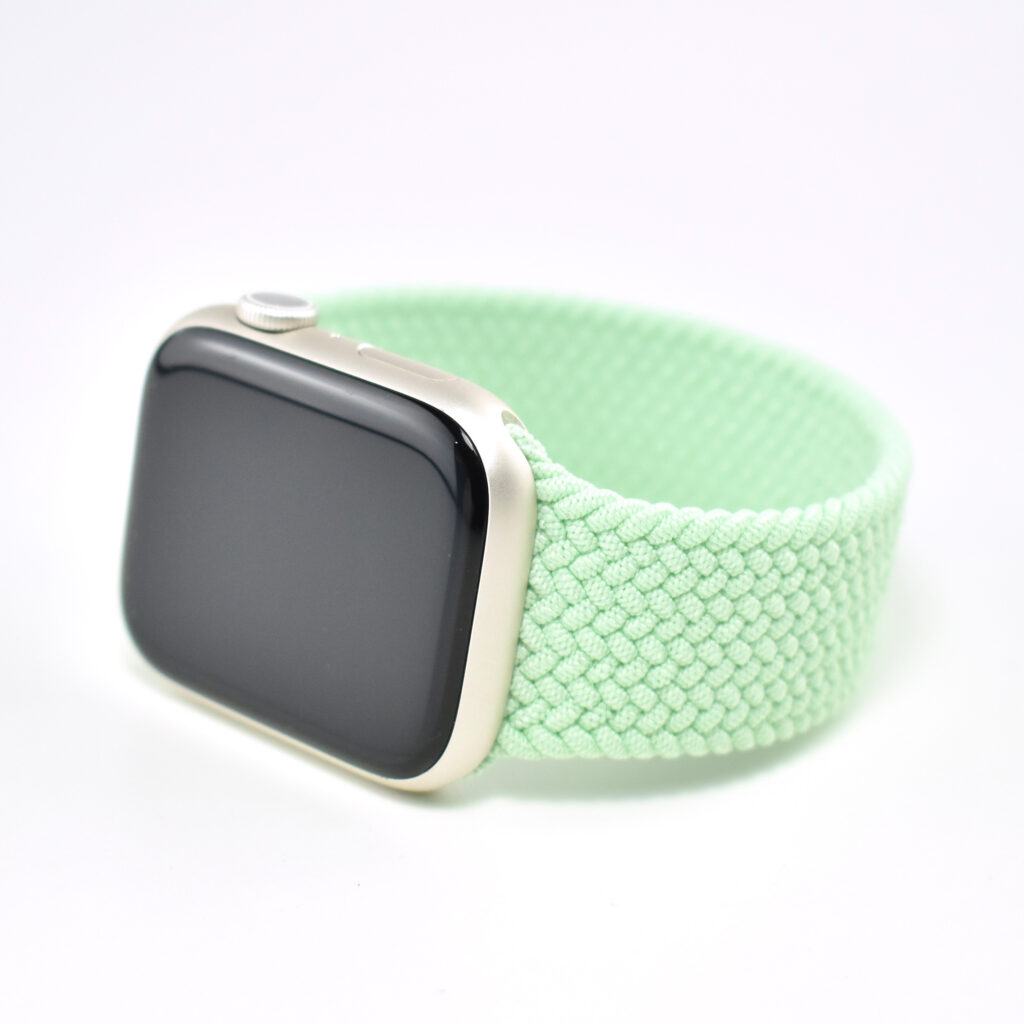The iPhone 17 Pro was introduced on September 9, 2025, during a pre-recorded Apple event titled “Awe Dropping” that featured an animated/interactive Apple logo on a black background. The Apple logo resembled a thermal image, perhaps hinting that one of the products introduced might feature a new type of cooling system. That idea became a reality with the iPhone 17 Pro’s new “vapor chamber that is laser-welded into a strong, light, and thermally conductive aluminum unibody” was introduced.
Other iPhone 17 Pro features highlighted in the press release included:
- “Both models feature A19 Pro, the most powerful and efficient chip for iPhone yet, enabling the advanced camera systems, next-level mobile gaming, and Apple Intelligence.”
- “Three 48MP Fusion cameras — Main, Ultra Wide, and an all-new Telephoto — offer the equivalent of eight lenses, including the longest optical-quality zoom ever on iPhone at 8x, and the innovative 18MP Center Stage front camera takes selfies to the next level.”
- “Both models feature the Ceramic Shield 2 front cover with 3x better scratch resistance, and for the first time, Ceramic Shield protects the back of iPhone.”
The iPhone 17 Pro (and Pro Max) featured new colors including a silver that uses two “refined” tones with the camera body and ceramic shield, an “elegant” deep blue, and a “bold” cosmic orange.
I found the cosmic orange option difficult to resist because previous Pro-model iPhone devices have not been available in colors that were not dark, desaturated, or otherwise dull.
This event included Apple’s first mention of the “plateau” that houses the camera on the back of the phone—previously informally referred to as the “camera bump.” (The plateau was also mentioned in the introduction of the iPhone Air in this Apple event.) Apple explained the protruding feature on the iPhone 17 Pro: “On the back, the plateau creates additional space for internal components — making room for a larger battery.”
Apple further described the vapor chamber cooling system:
“Deionized water is sealed inside the vapor chamber, which is laser-welded into the aluminum chassis to move heat away from the powerful A19 Pro, allowing it to operate at even higher performance levels. The heat is carried into the forged aluminum unibody, where it is distributed evenly through the system, managing power and surface temperatures to deliver incredible performance while remaining comfortable to hold.”
The display of the iPhone 17 Pro is described as a Super Retina XDR display in 6.3-inch and 6.9-inch sizes. It includes a new protective layer called Ceramic Shield 2 that Apple describes as “tougher than any smartphone glass or glass-ceramic, with…3x better scratch resistance and improved anti-reflection to reduce glare.” The display is an Always-On ProMotion (up to 120Hz) delivering up to 3000 nits of brightness. The same Ceramic Shield technology on the display is also on the back of the device, delivering a stronger finish that allows better conductivity for the MagSafe connector.
In addition to the new A19 Pro chip that is up to 40% more powerful than the previous generation Pro chips, the device contains the N1, “a new Apple-designed wireless networking chip that enables Wi-Fi 7, Bluetooth 6, and Thread.”
Like many previous iPhone releases, the camera system was touted significantly throughout the release. Apple noted that the iPhone 17 Pro delivers “eight pro lenses in a user’s pocket.”
Back cameras:
- 3 48MP Fusion cameras for sharper, more detailed images
- 1 48MP Telephoto camera with a sensor 56% percent larger than the previous generation for brighter/more detailed photos
- 1 4x 100mm optical zoom lens
- 1 8x 200mm optical zoom lens
Front camera:
1 Center Stage front camera with “the first square front camera sensor on iPhone, offering a wider field of view and higher resolution — up to 18MP for photos — to capture more detail.”
Apple’s product website for the iPhone 17 Pro featured an impressive set of photos illustrating the various native zoom levels and equating them with their “8 pro lenses” claim:
- 8x = 200mm
- 4x = 100mm
- 2x = 48mm
- 1.5x = 35mm
- 1.2x = 28mm
- 1x = 24mm
- 0.5x = 13mm
- Macro
The iPhone 17 Pro video capabilities were also discussed with features such as Dolby Vision HDR, 4K 120 fps, ProRes, and support for ACES. In addition, the iPhone 17 Pro now adds ProRes RAW, Log 2, and genlock—a technique to precisely synchronize video across multiple cameras by industry leader Blackmagic.
The iPhone 17 Pro measures 5.91 x 2.83 inches, and is 0.34 inch thick. It weighs 7.27 ounces.
Sources: Apple (press release, product page)
